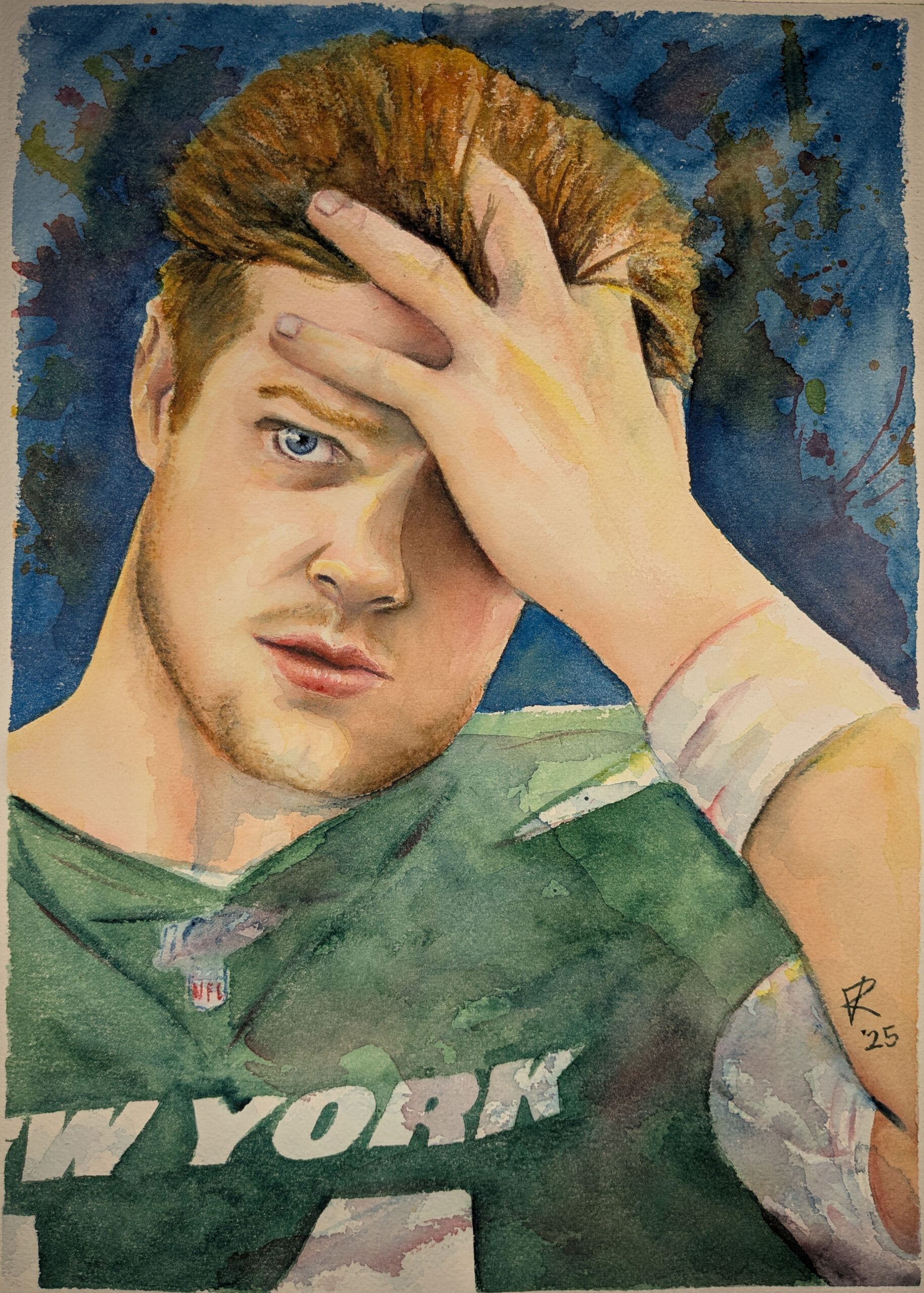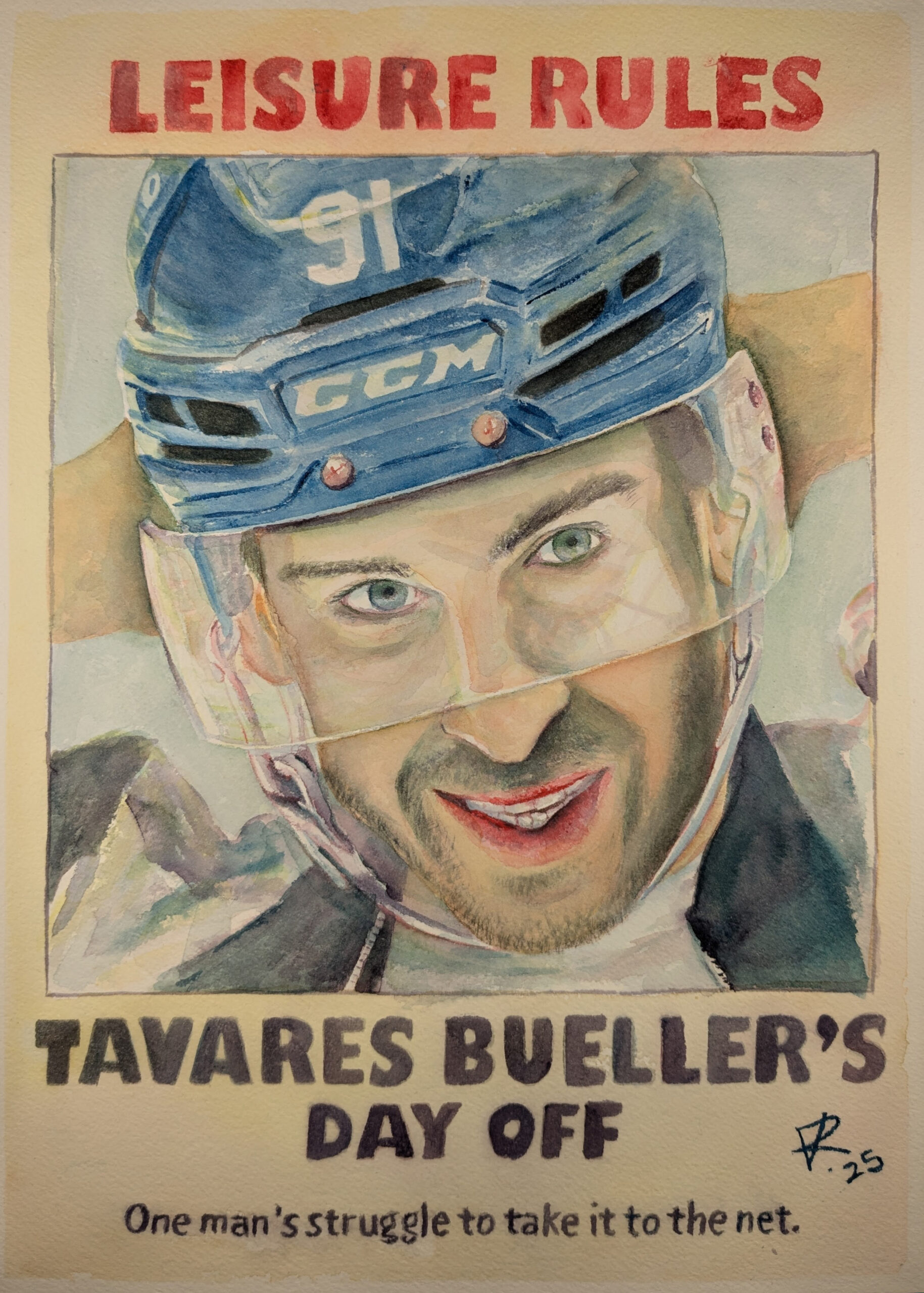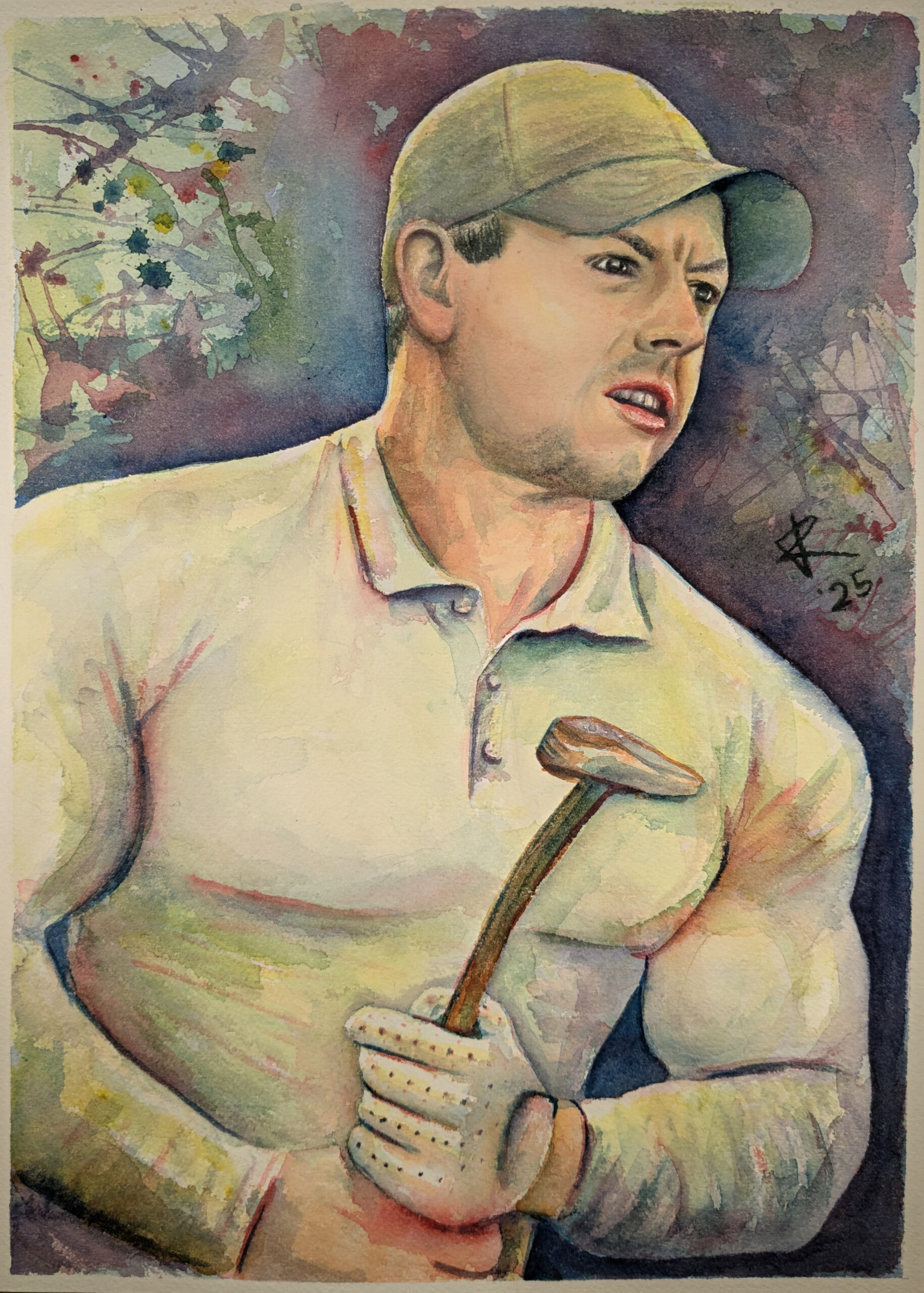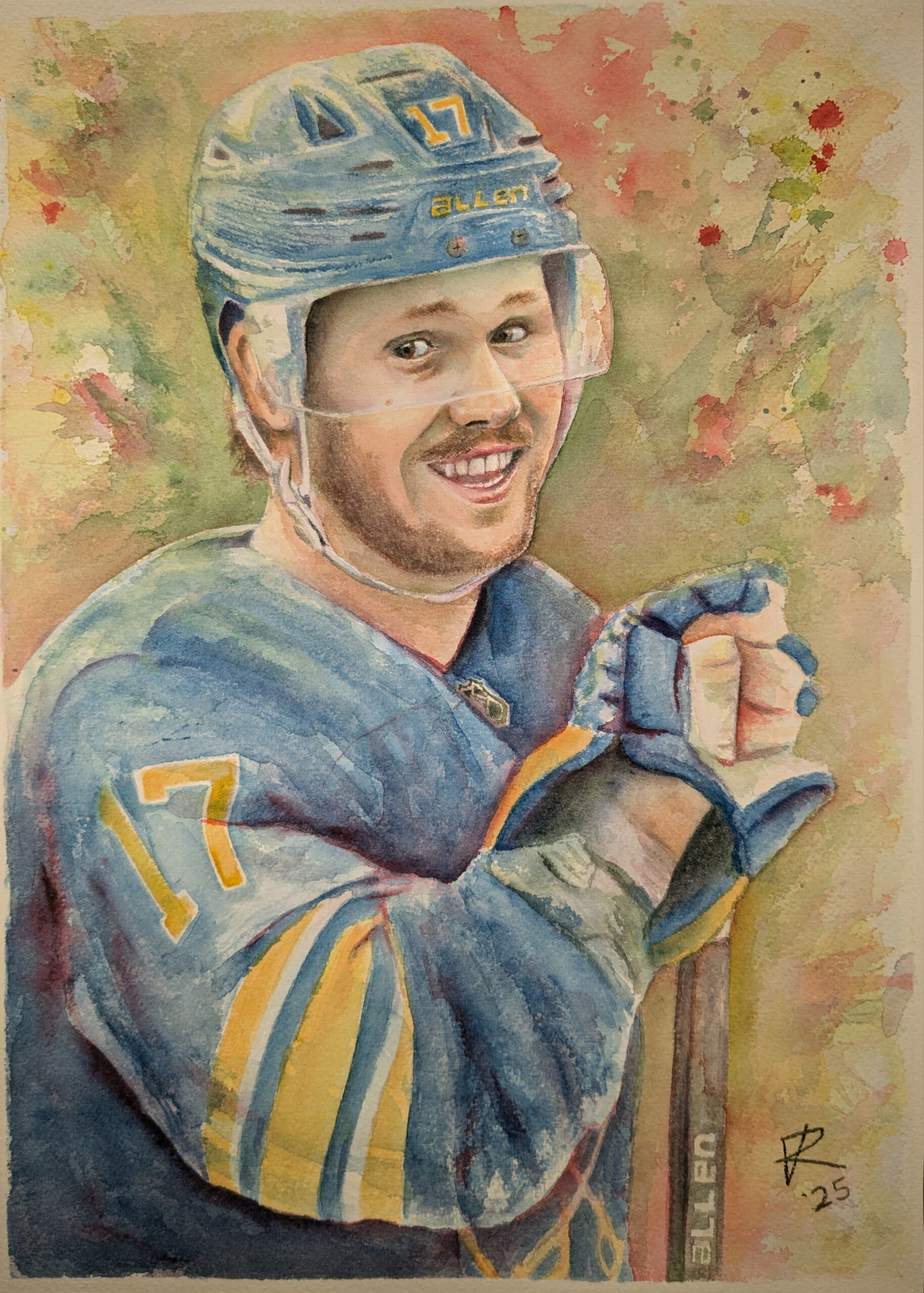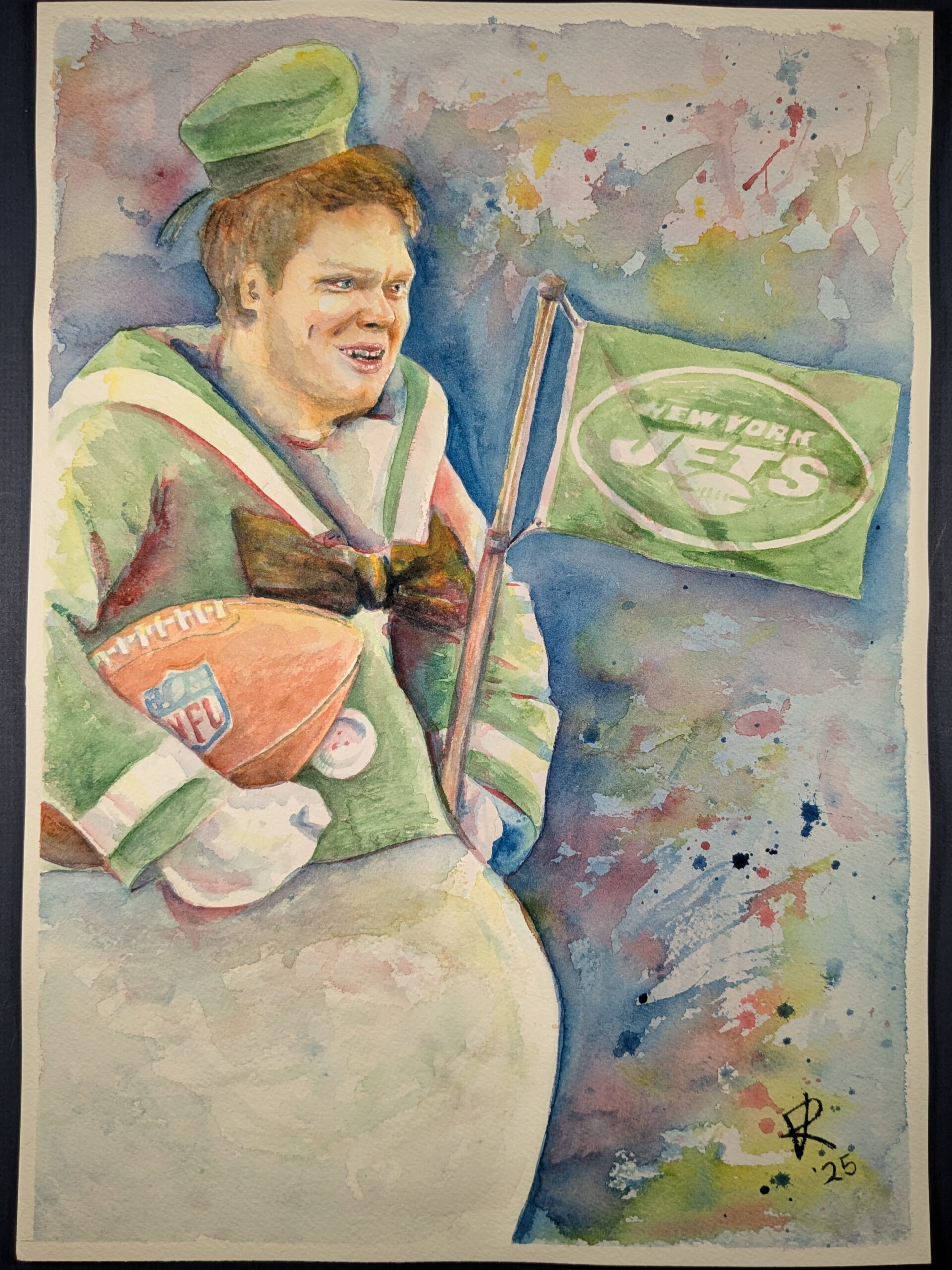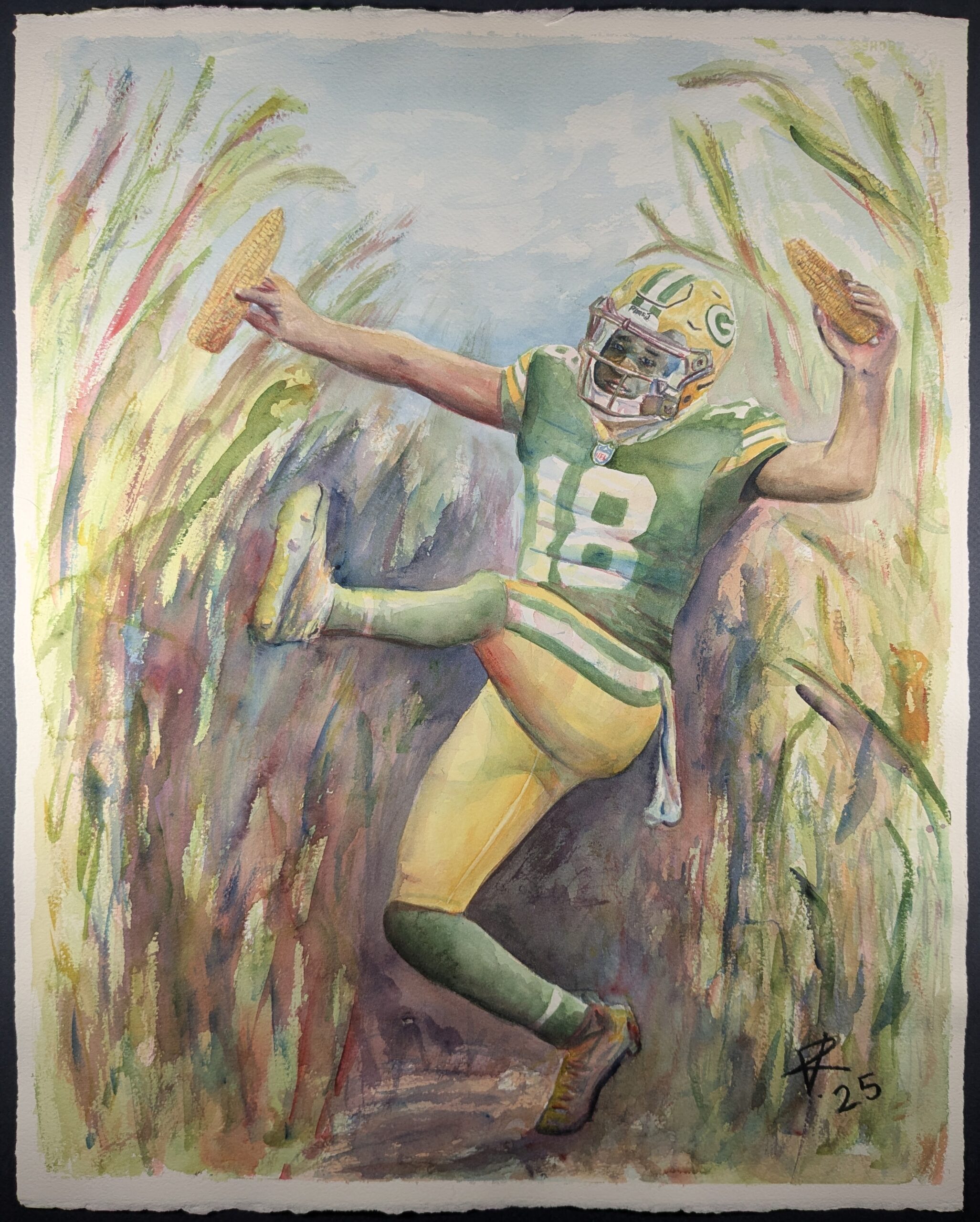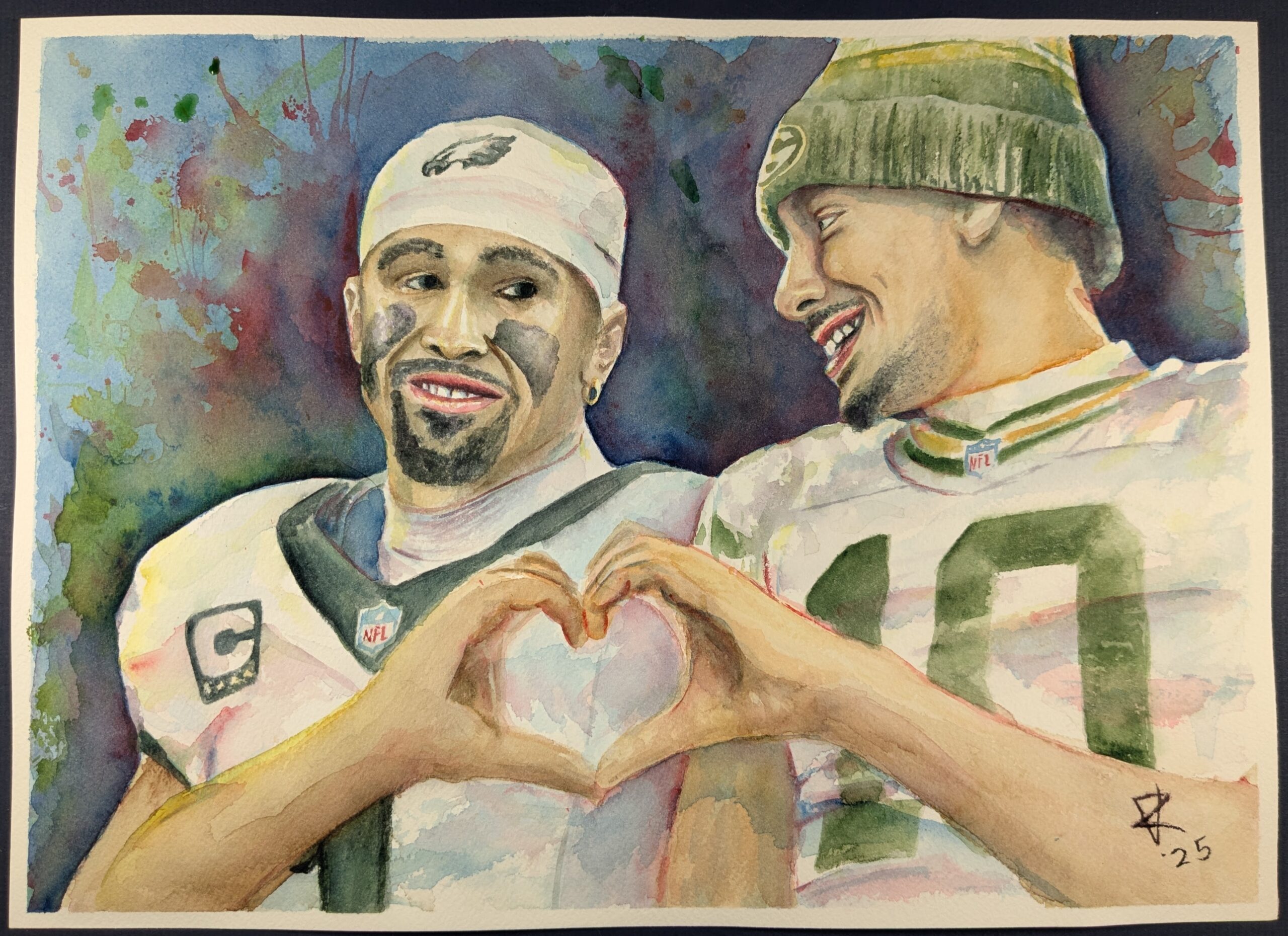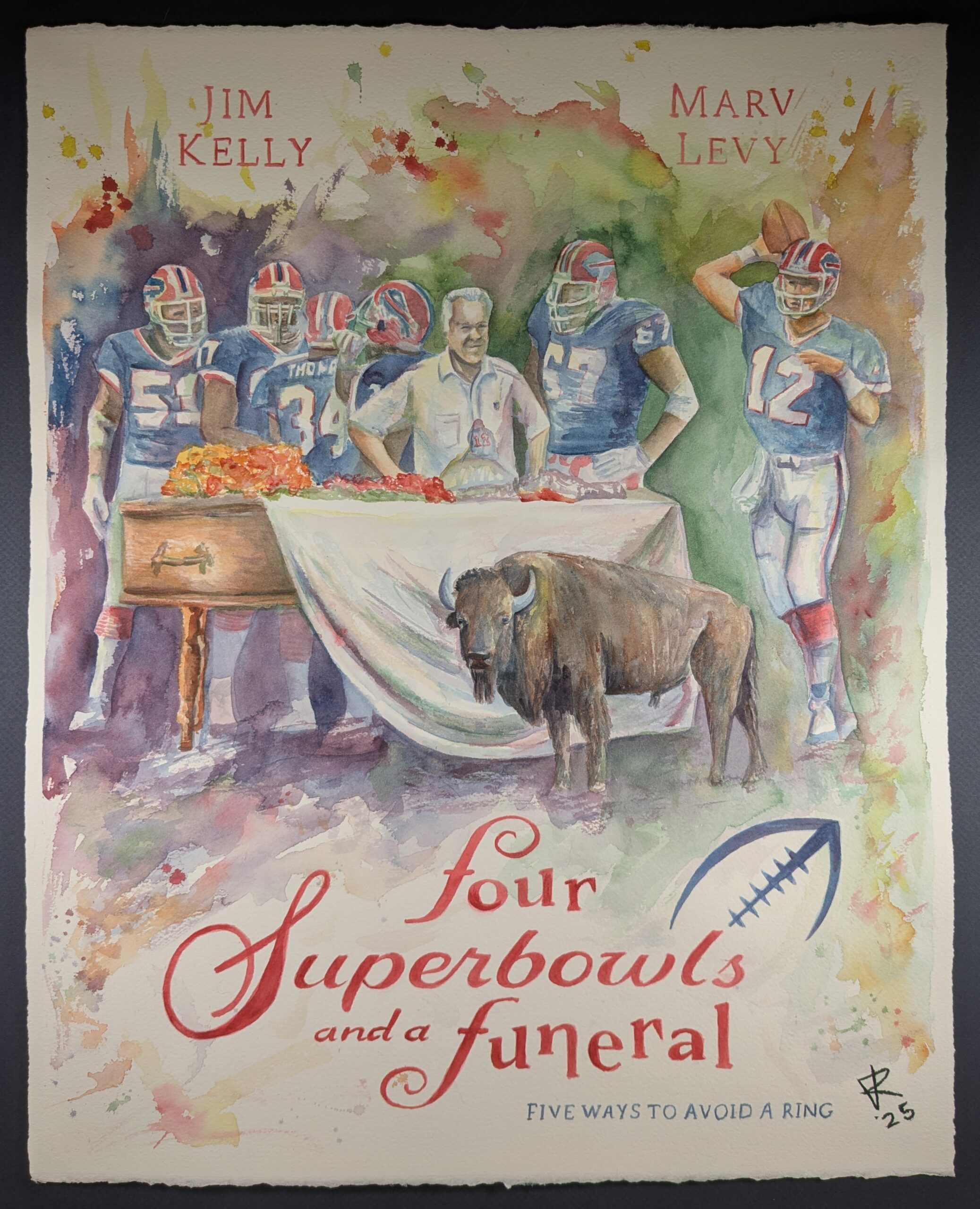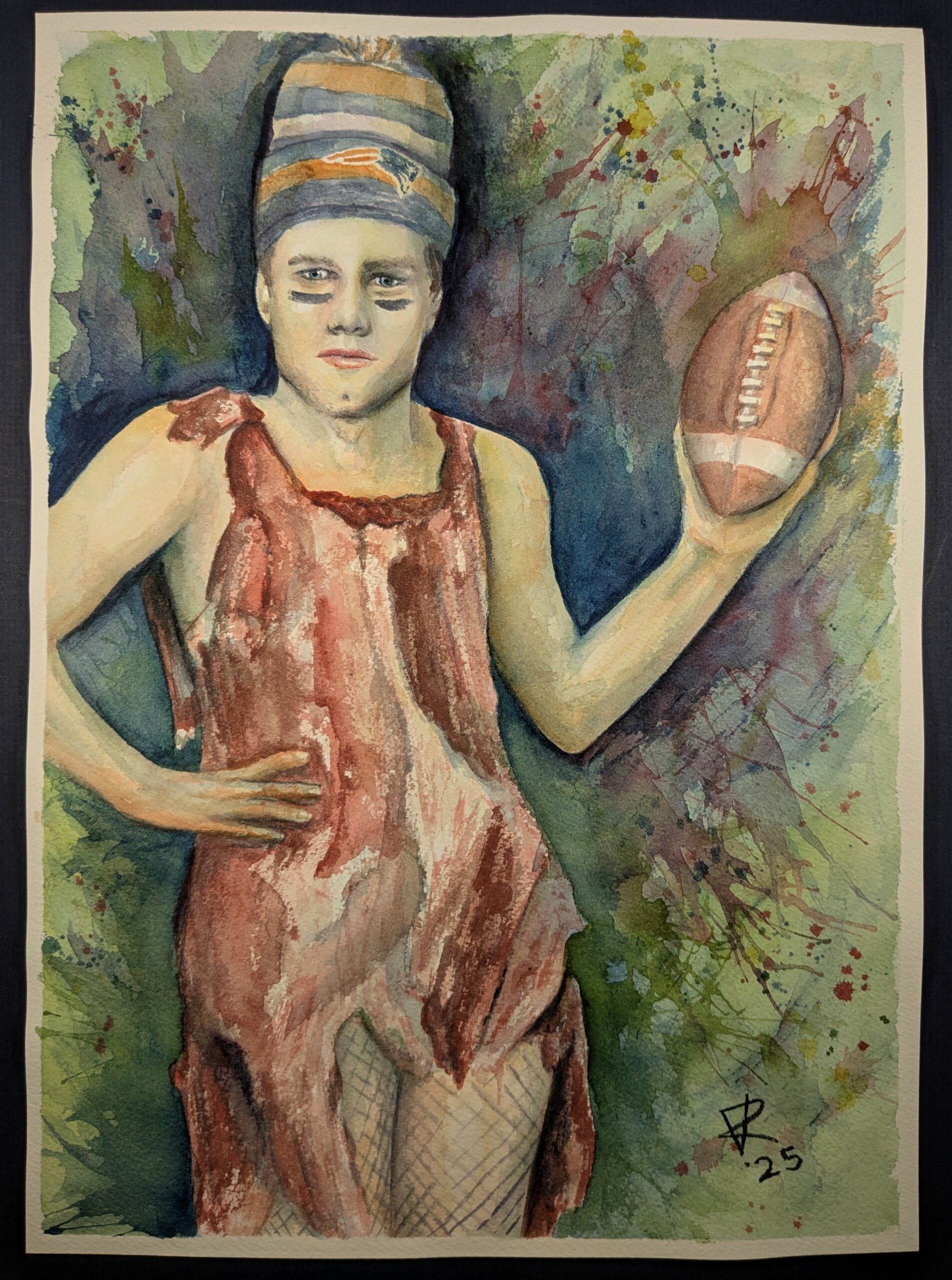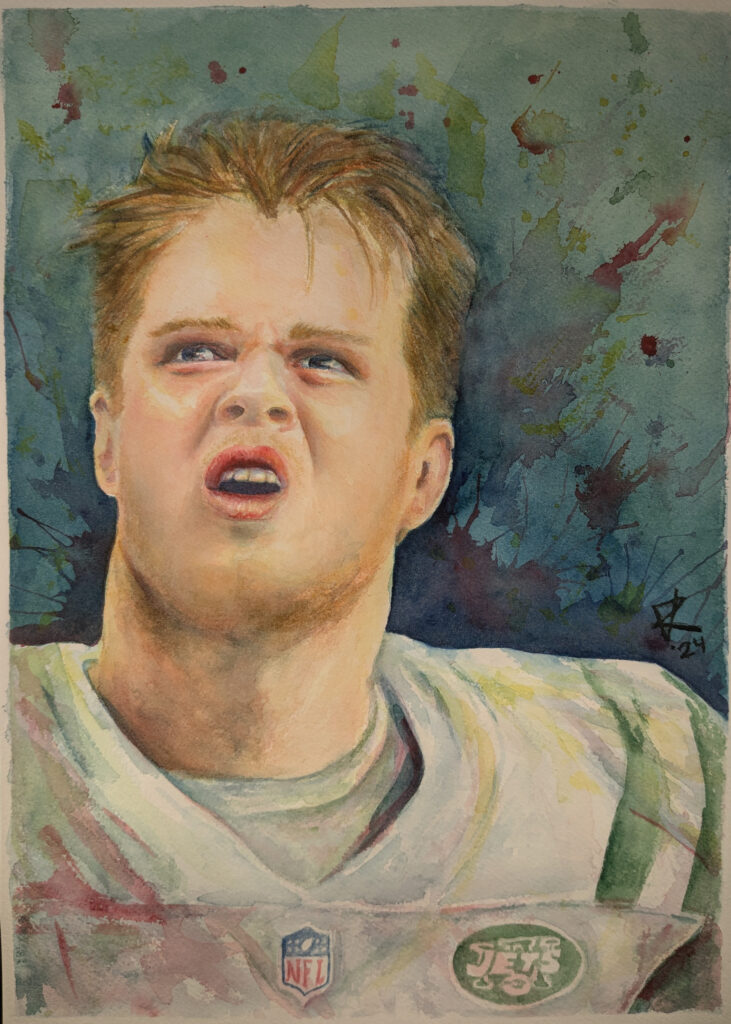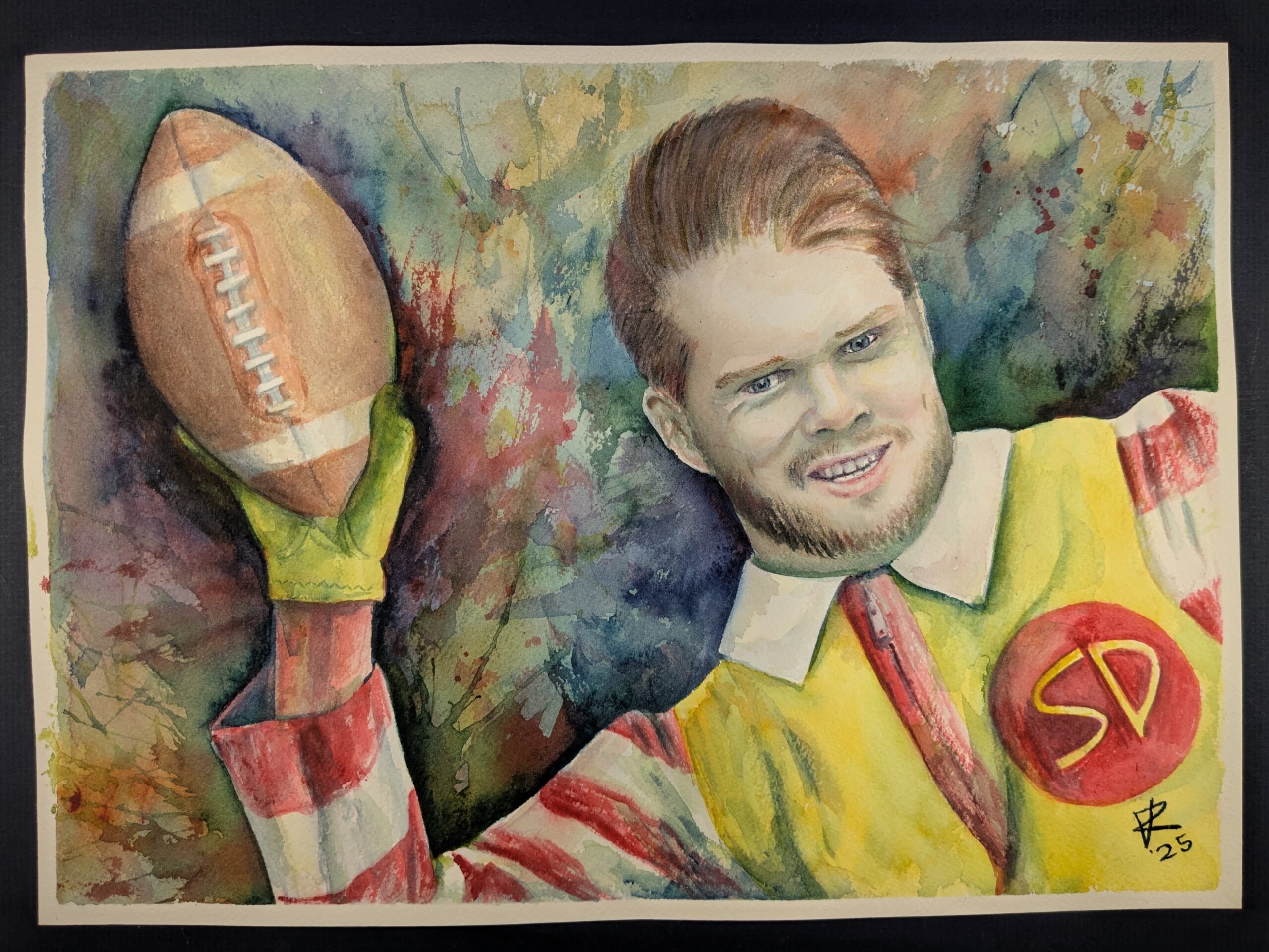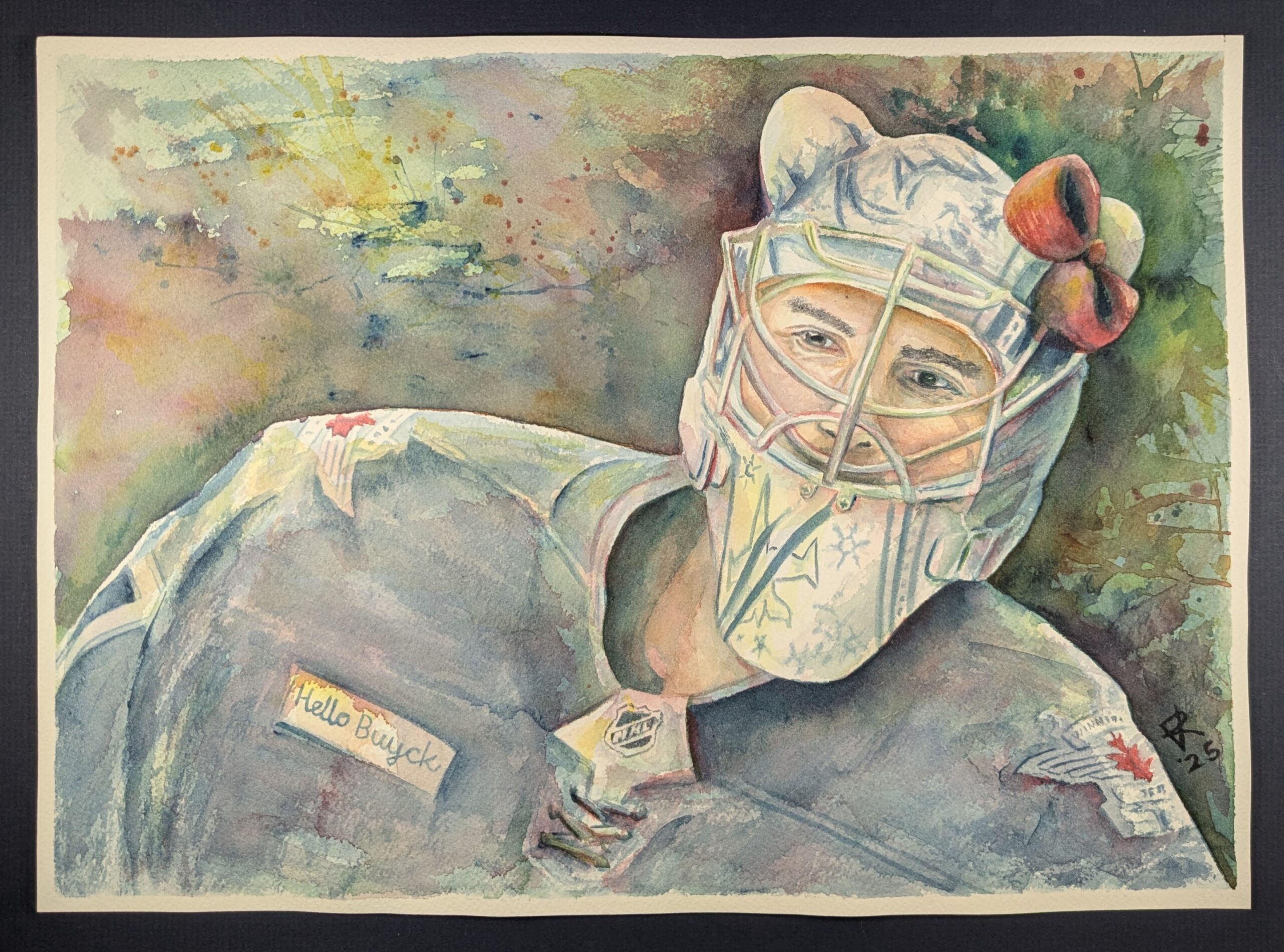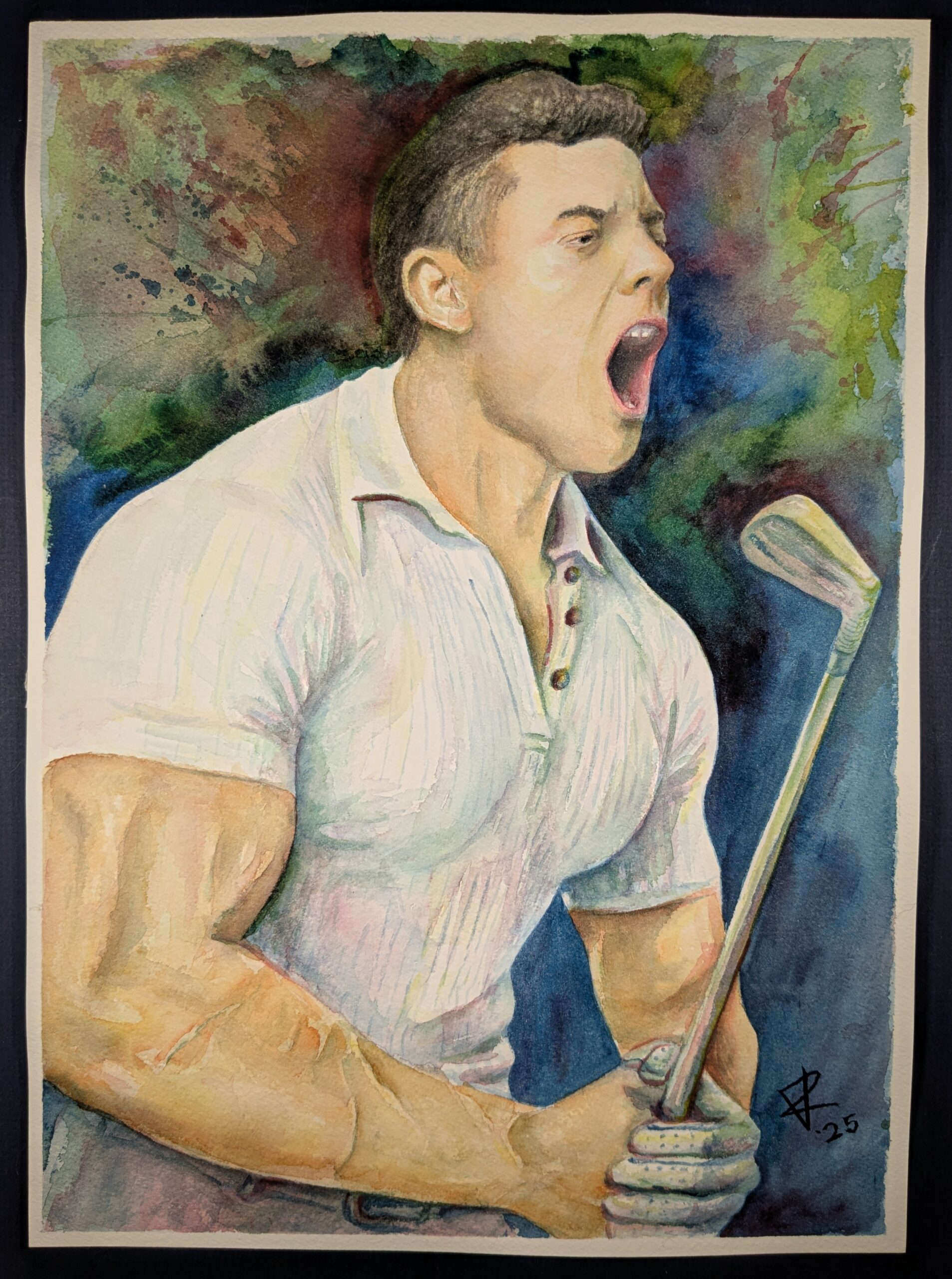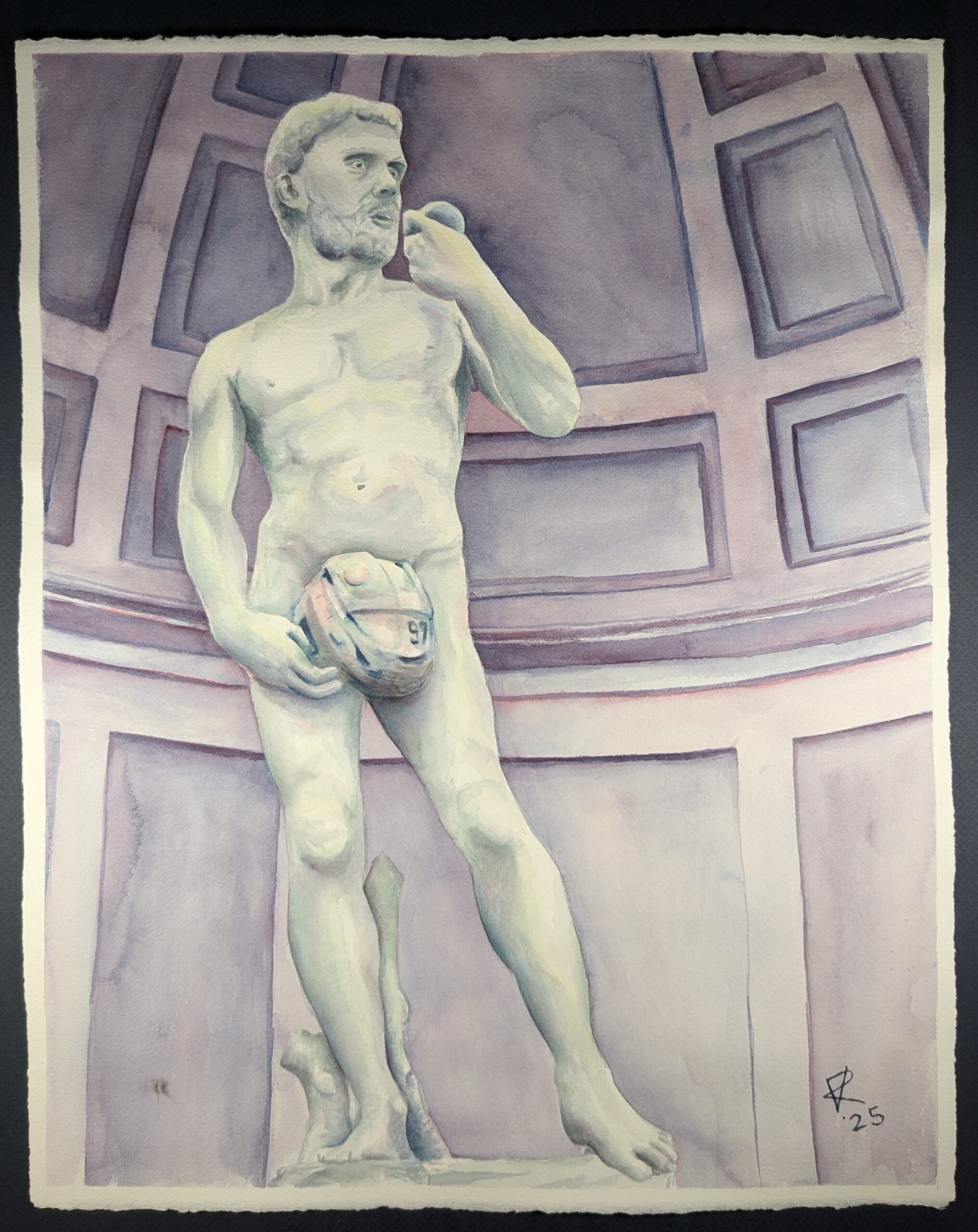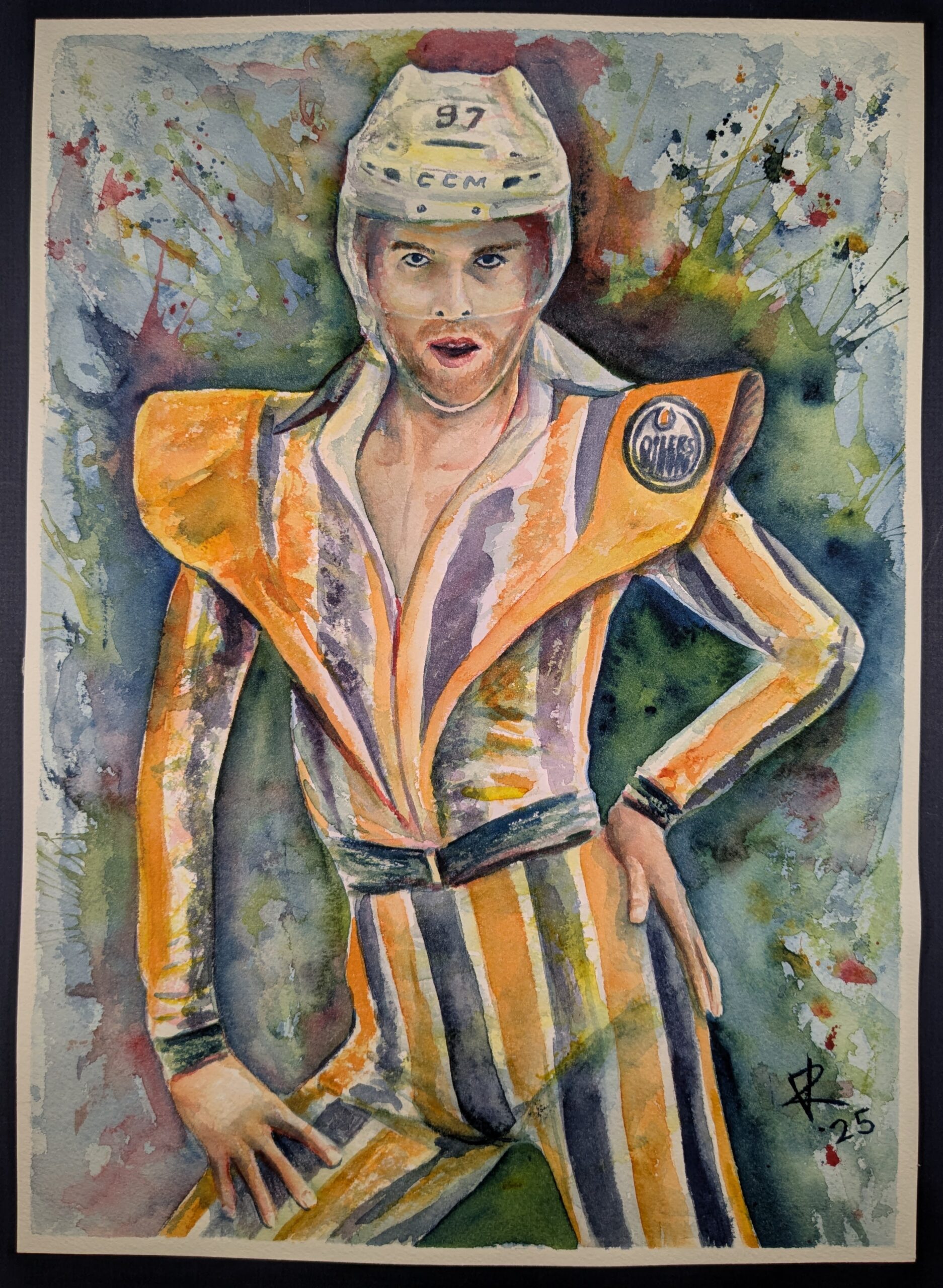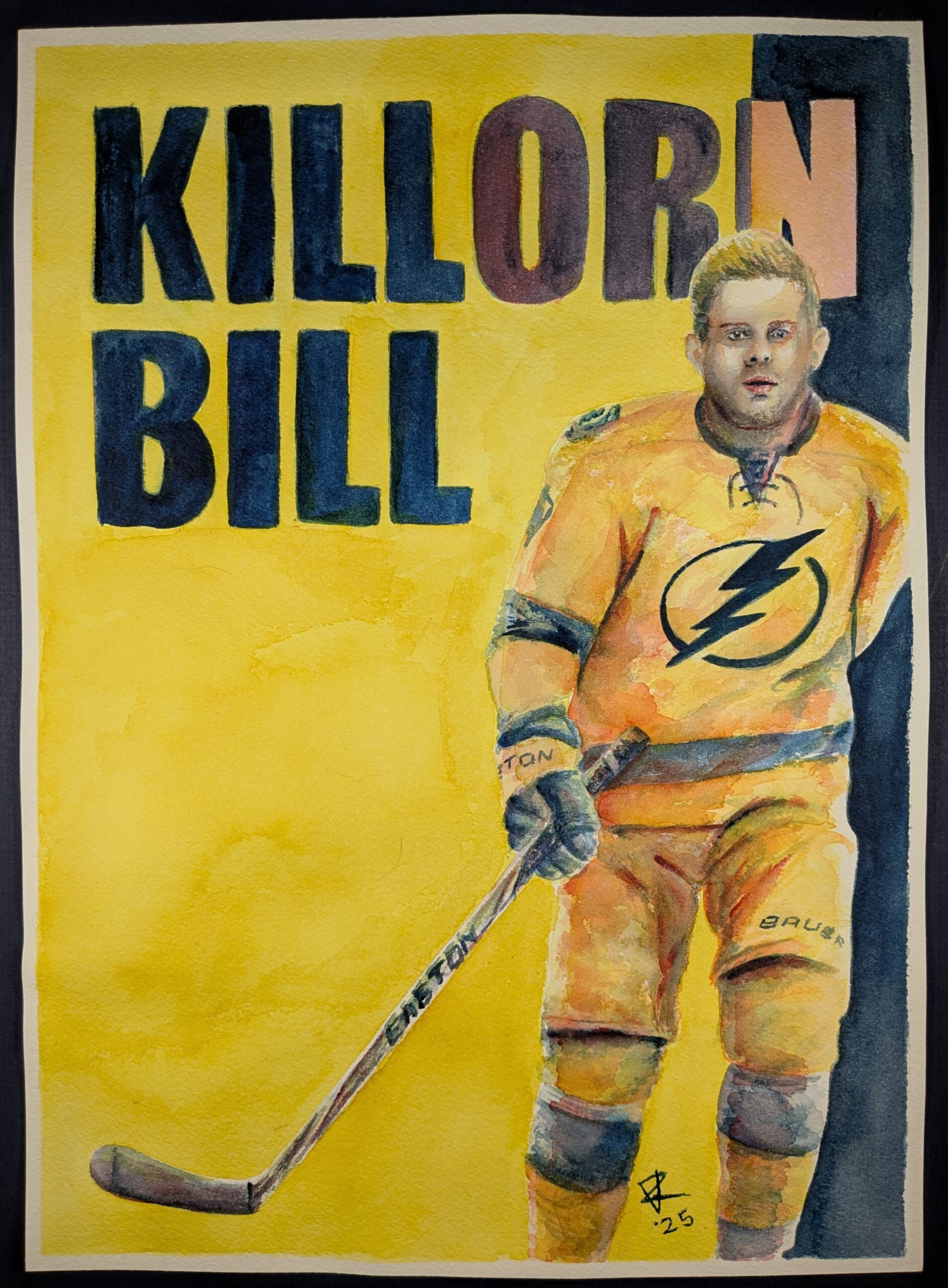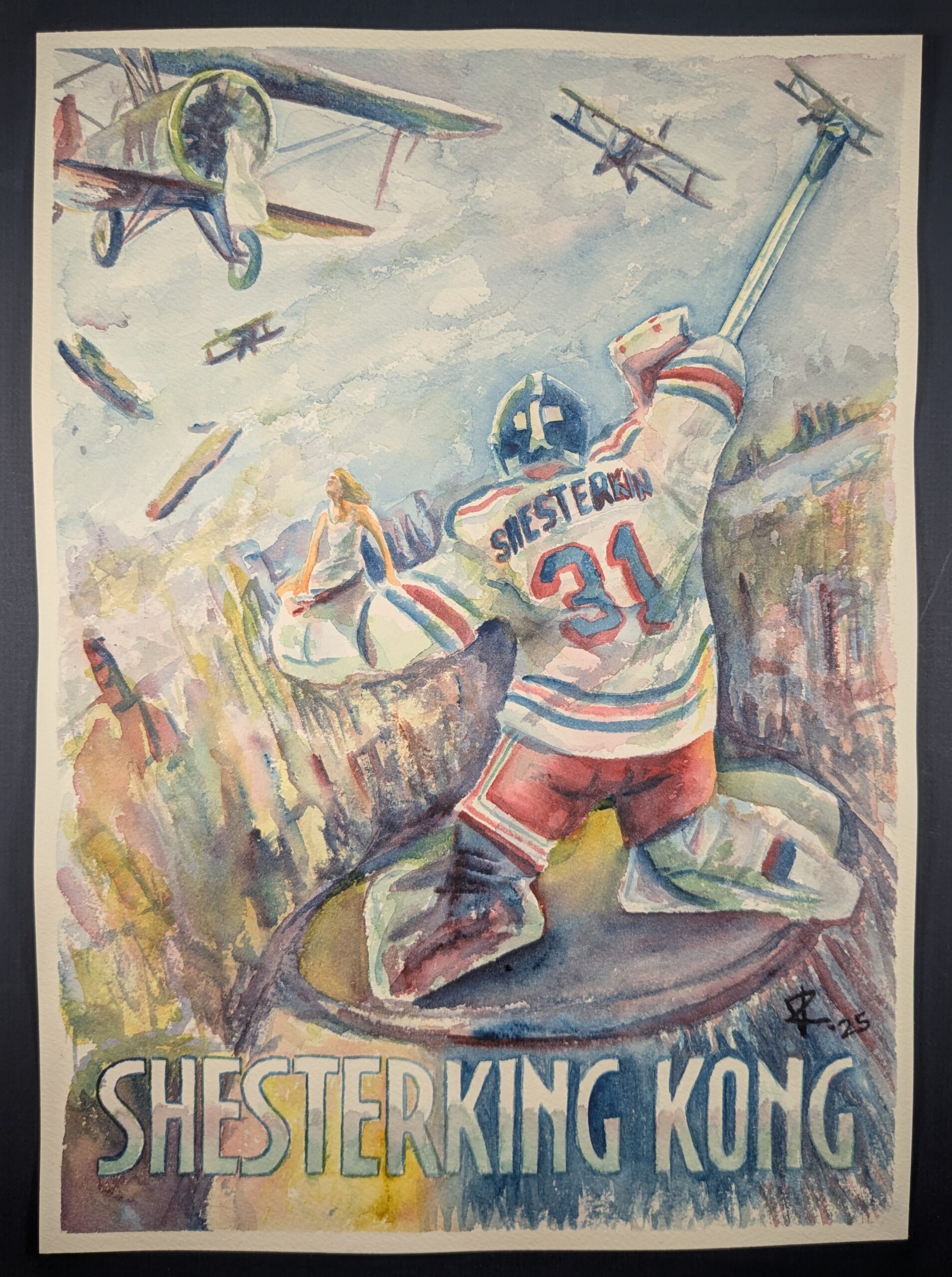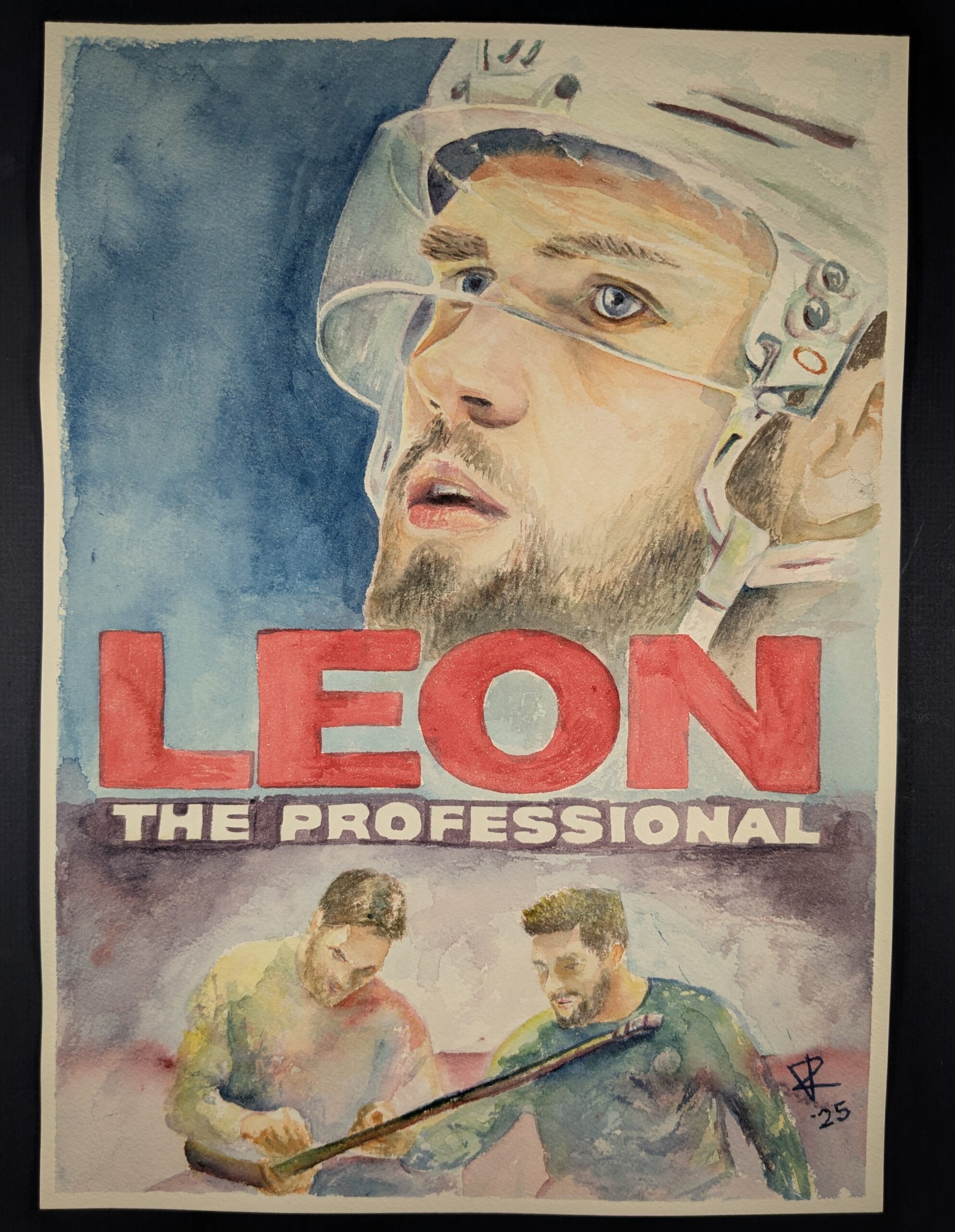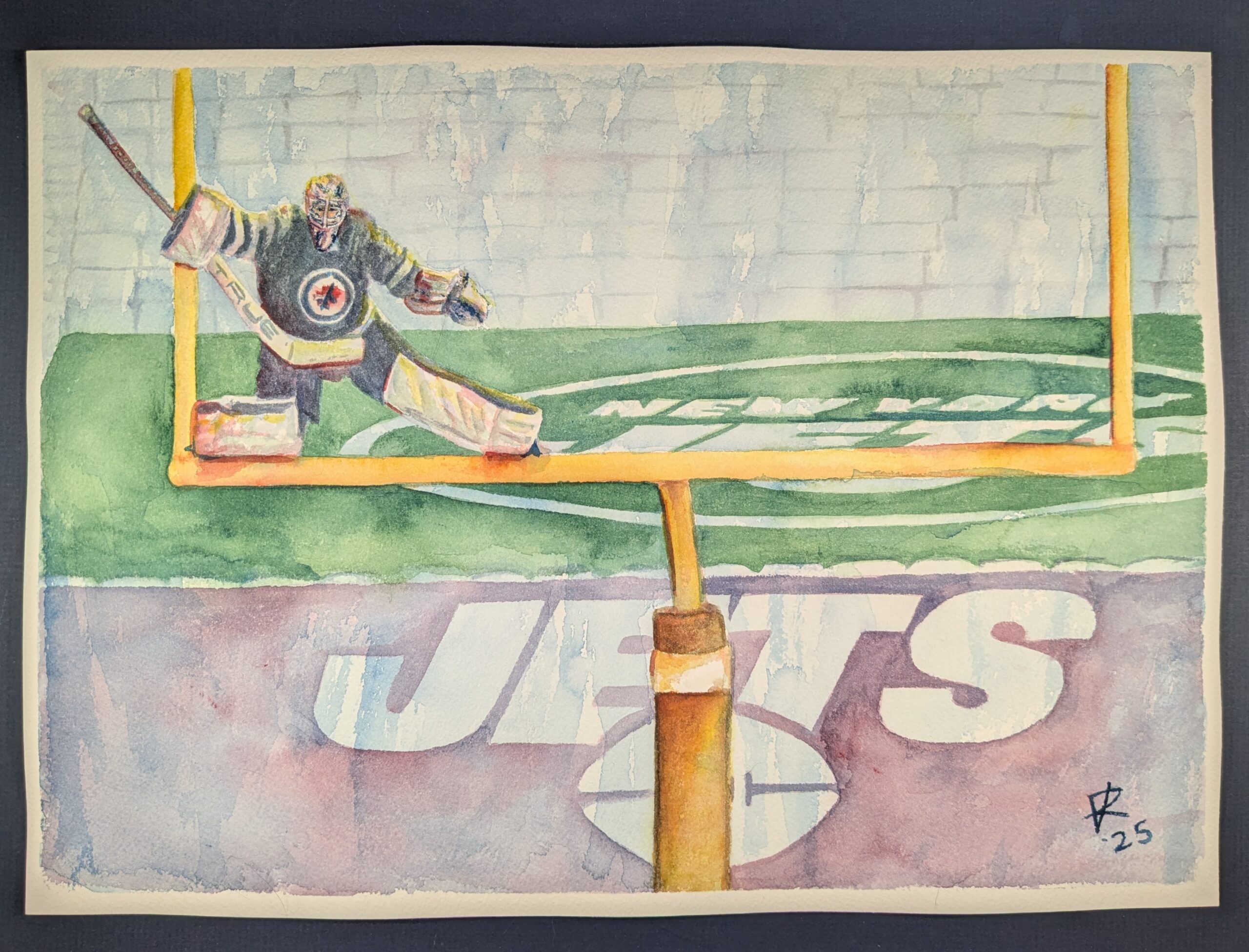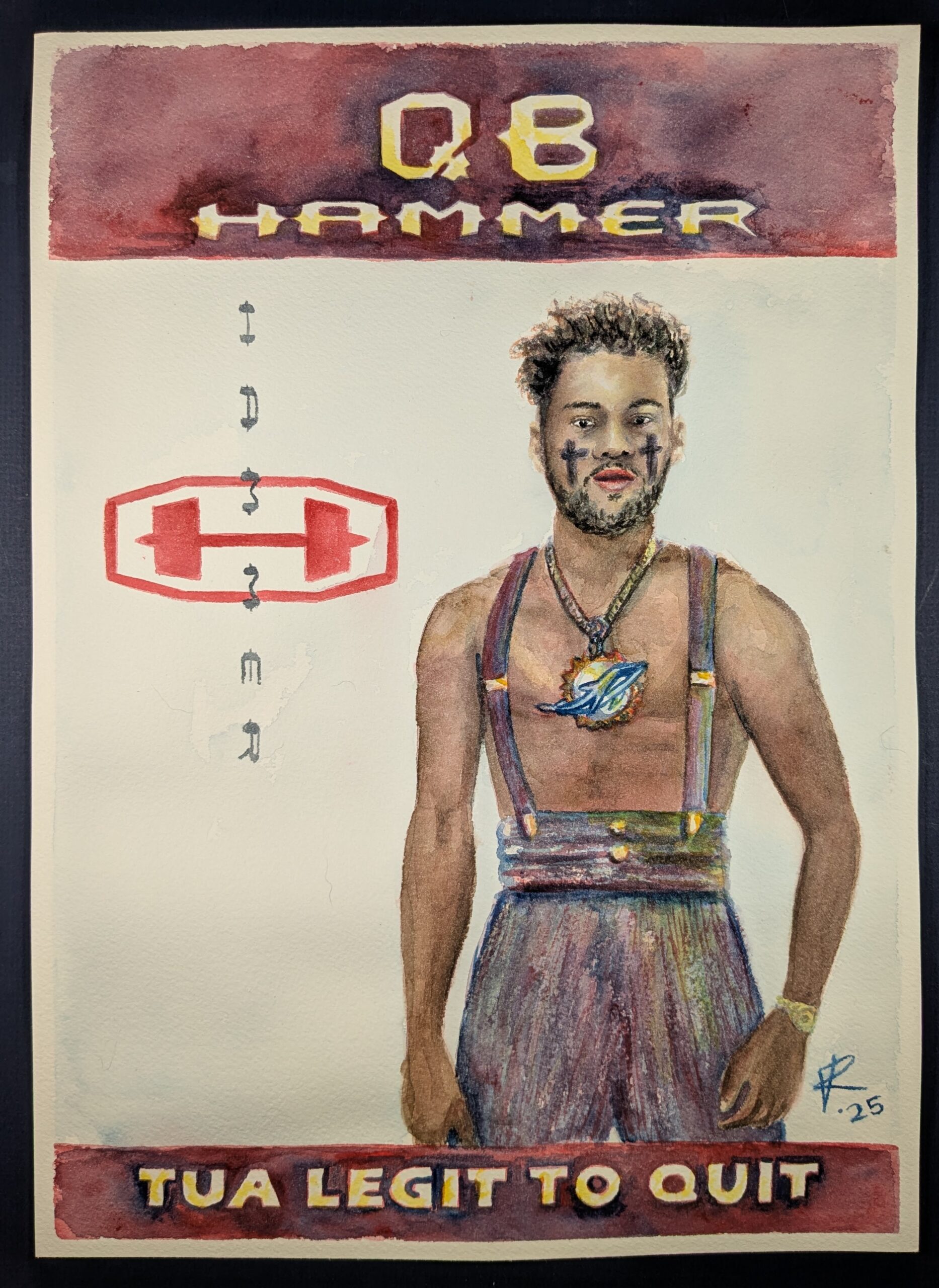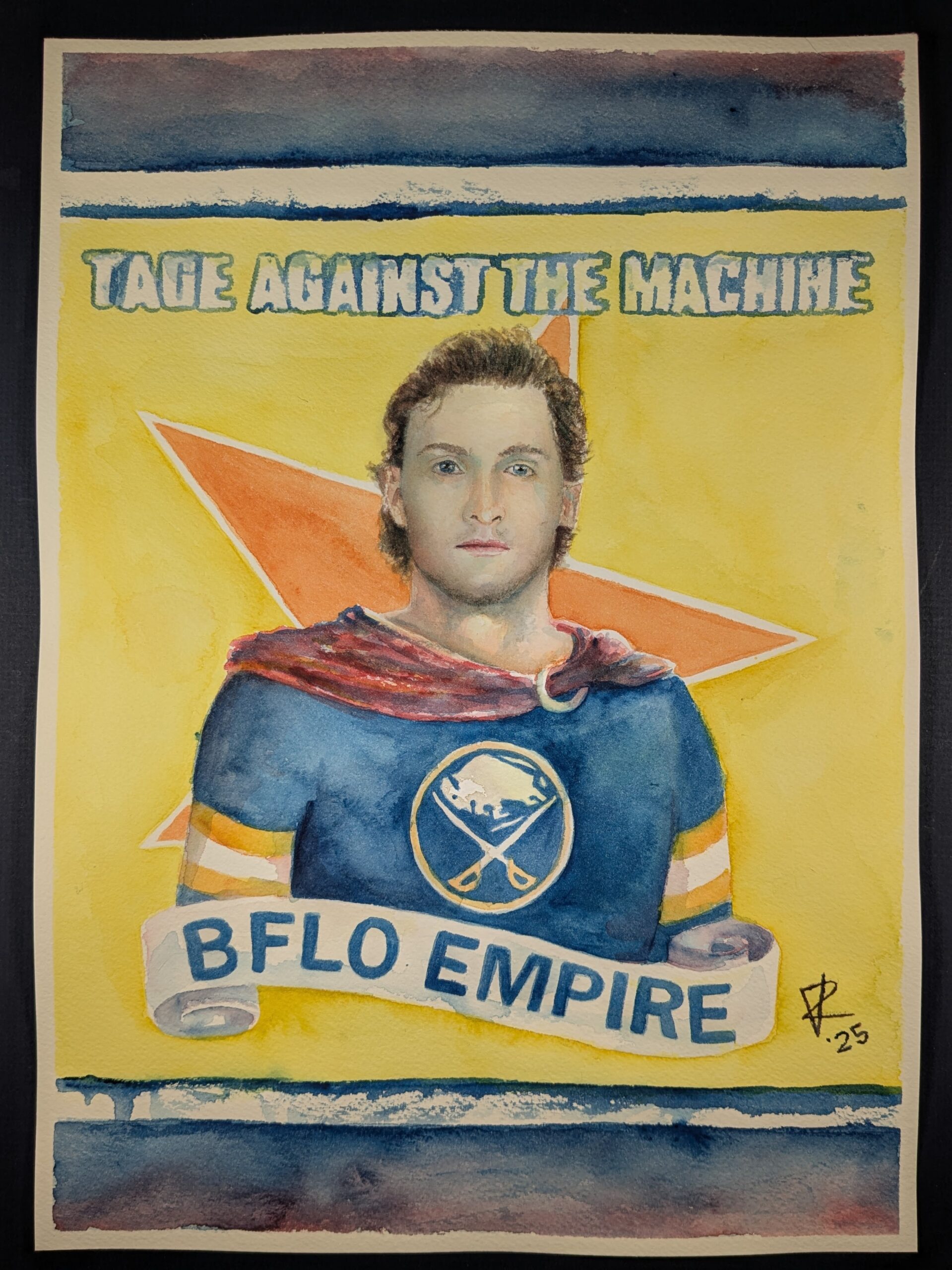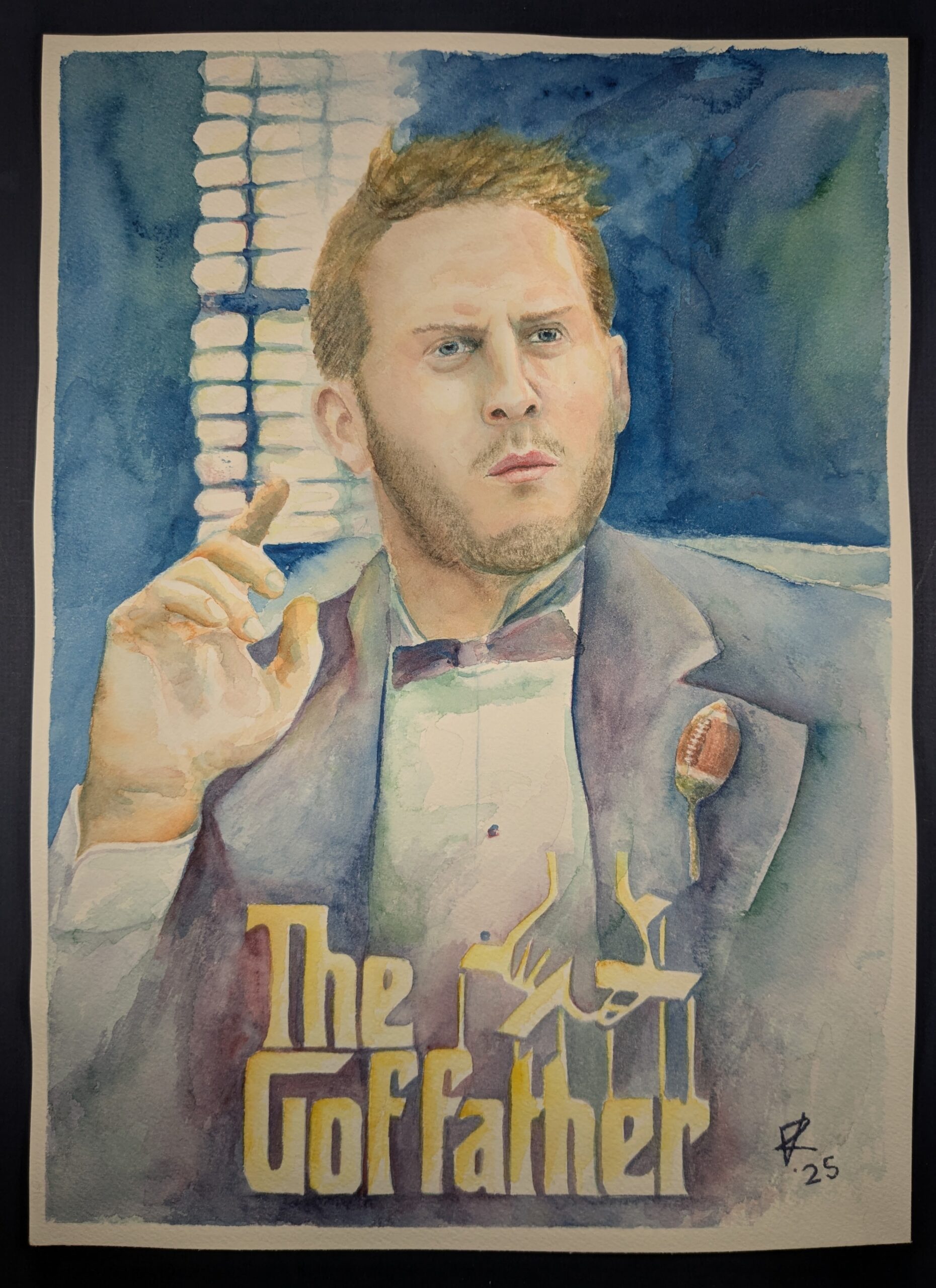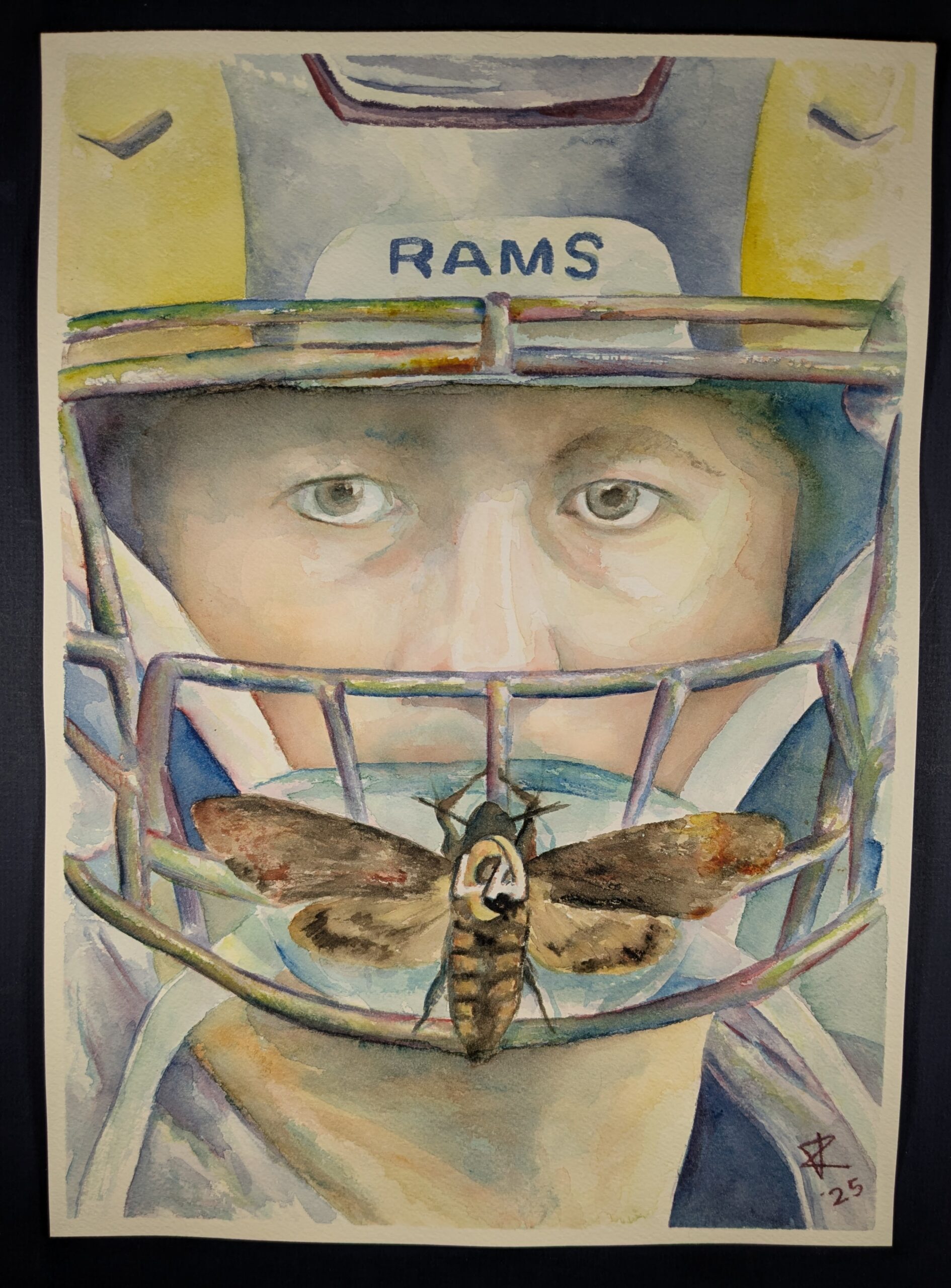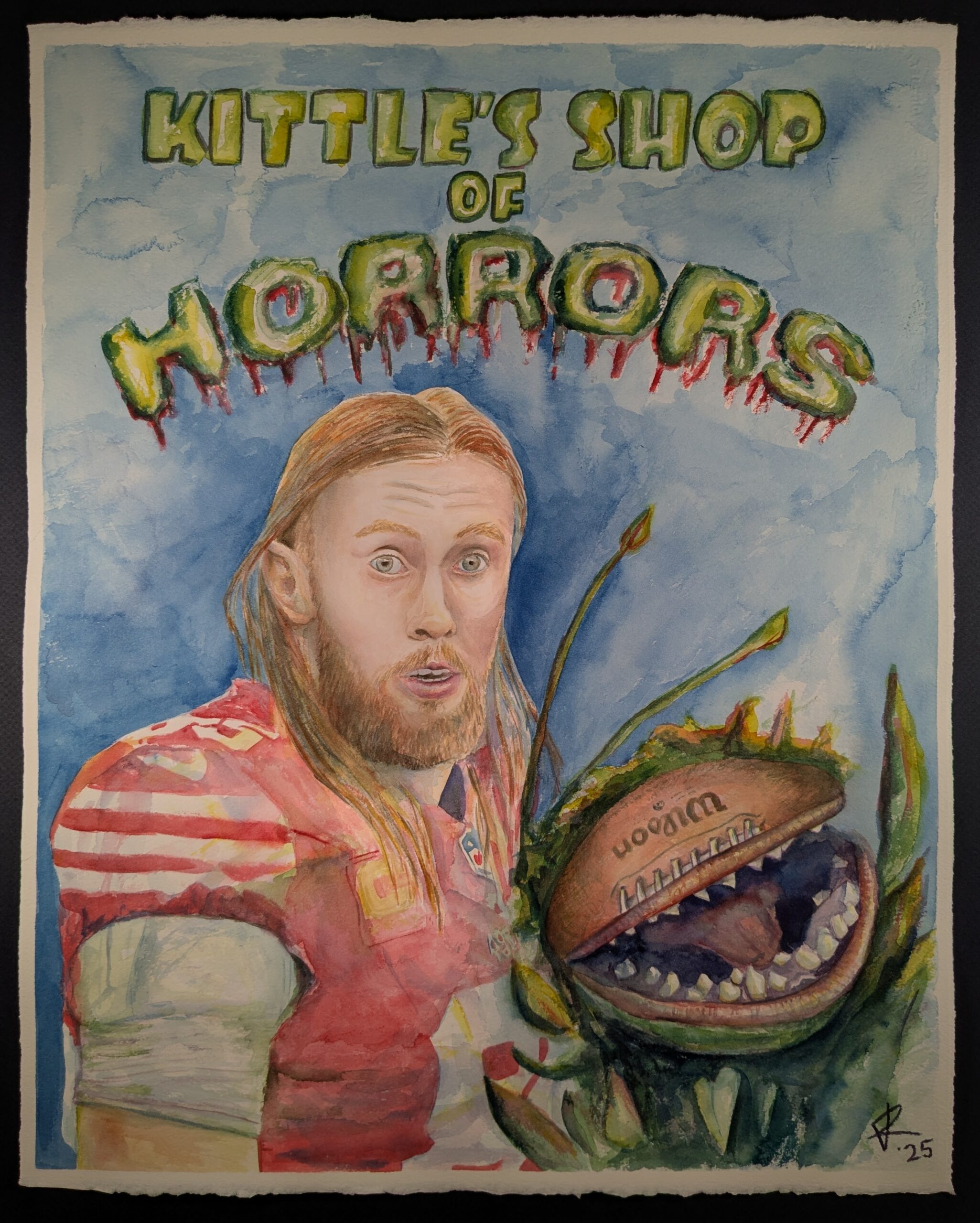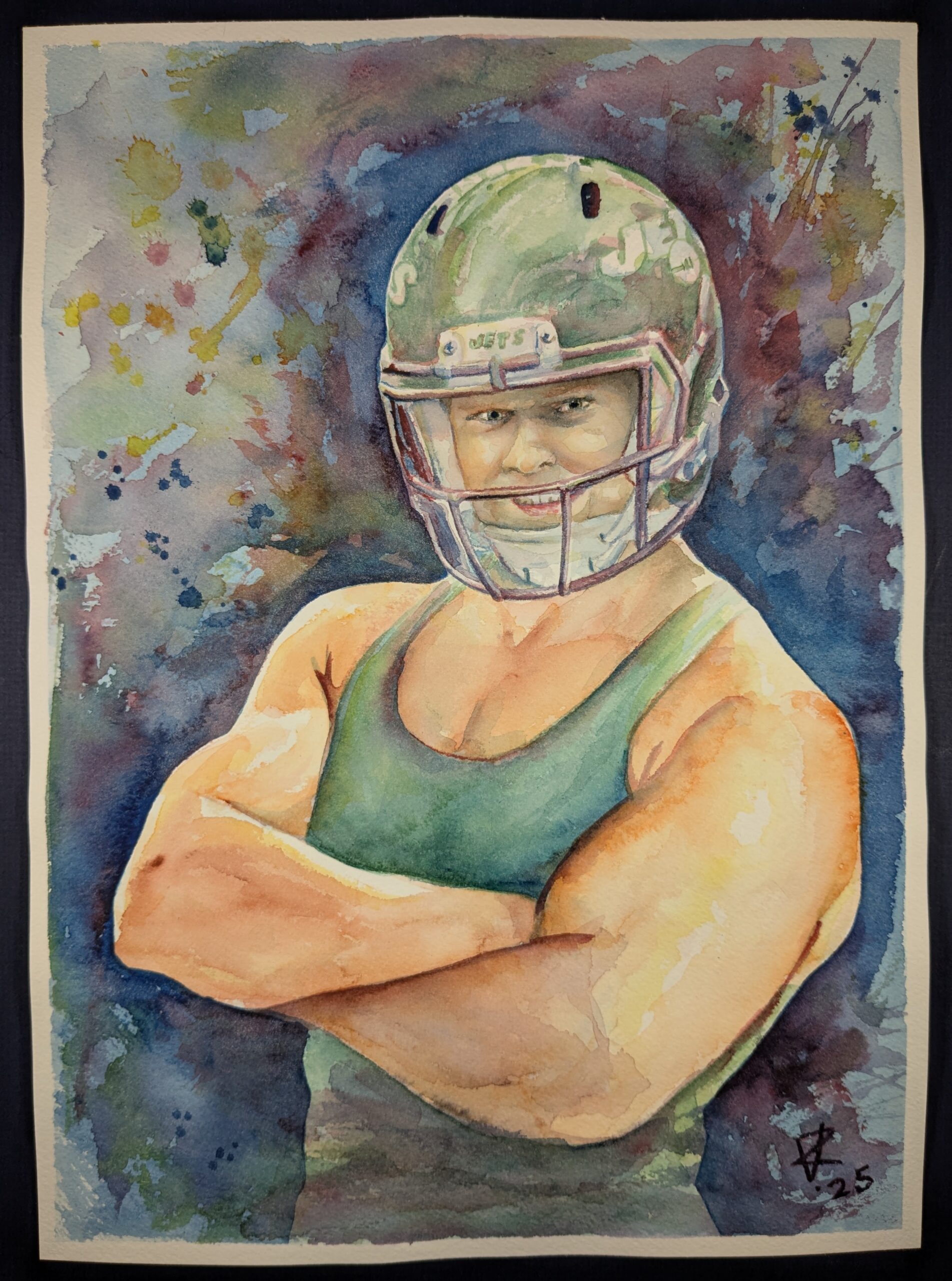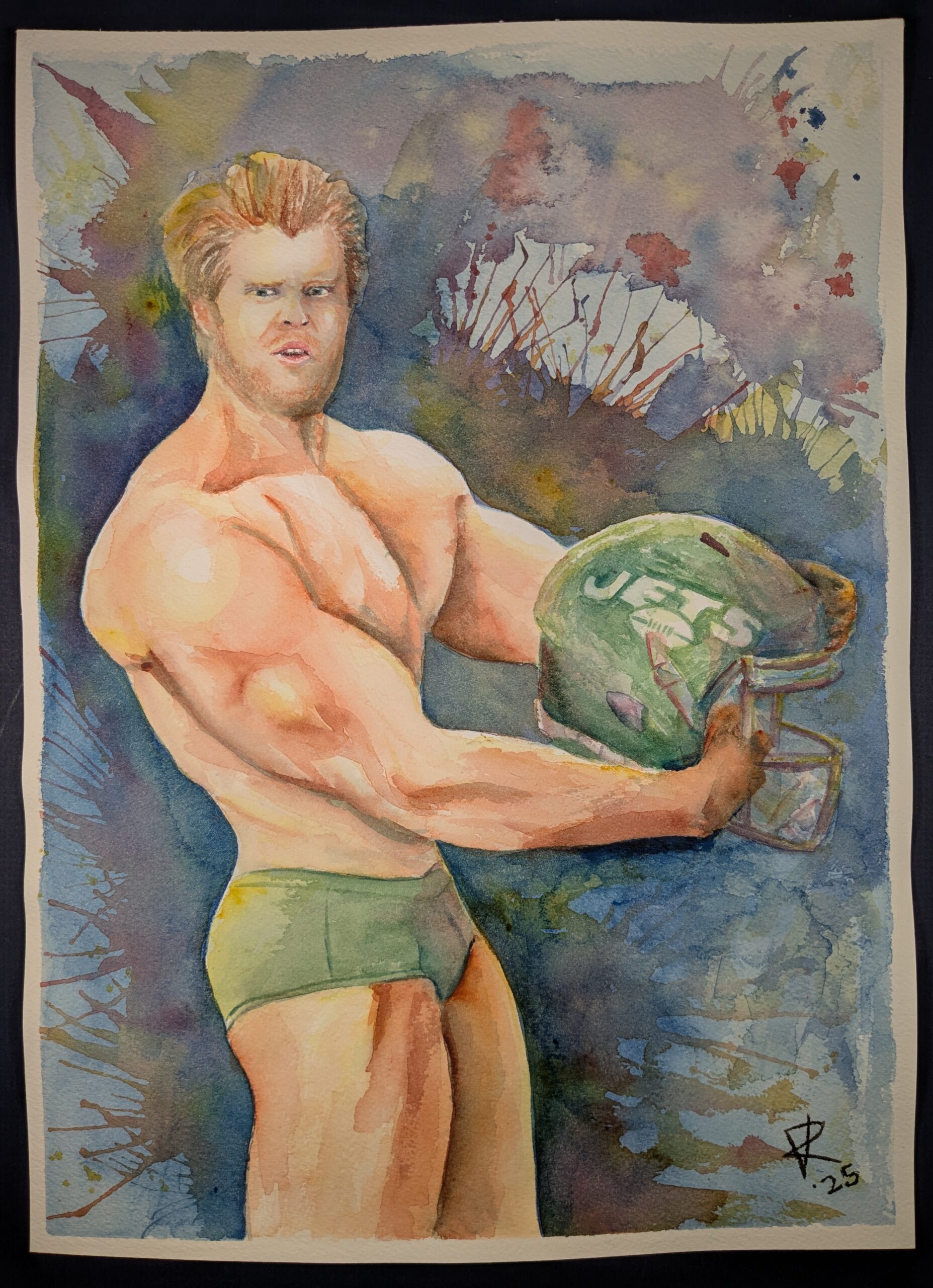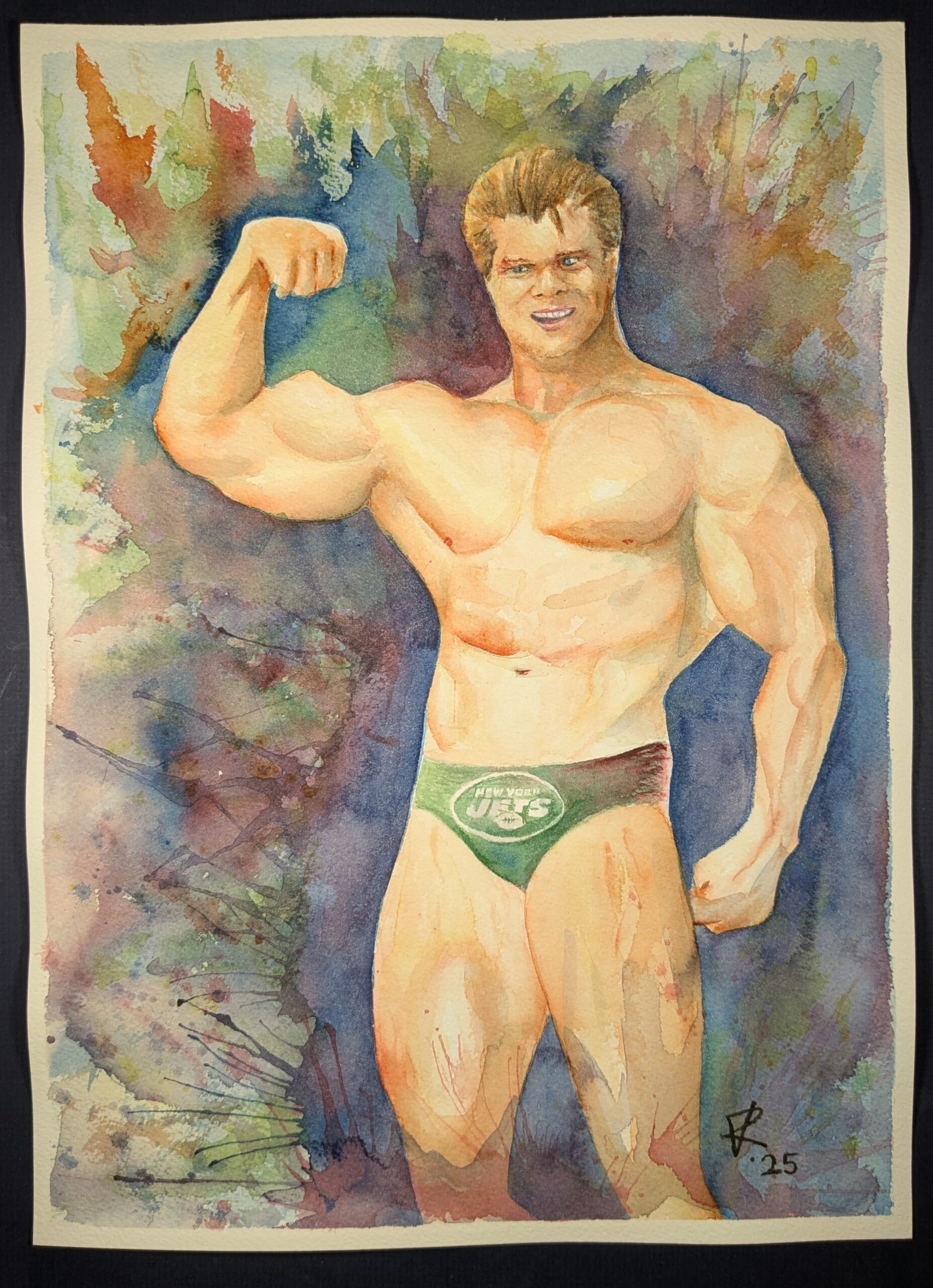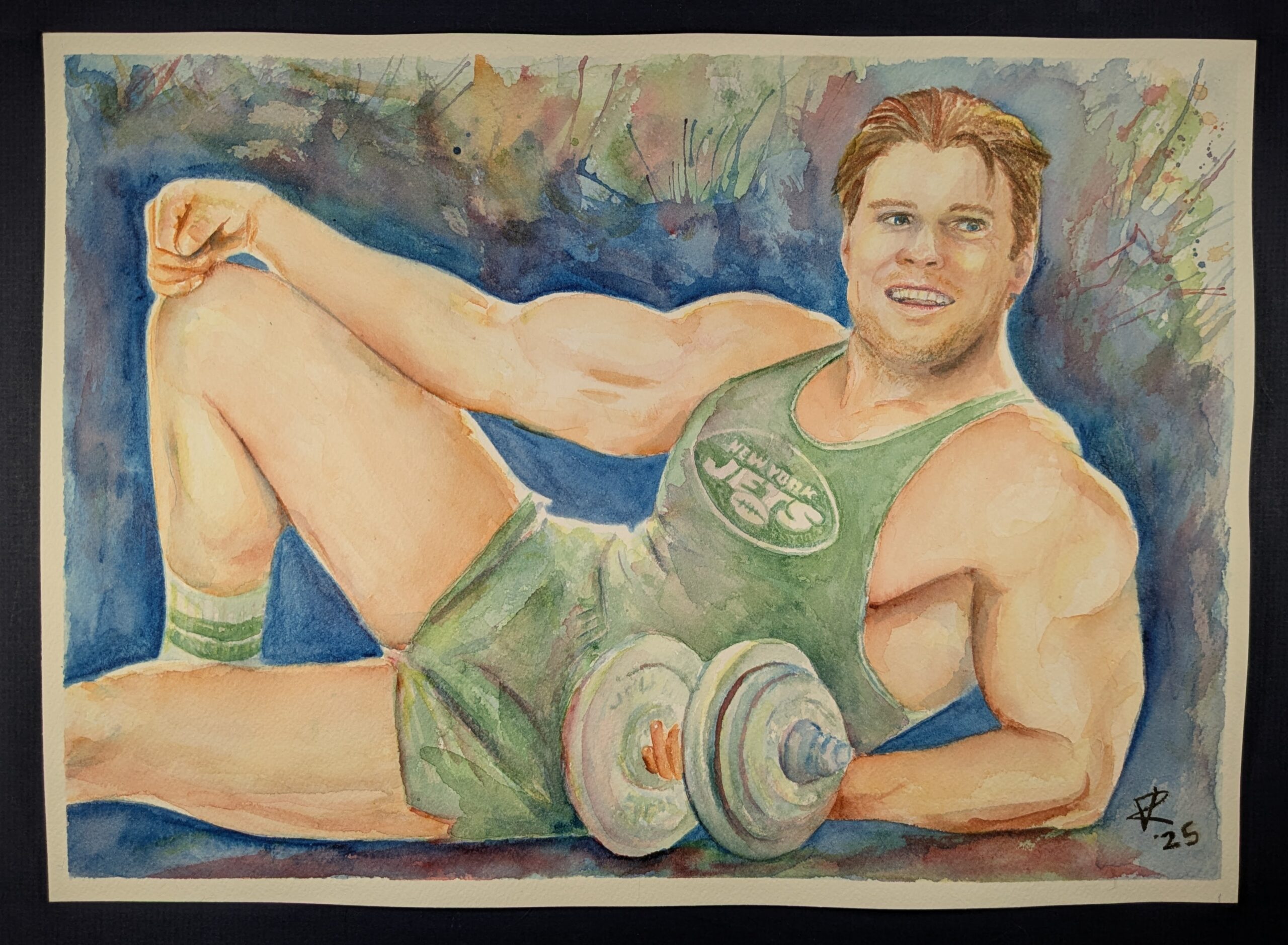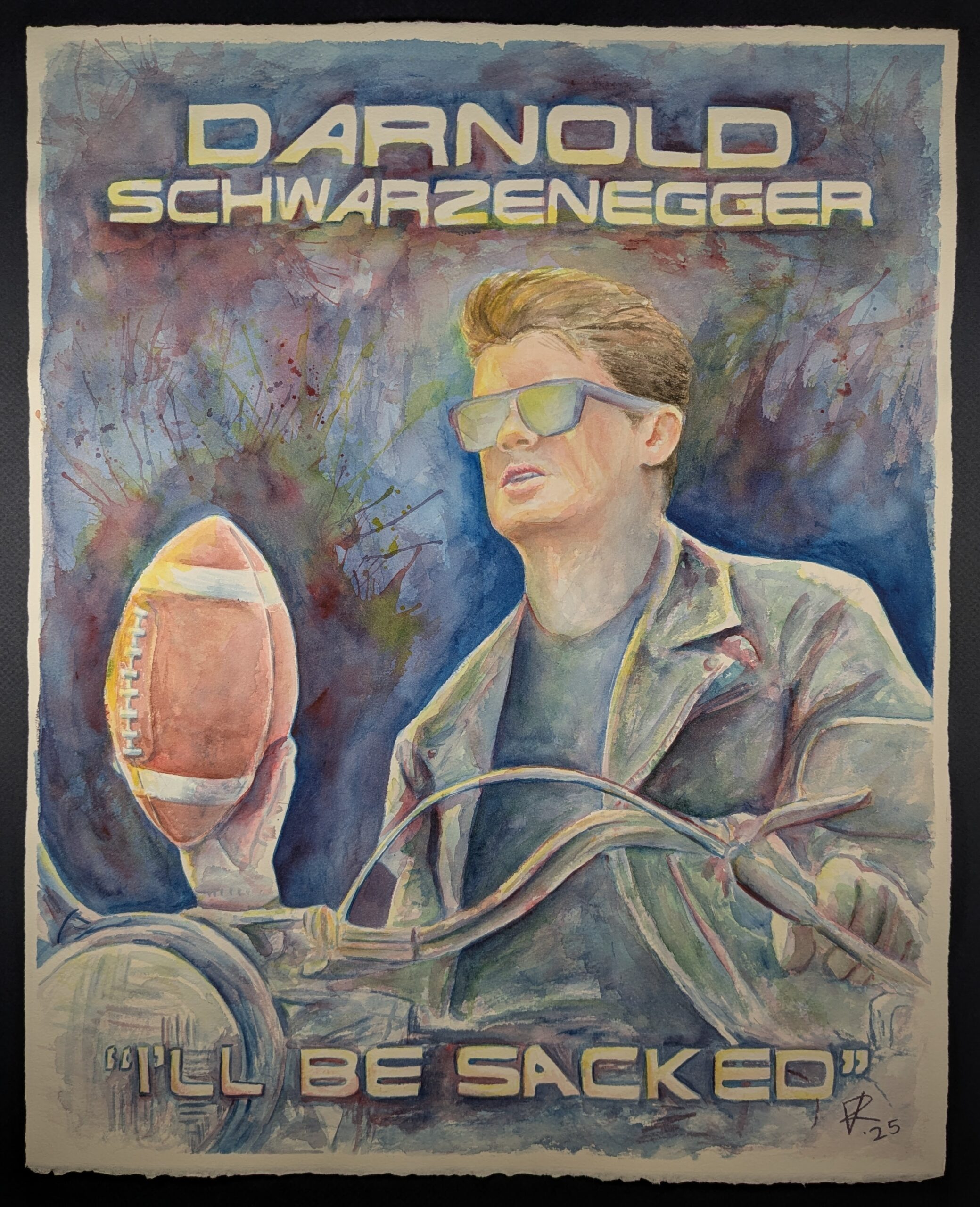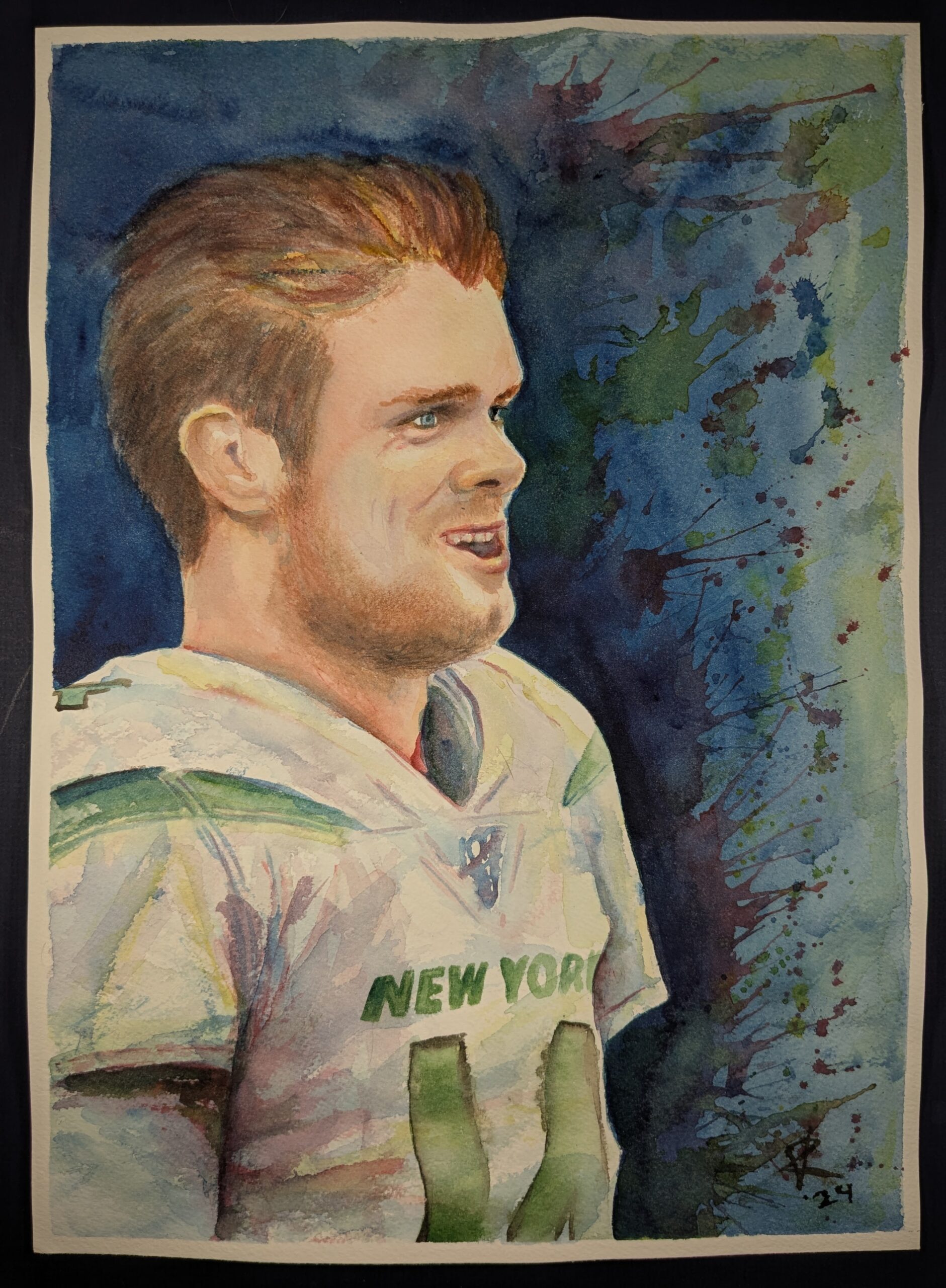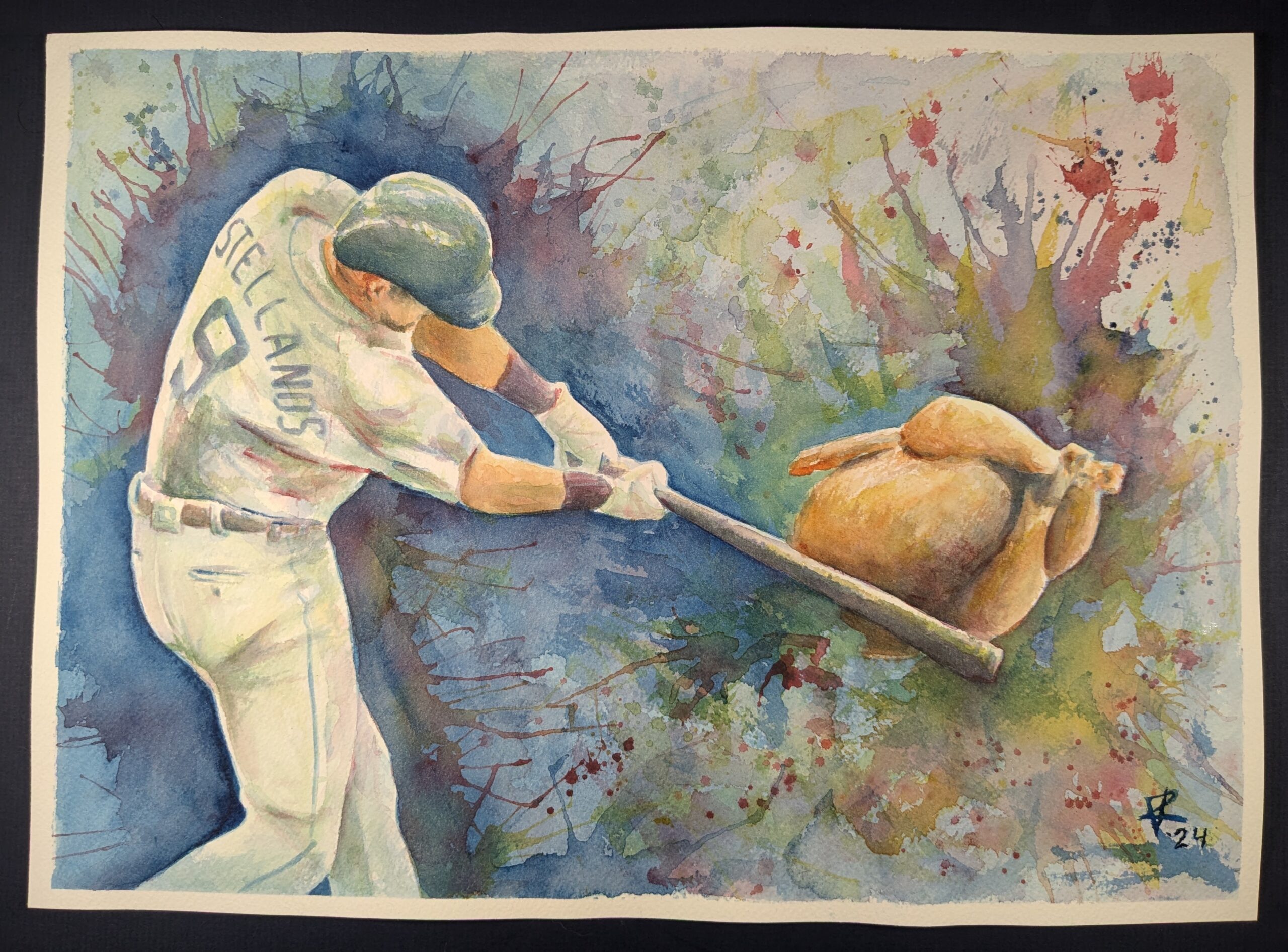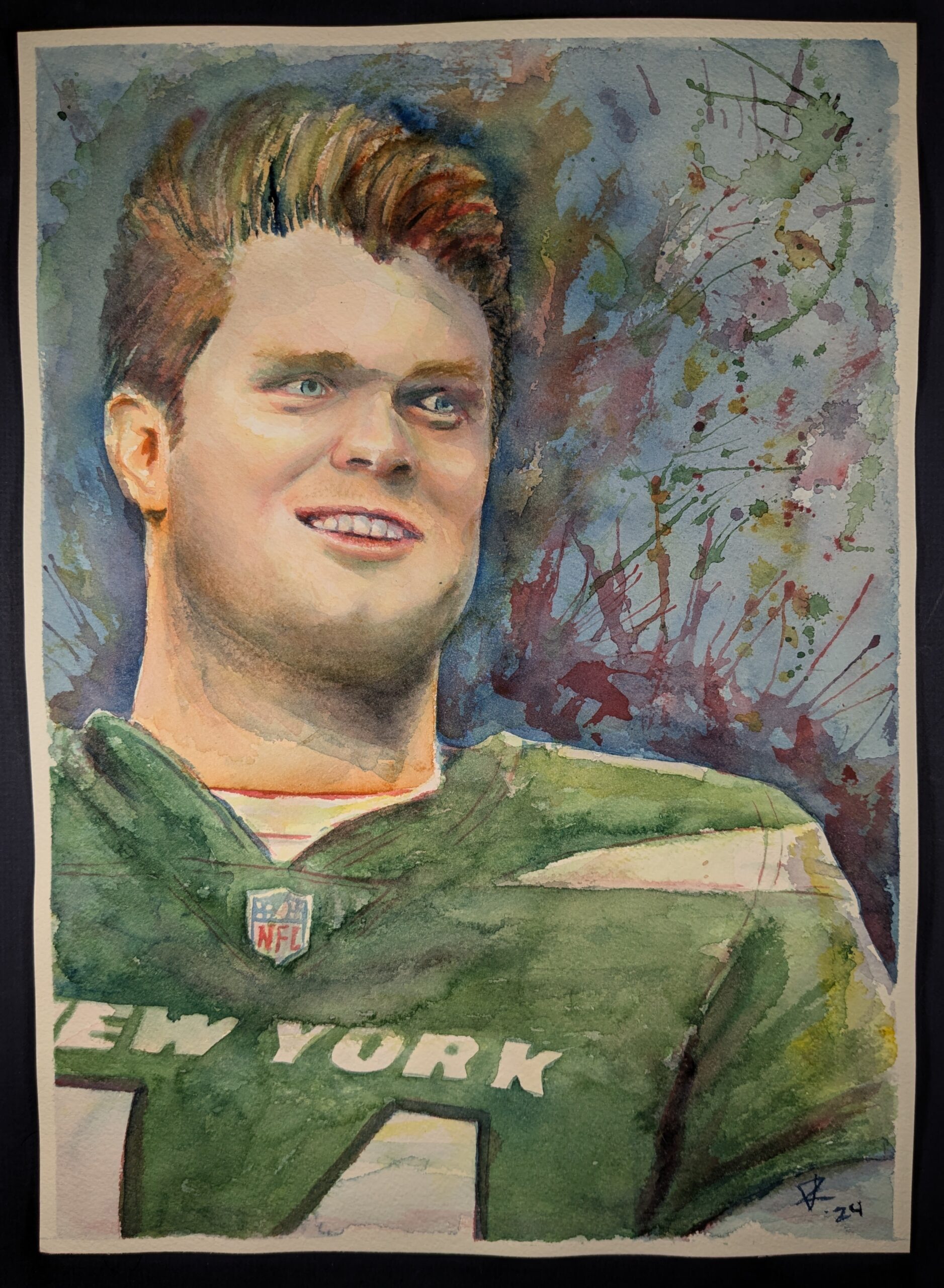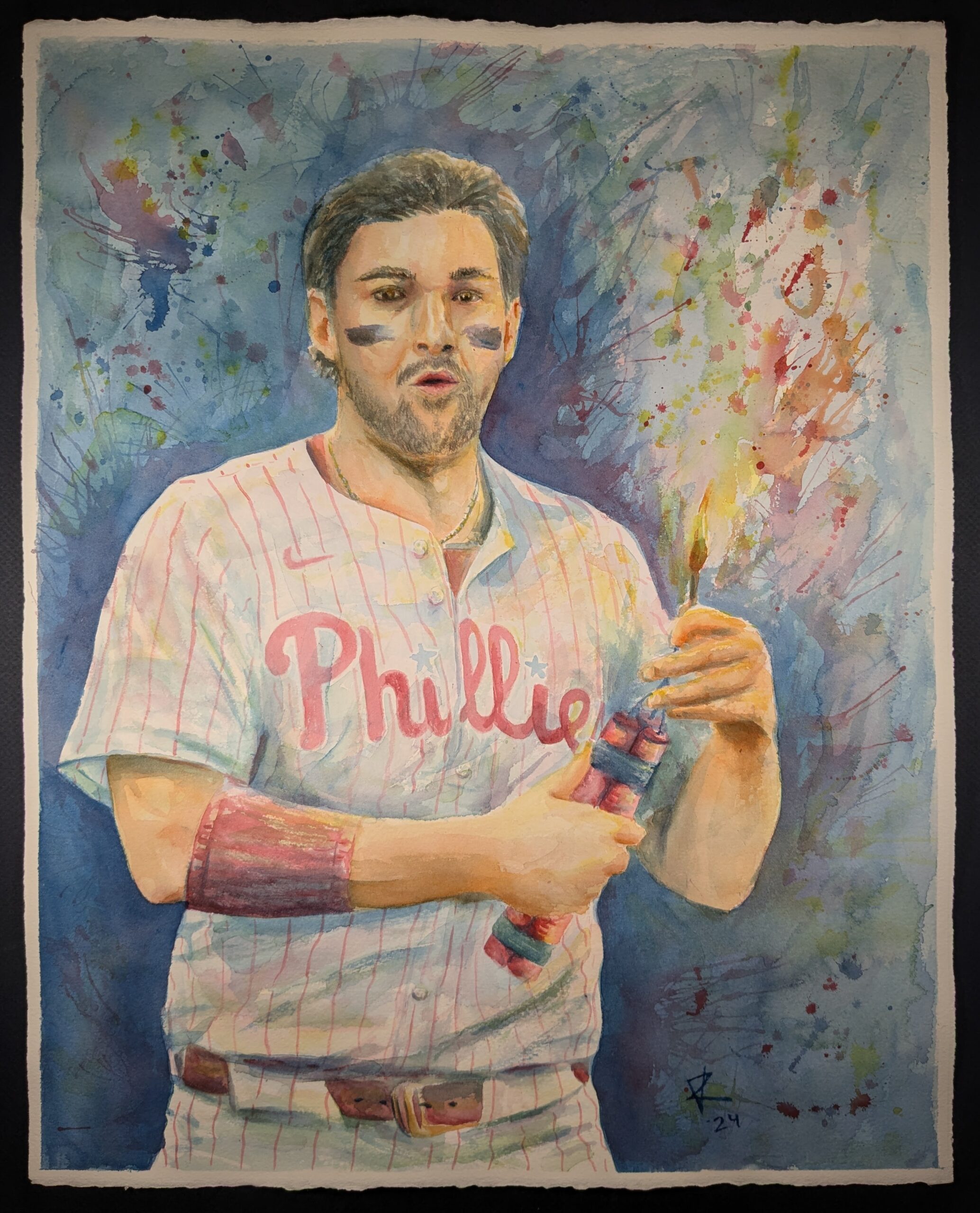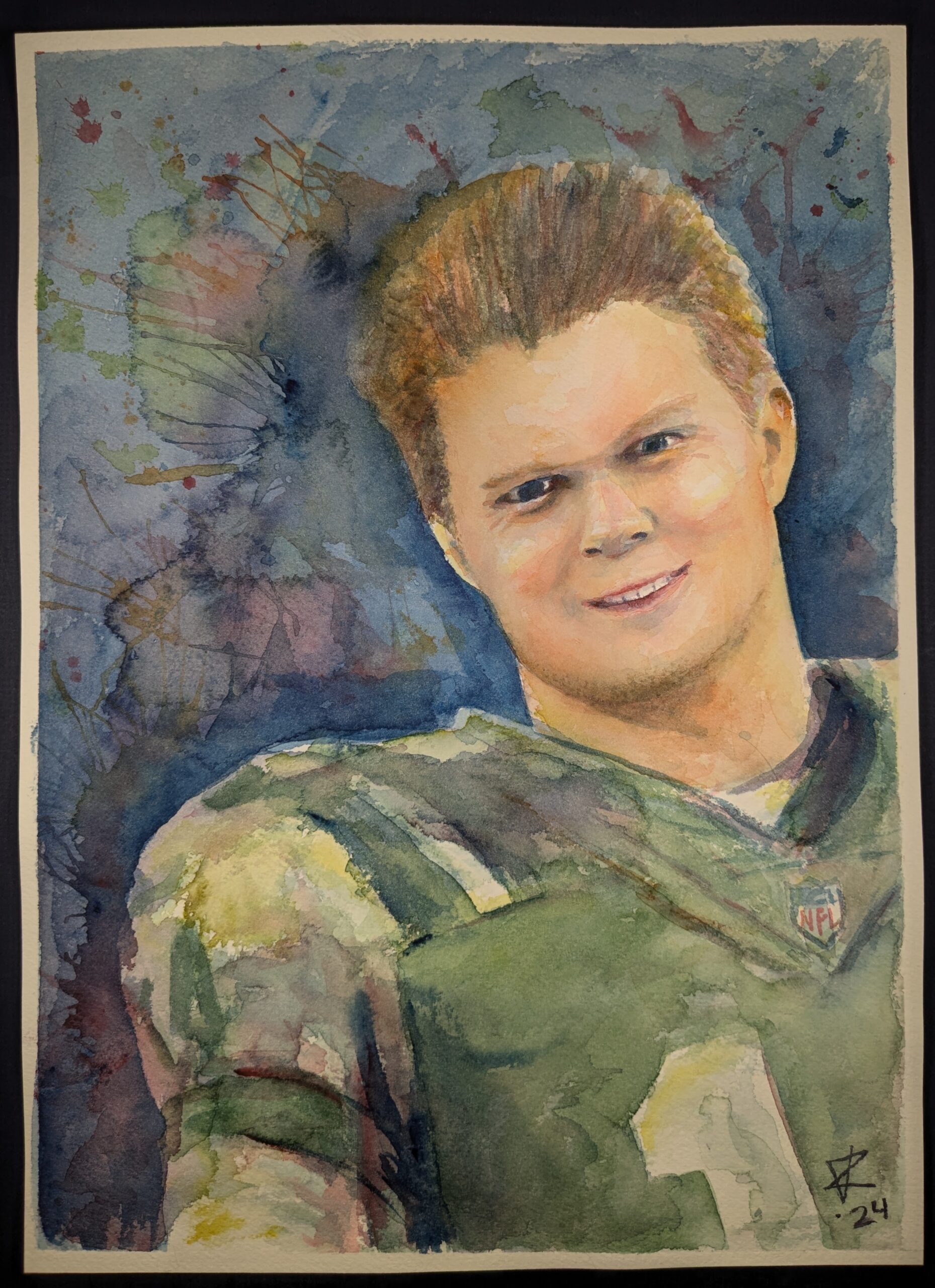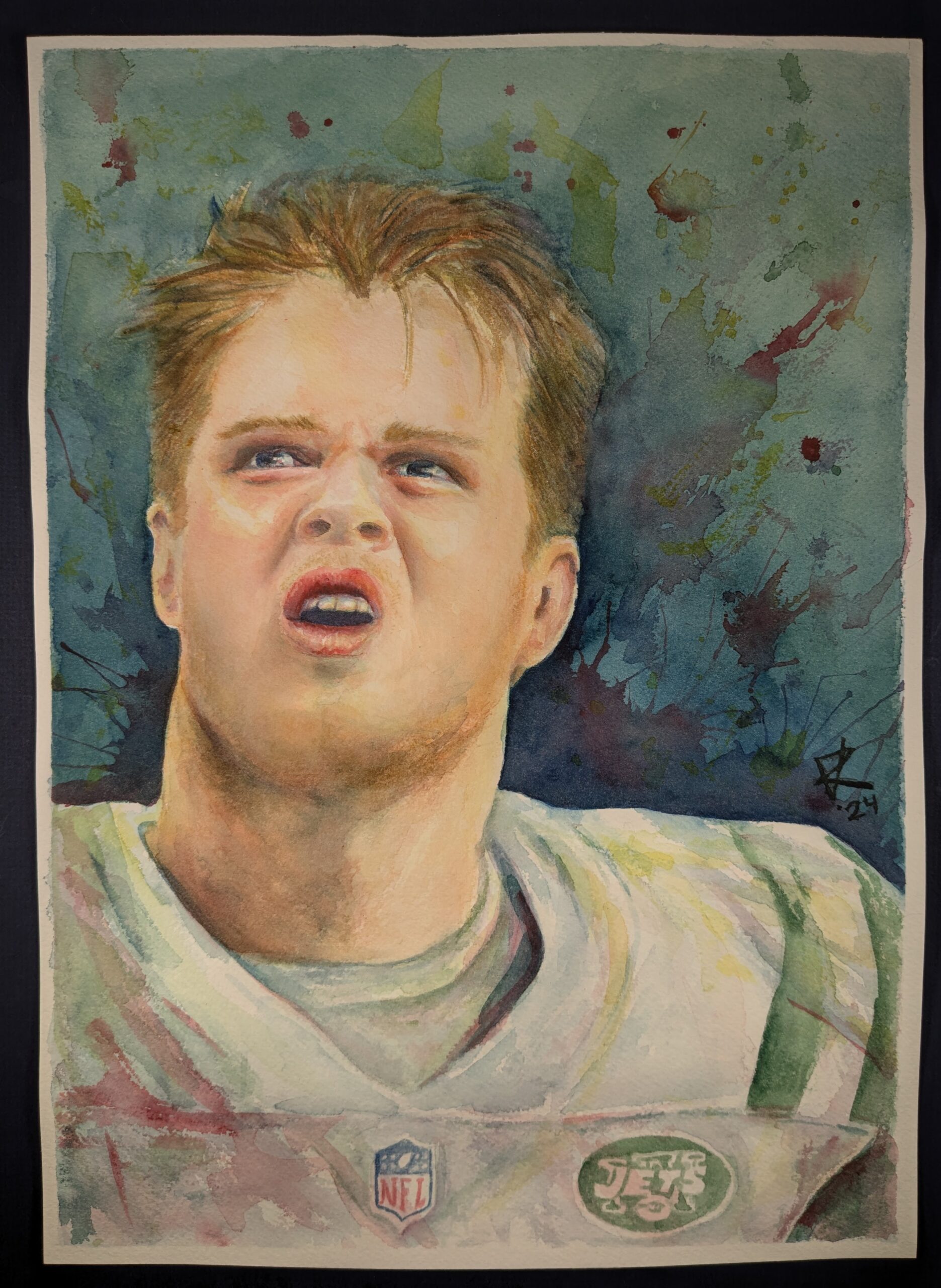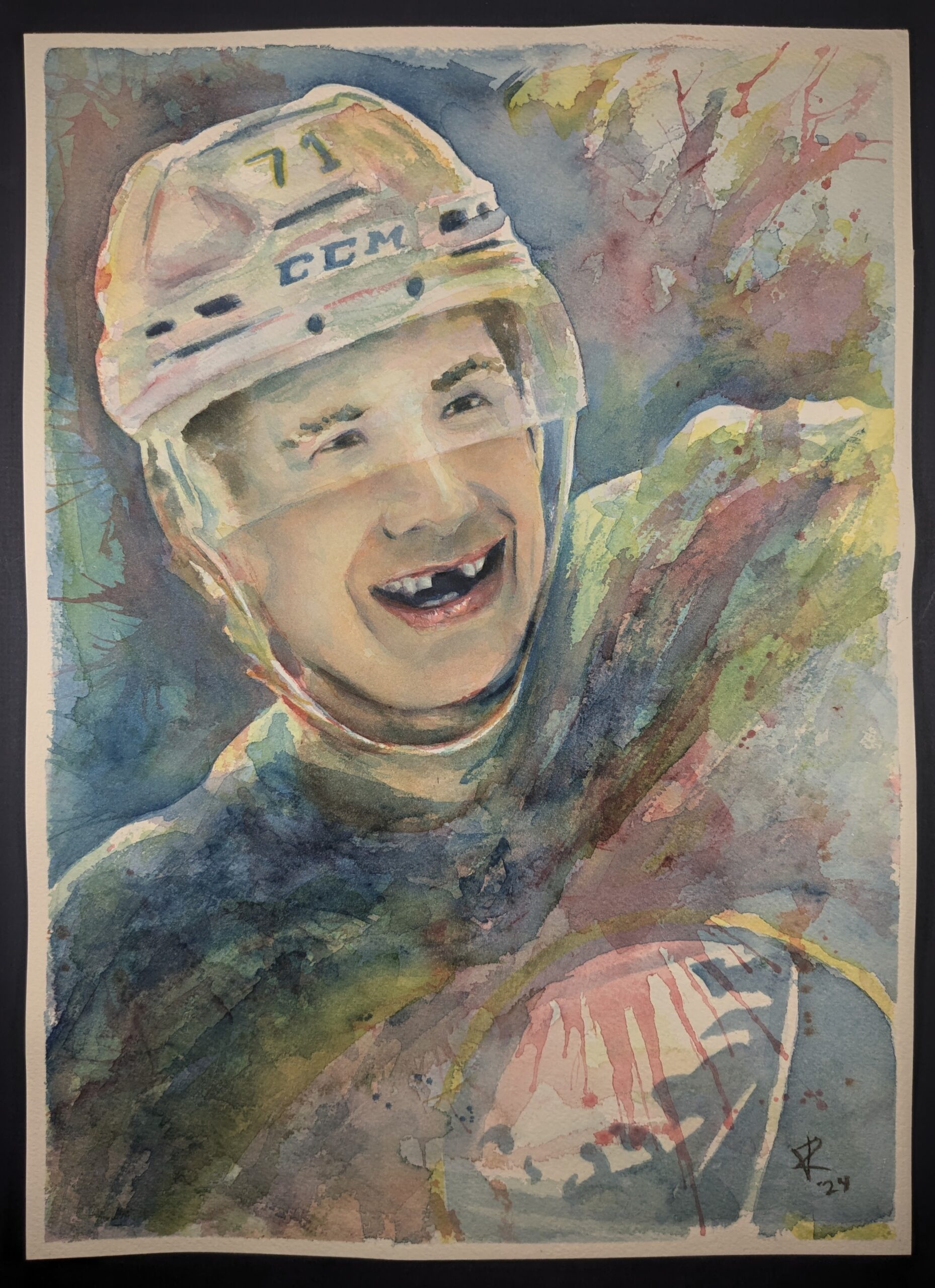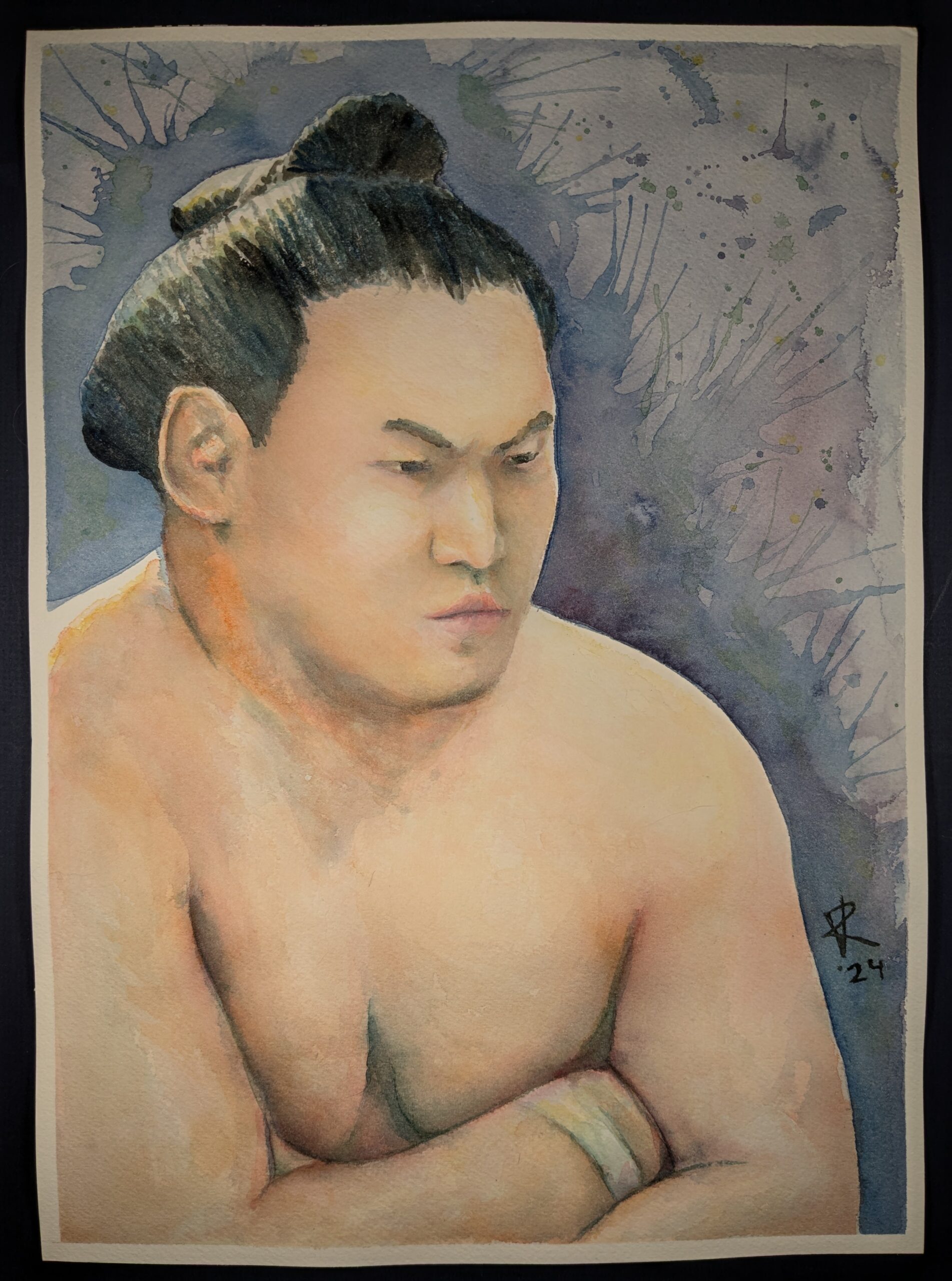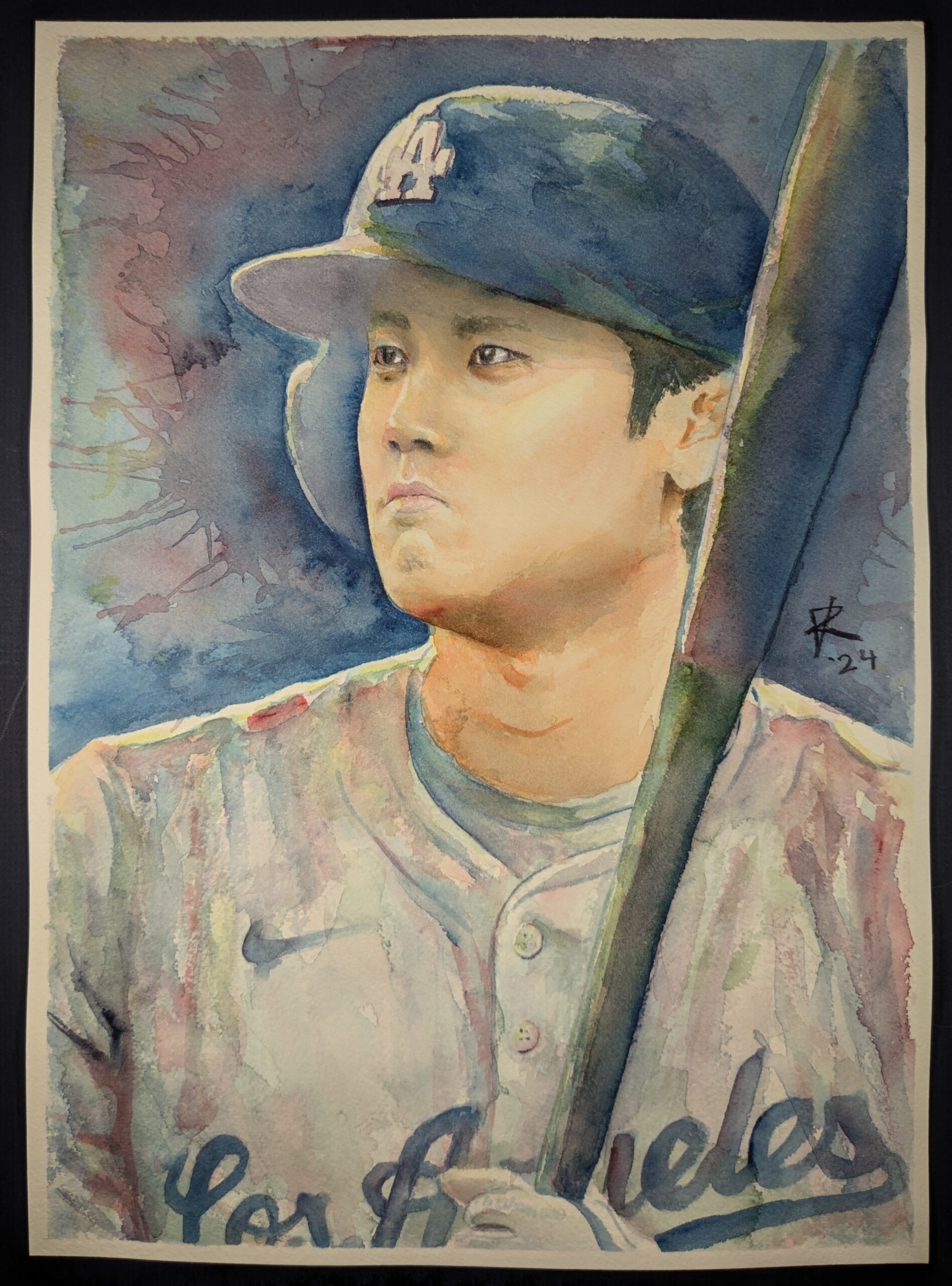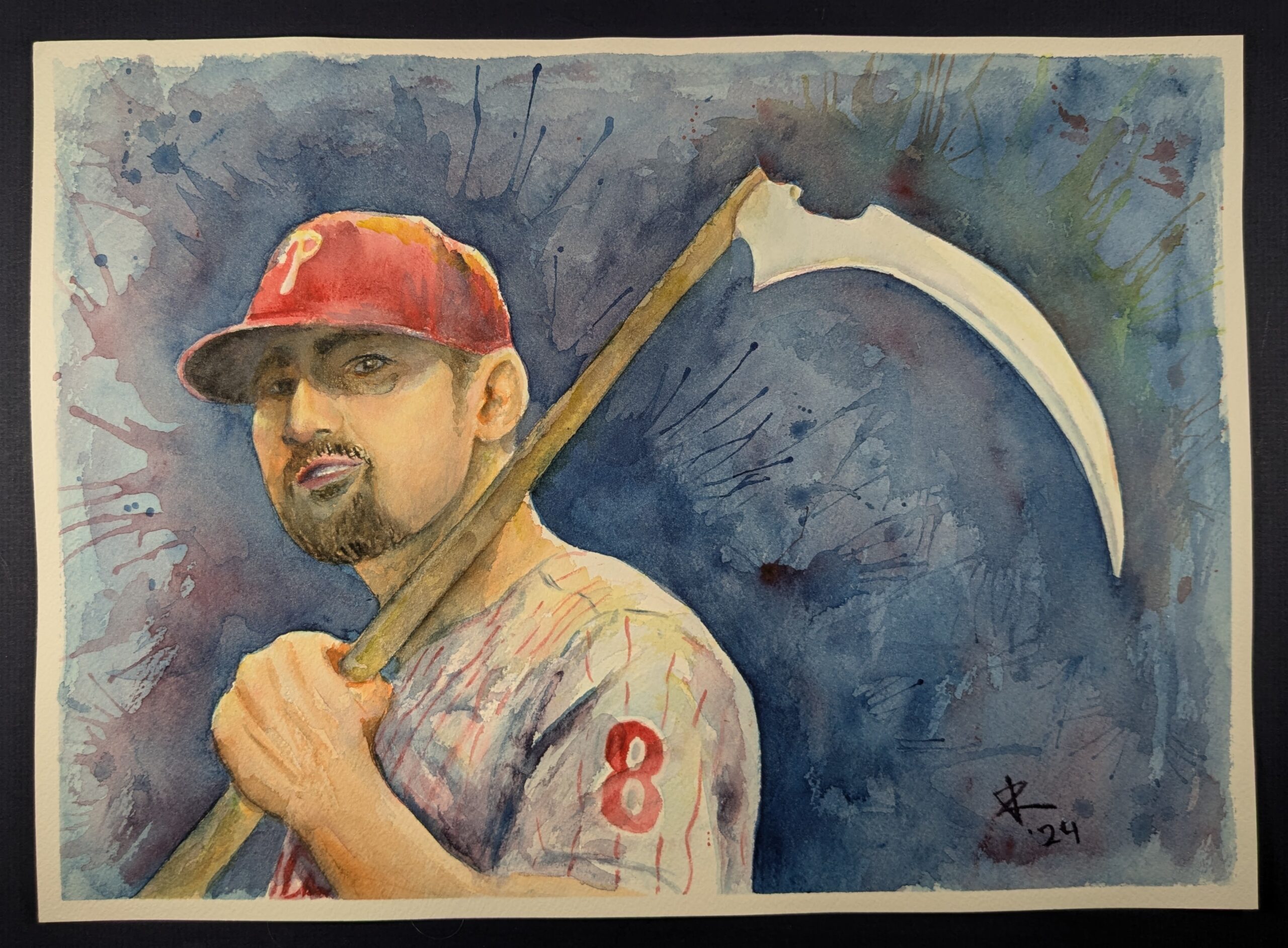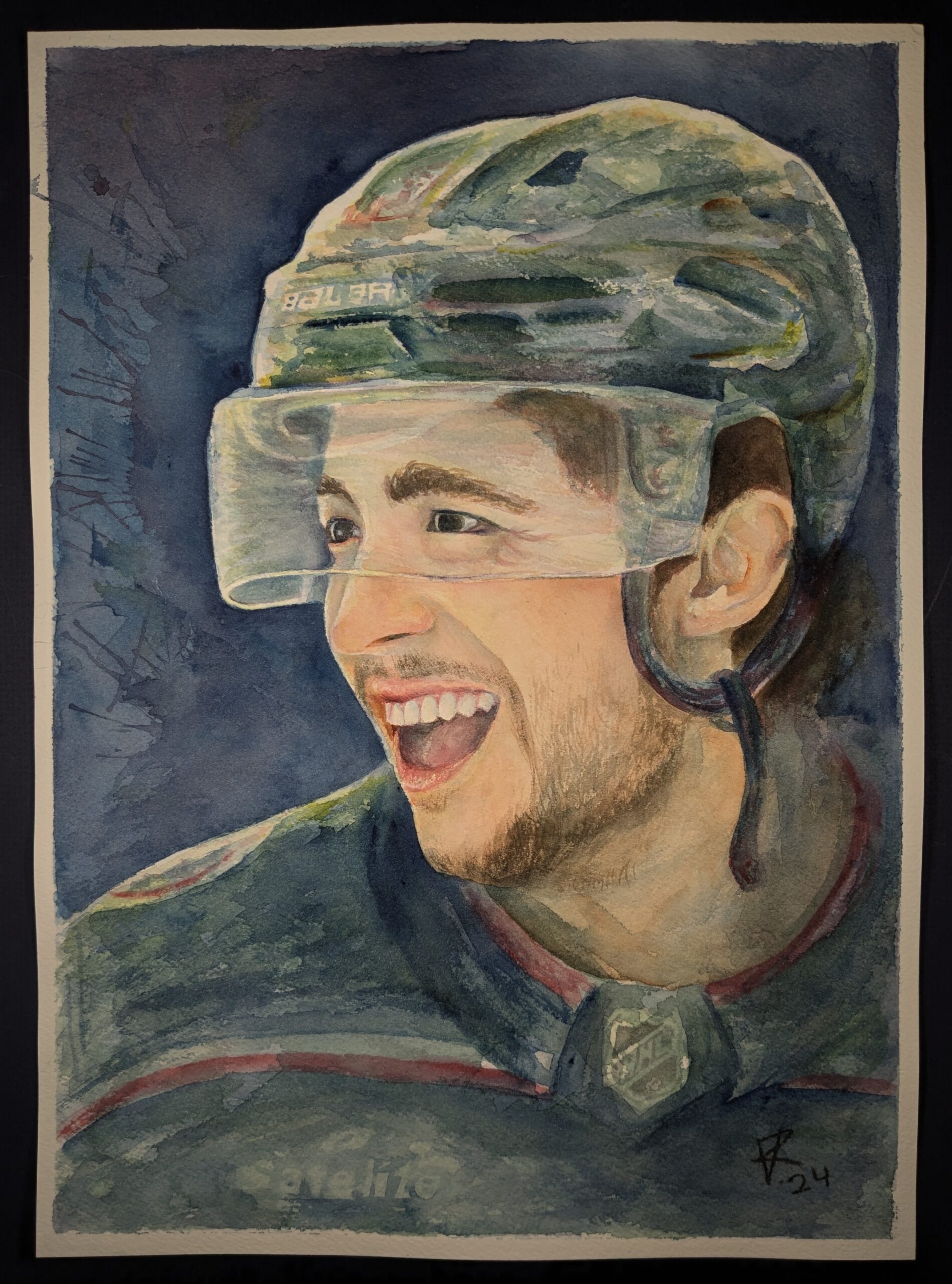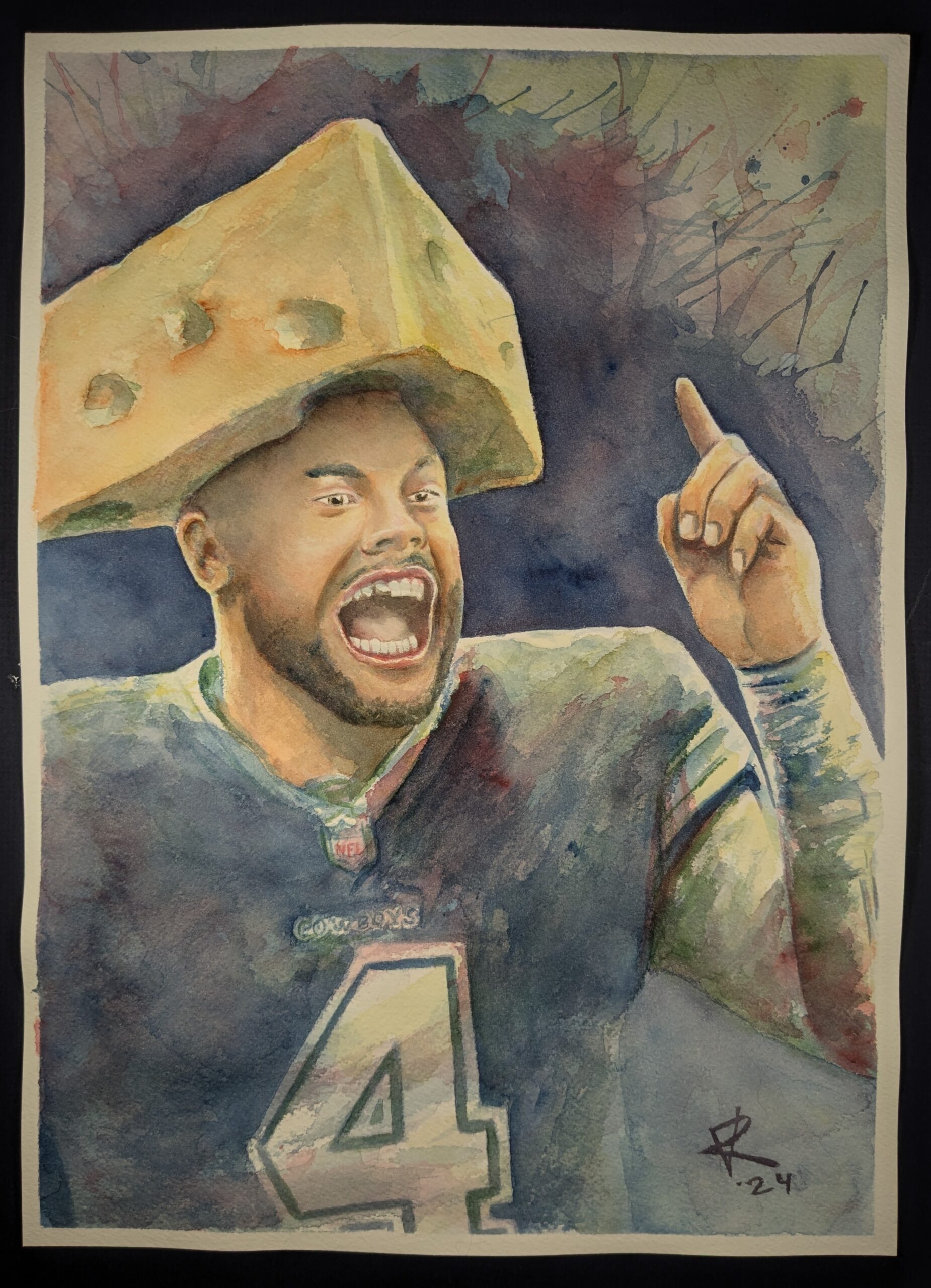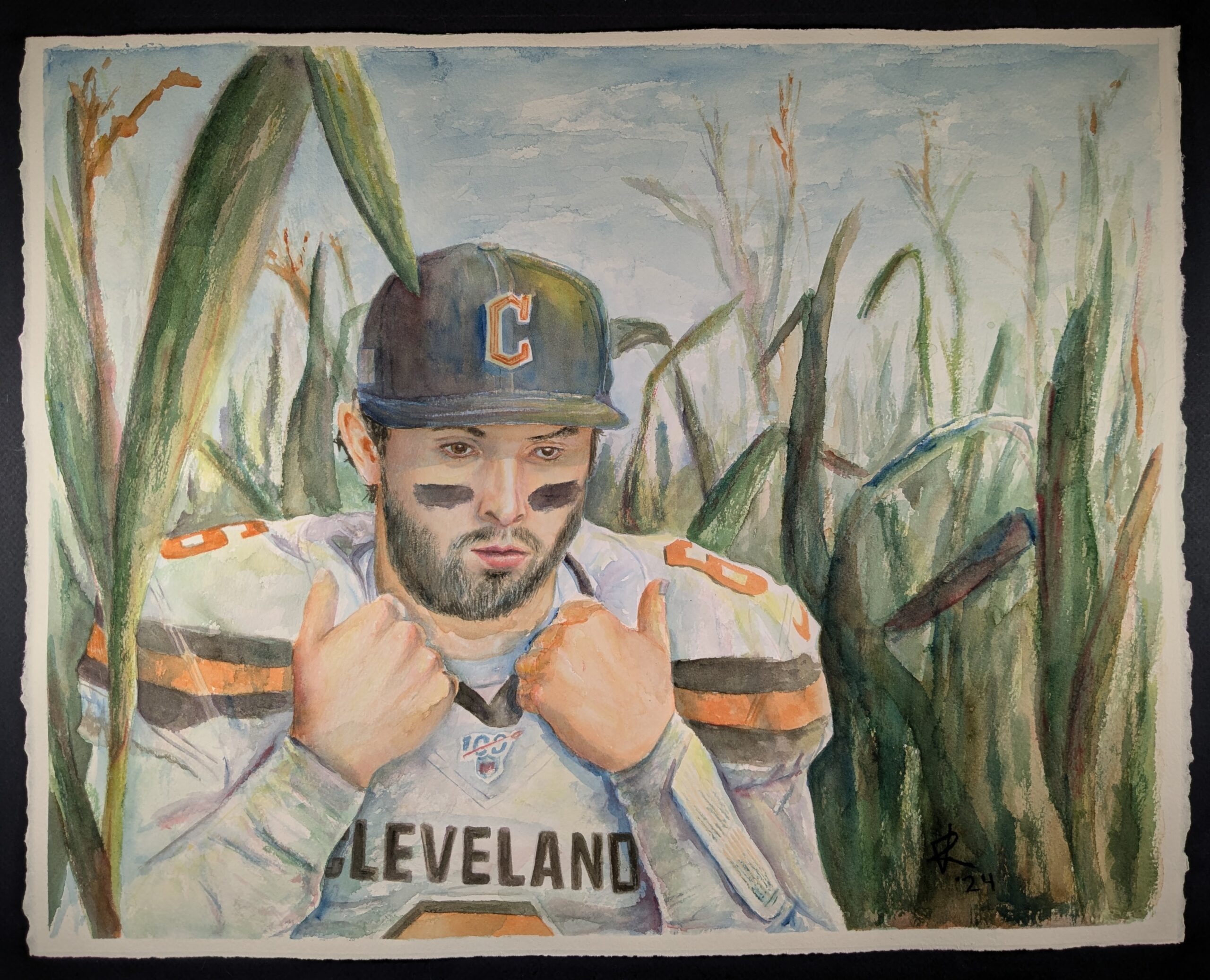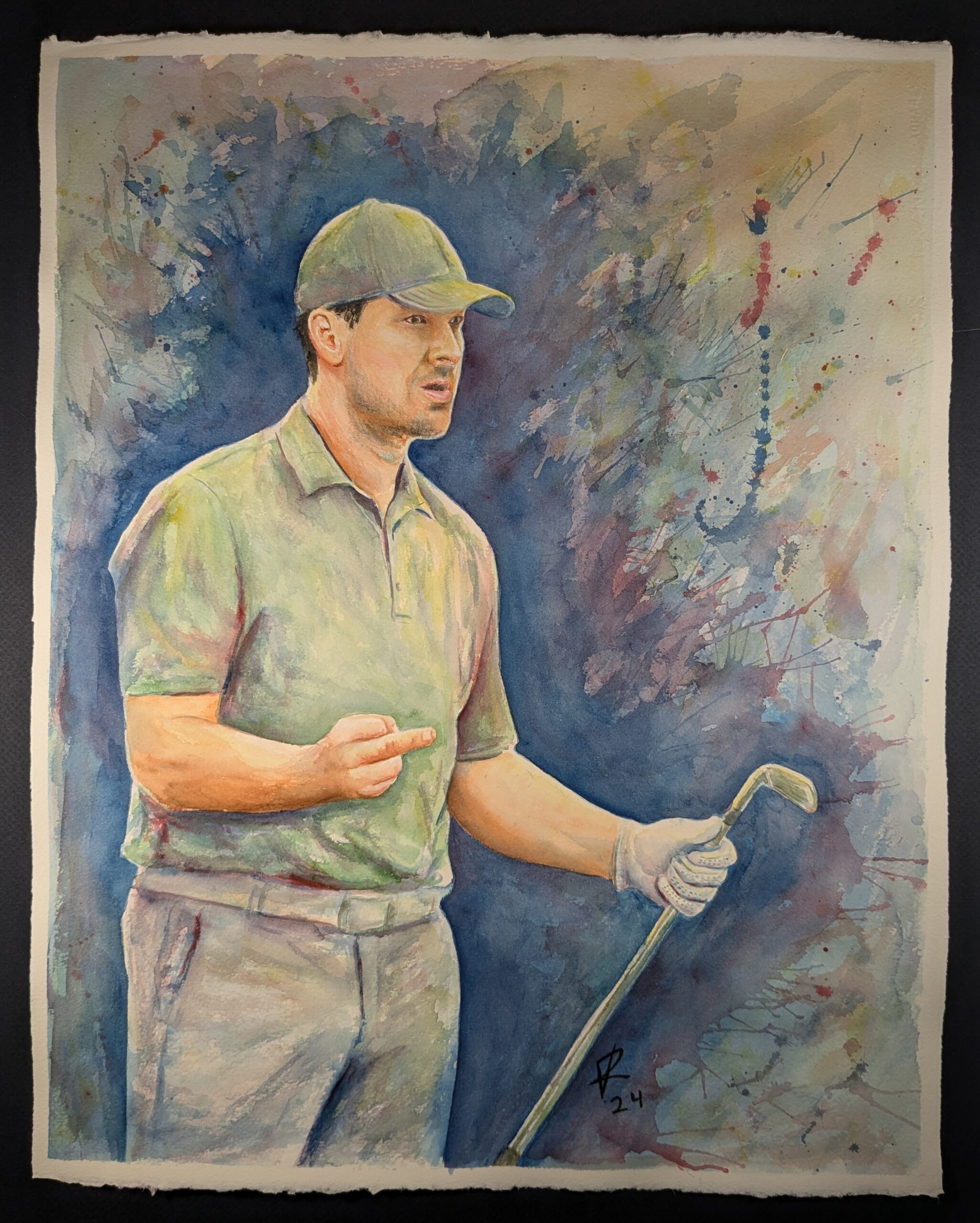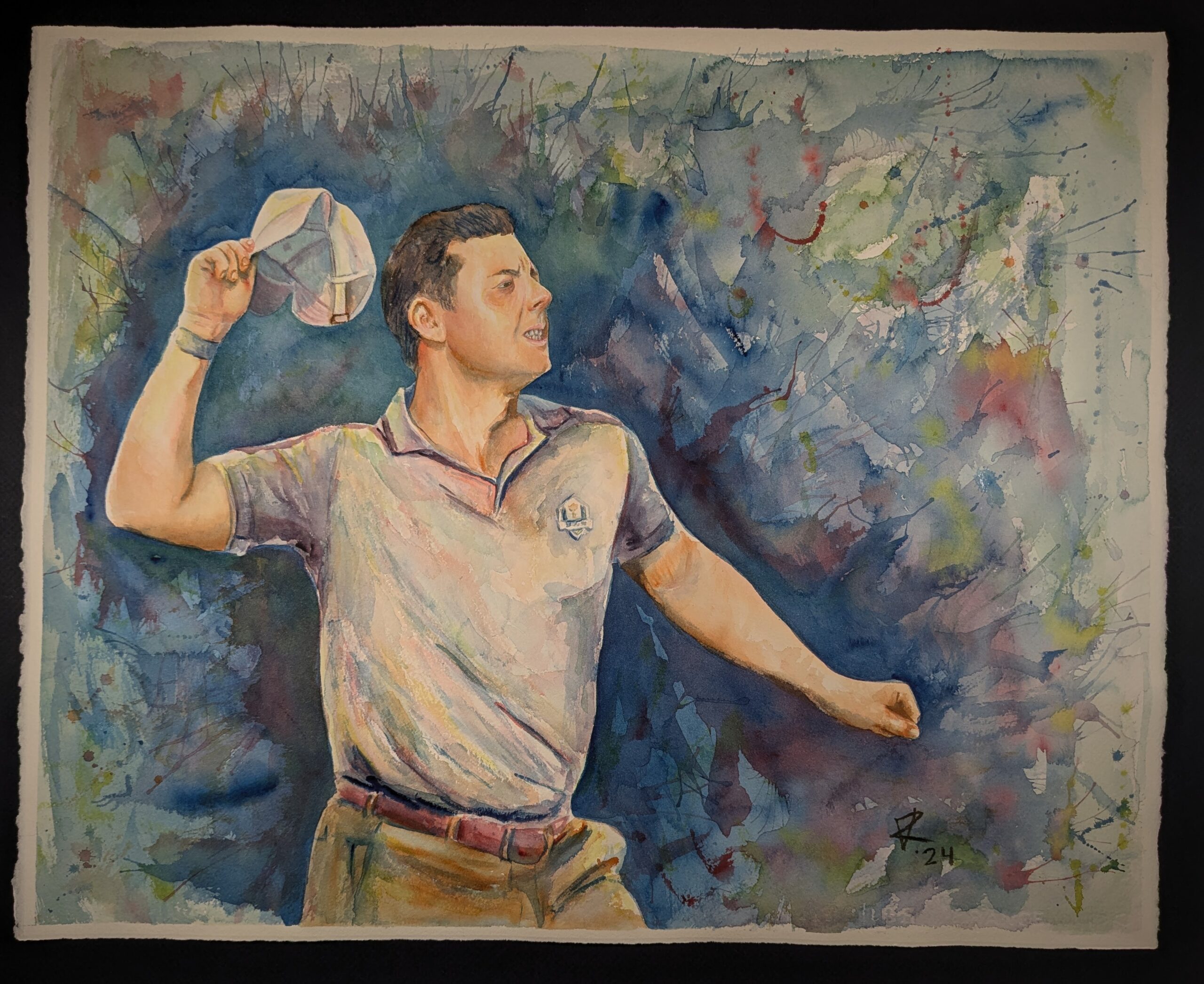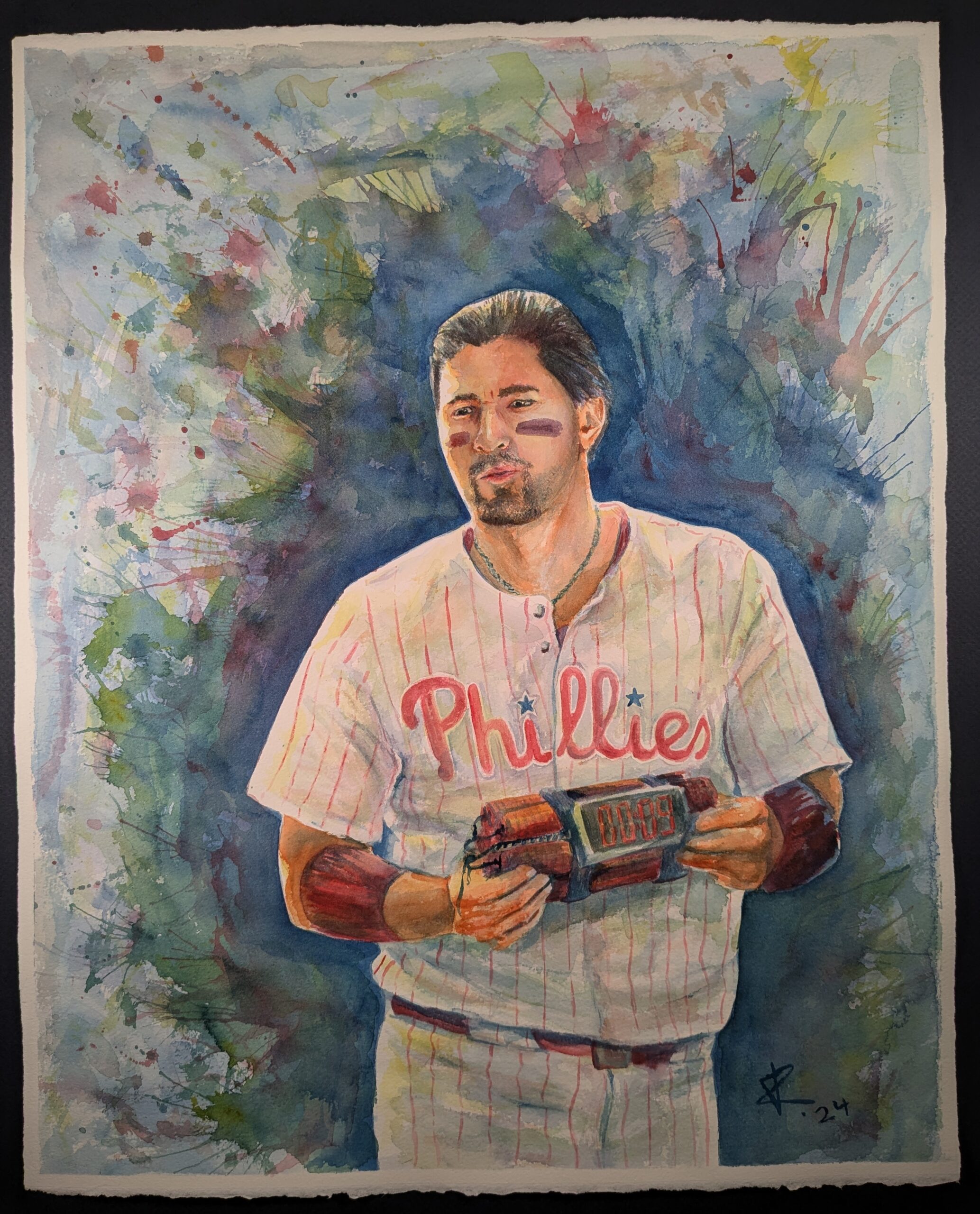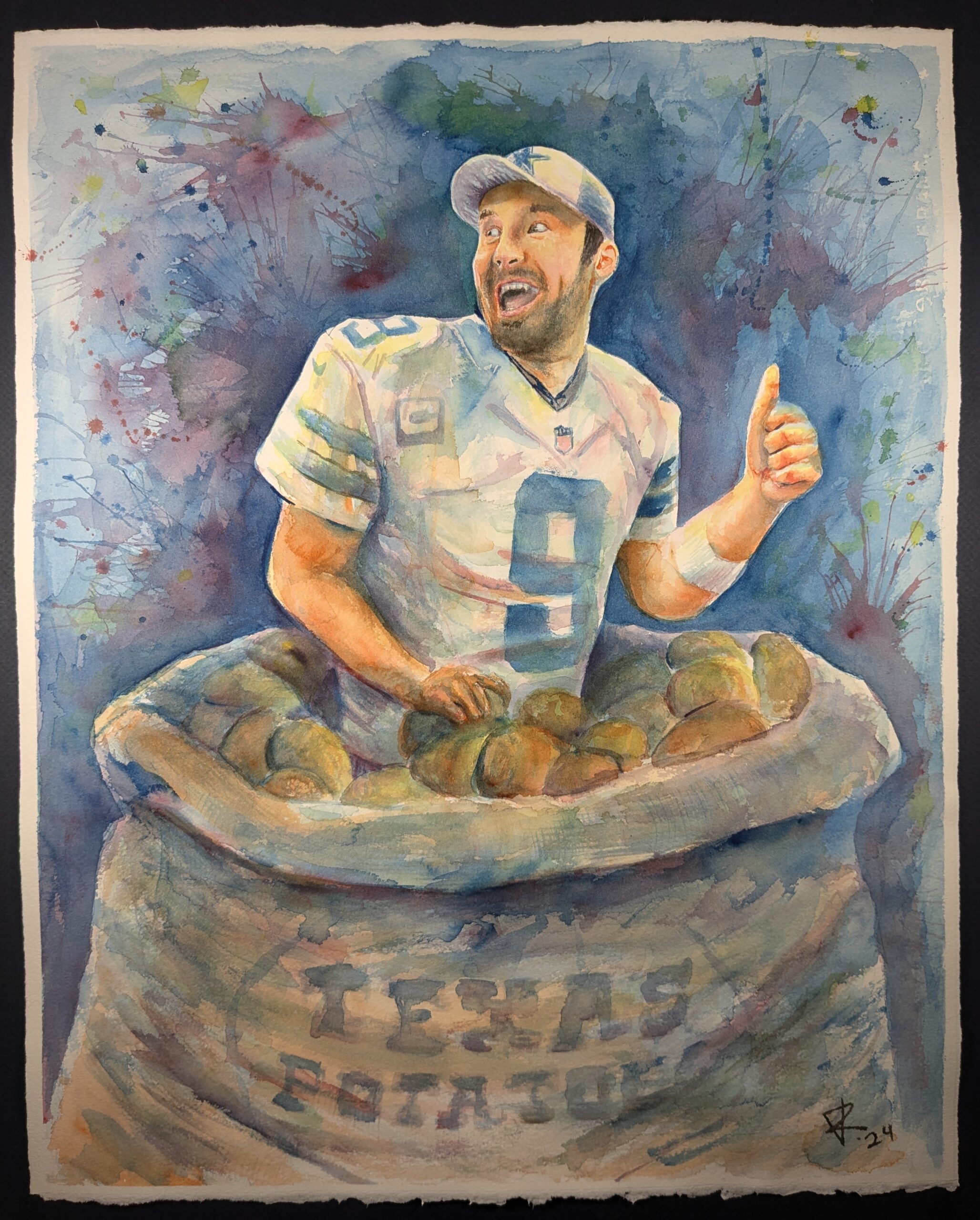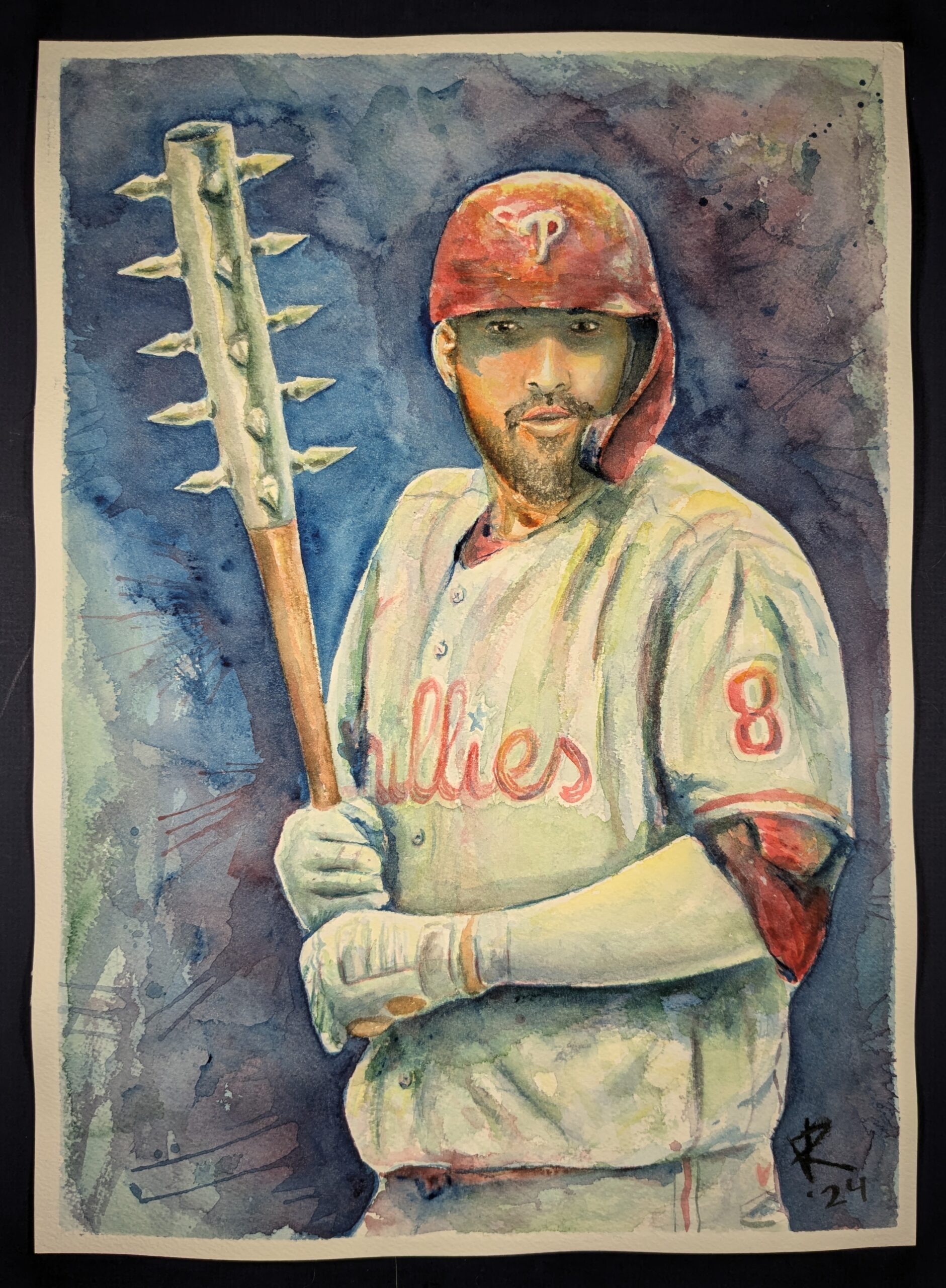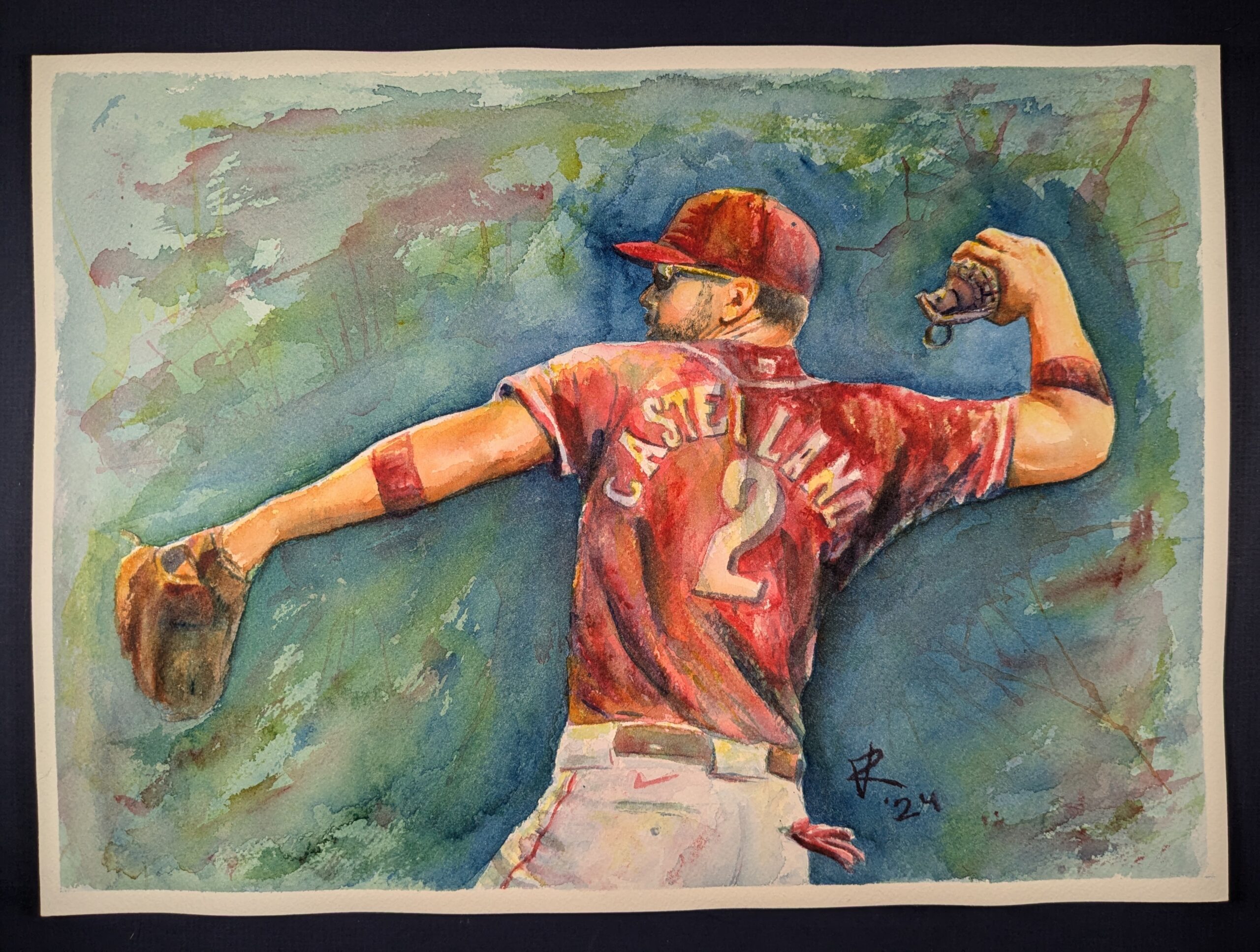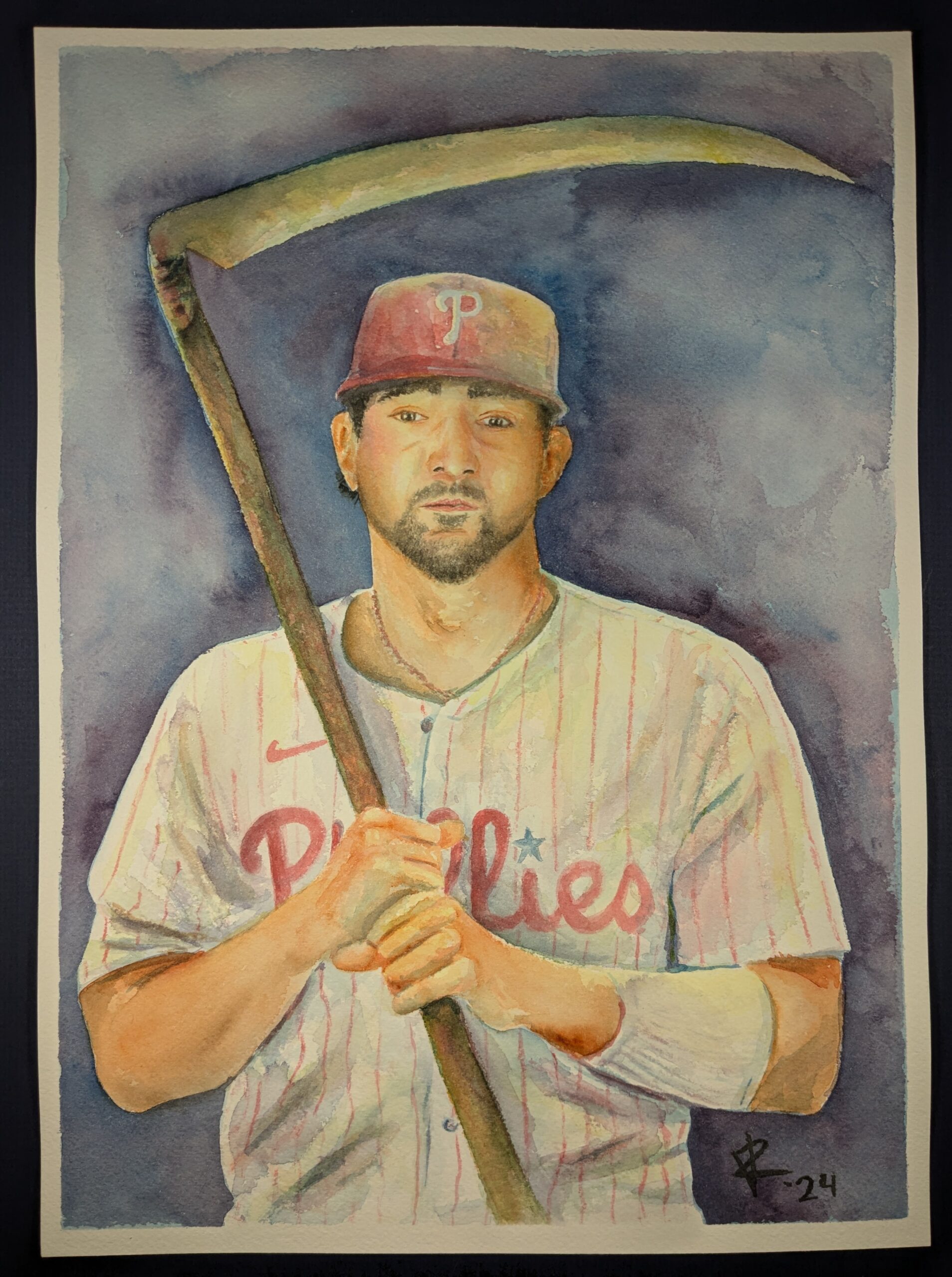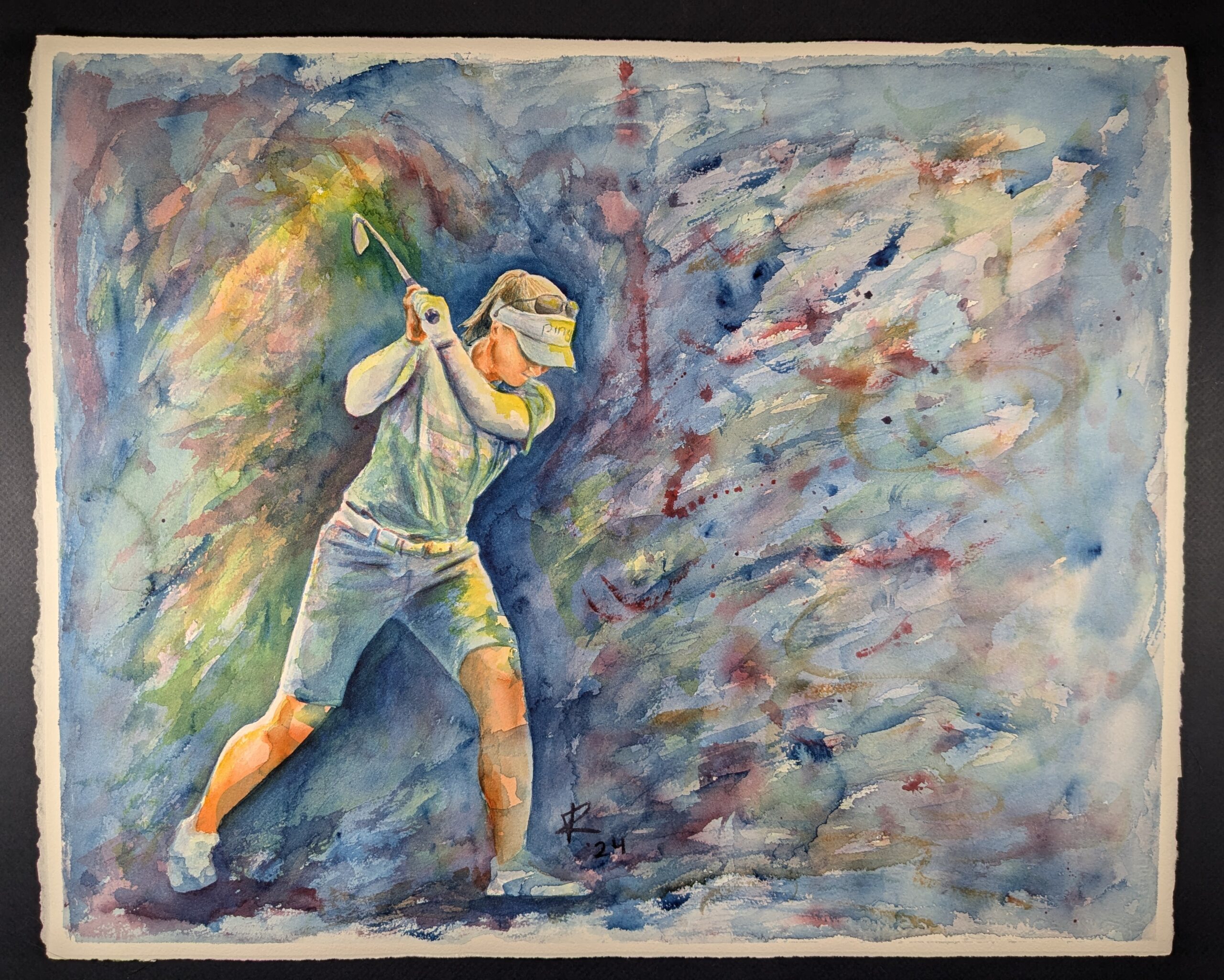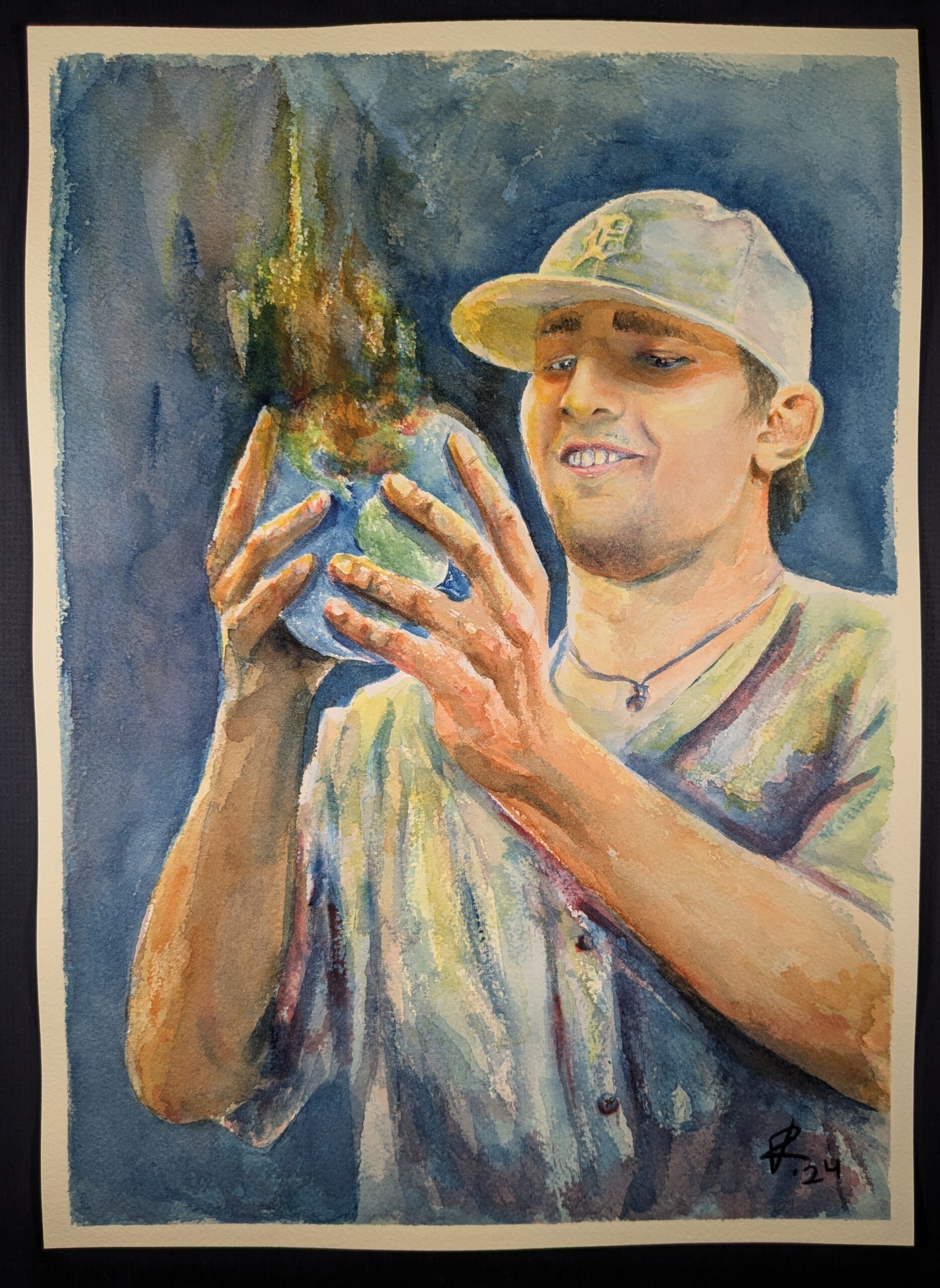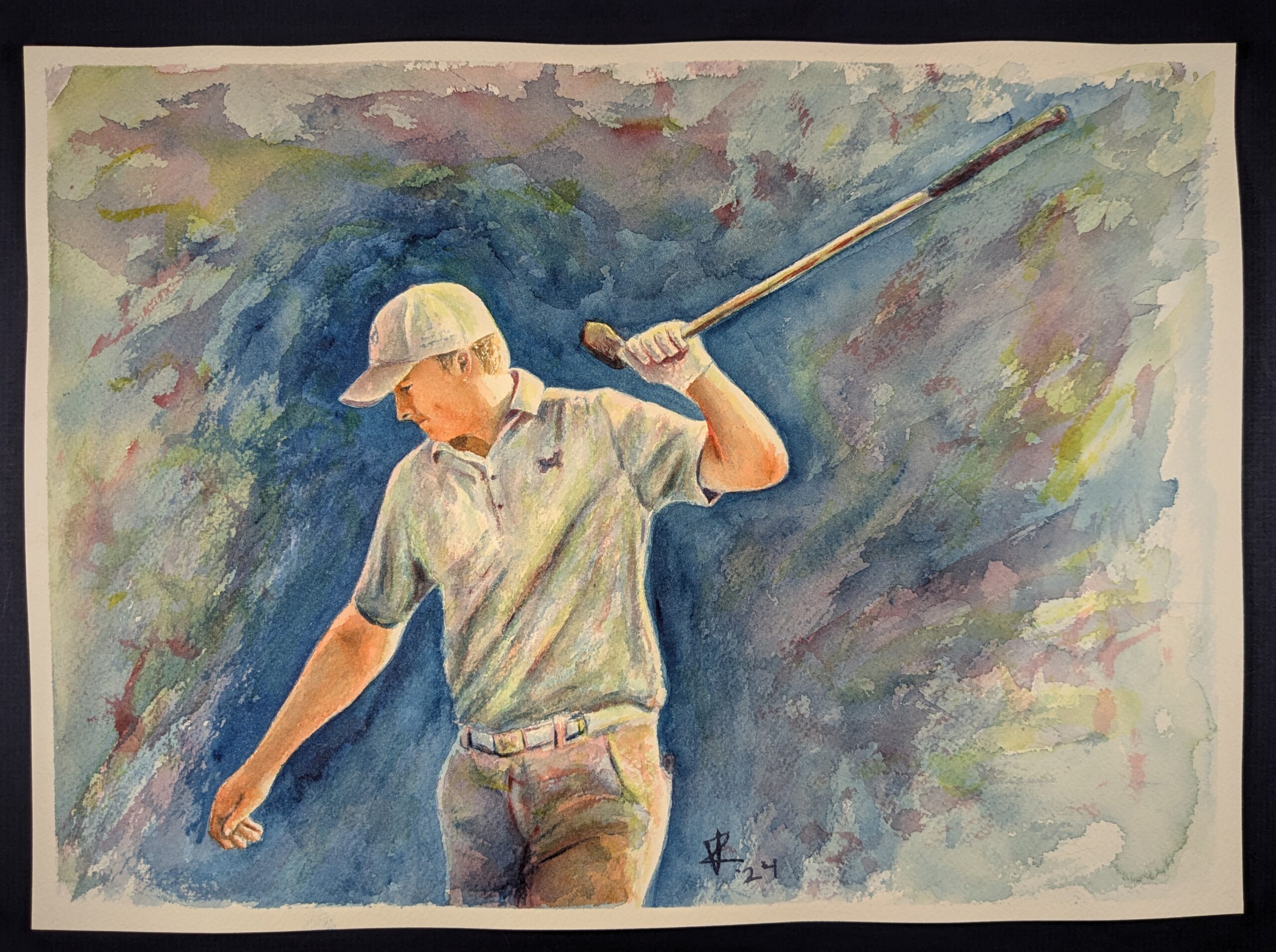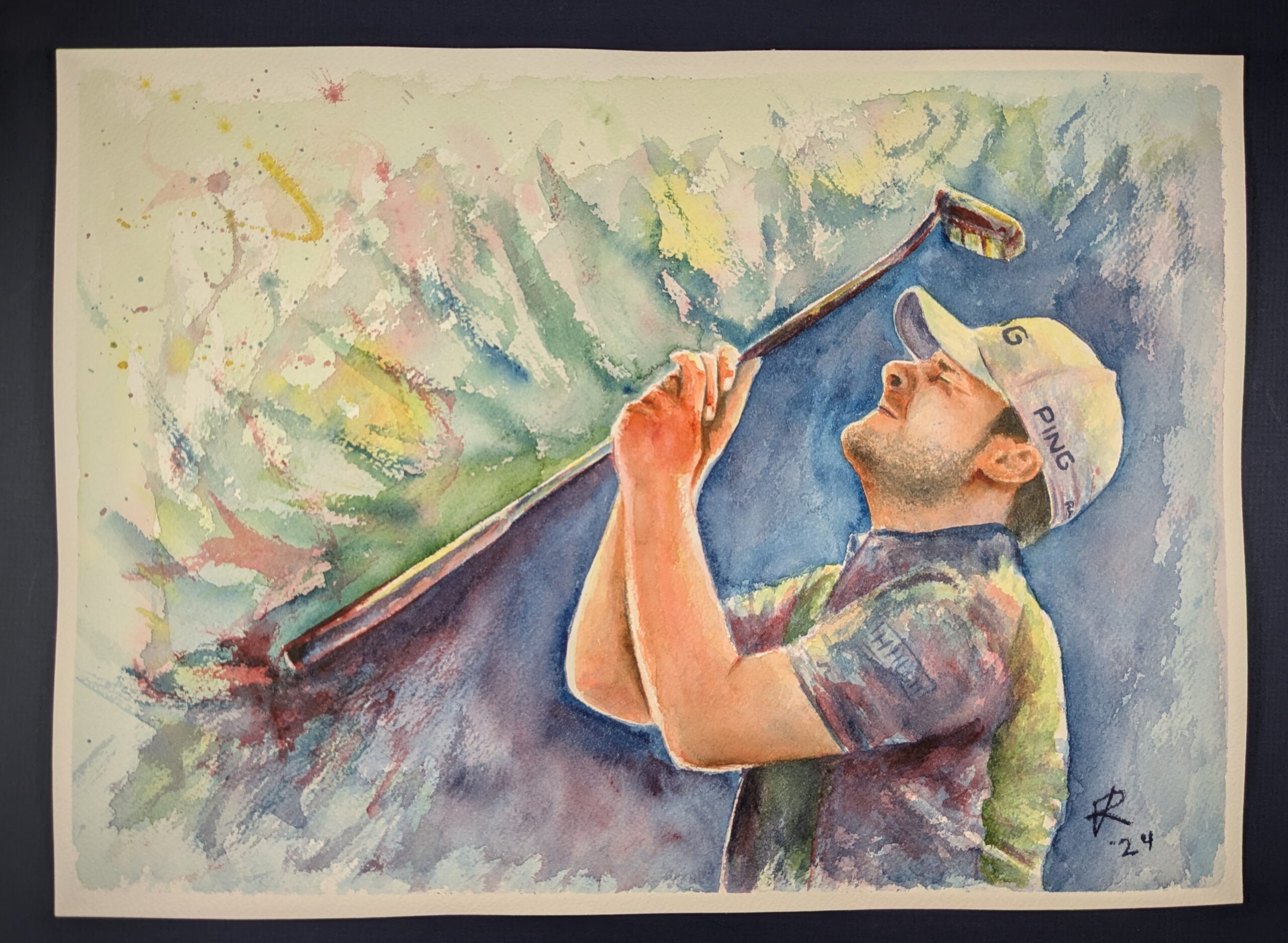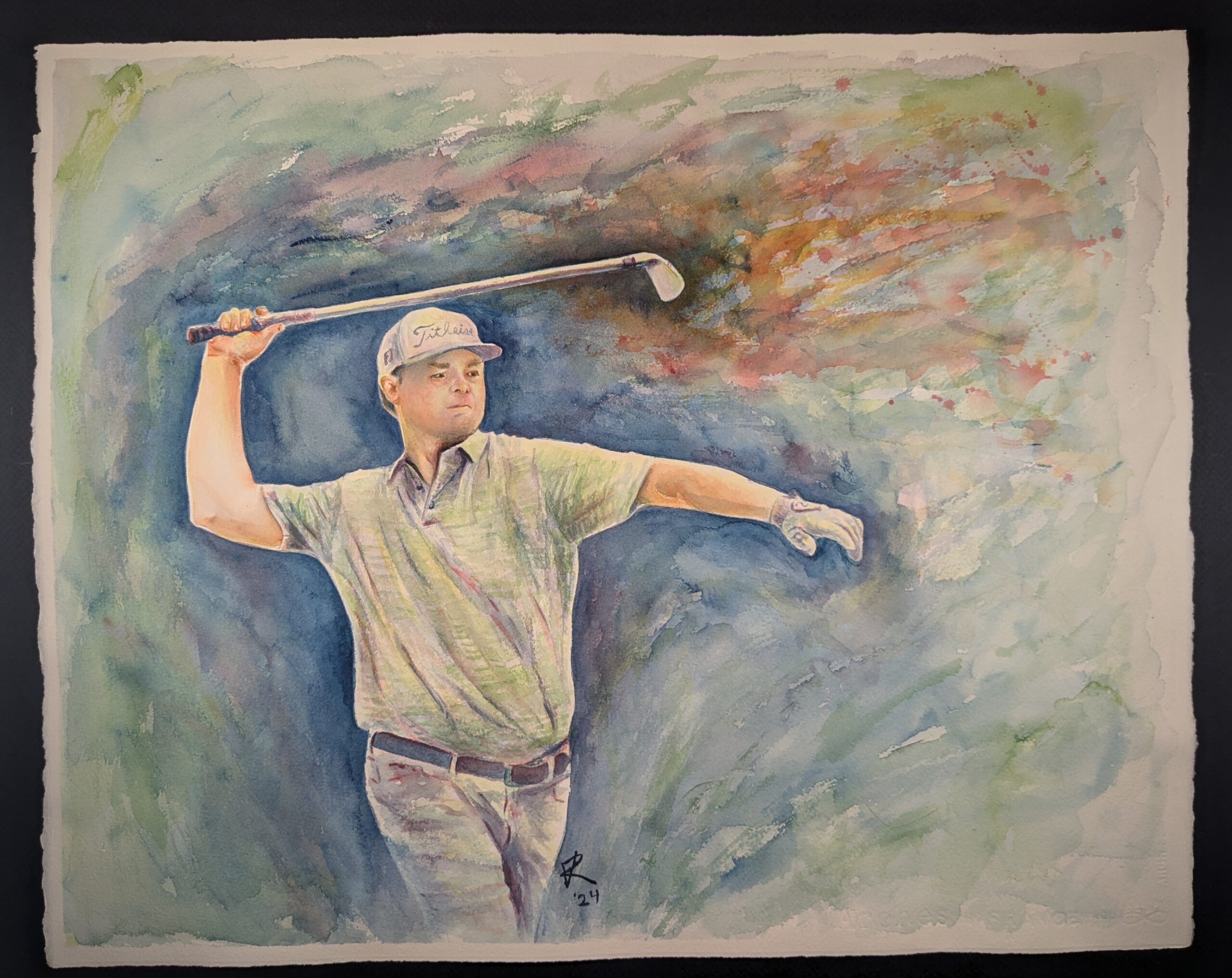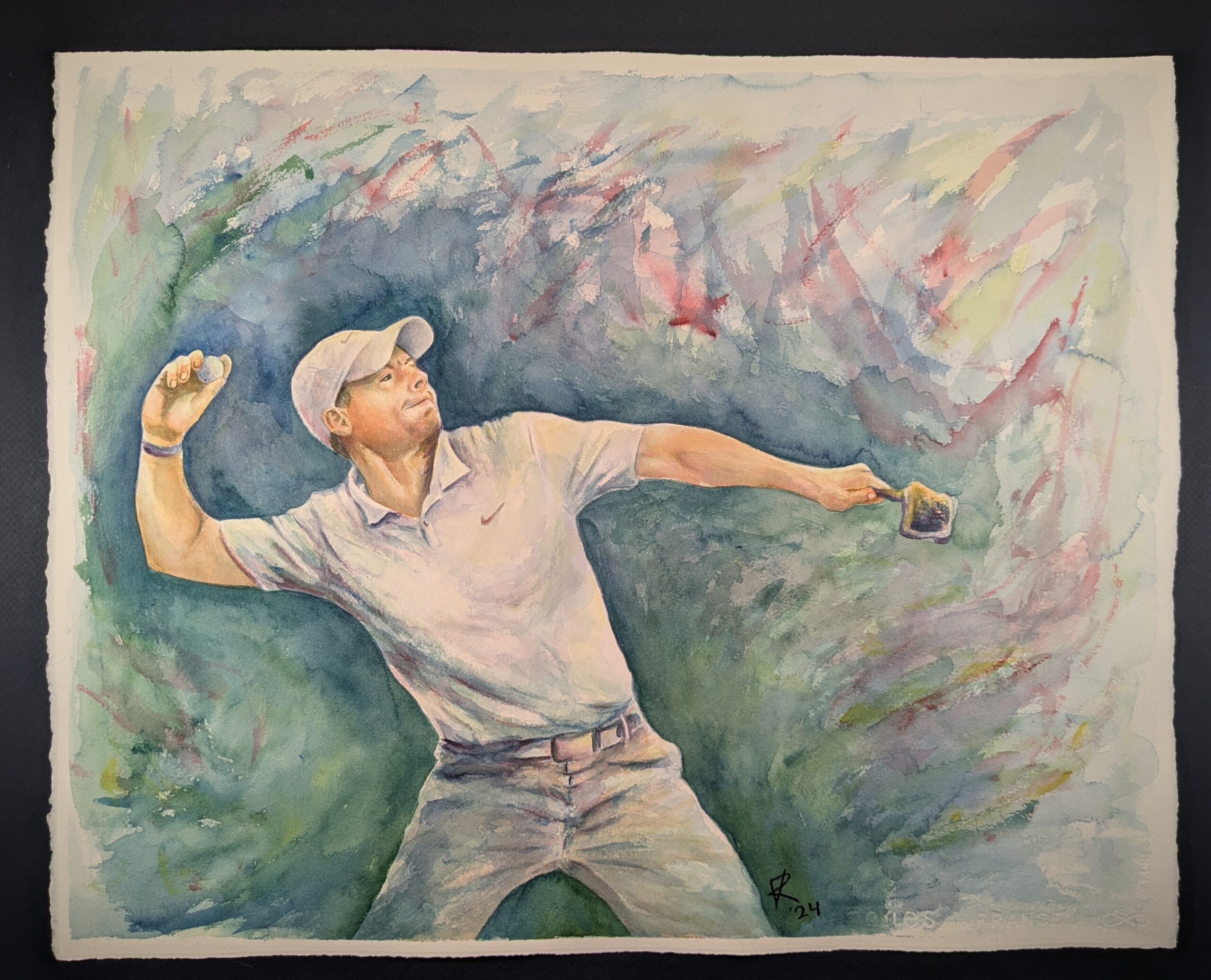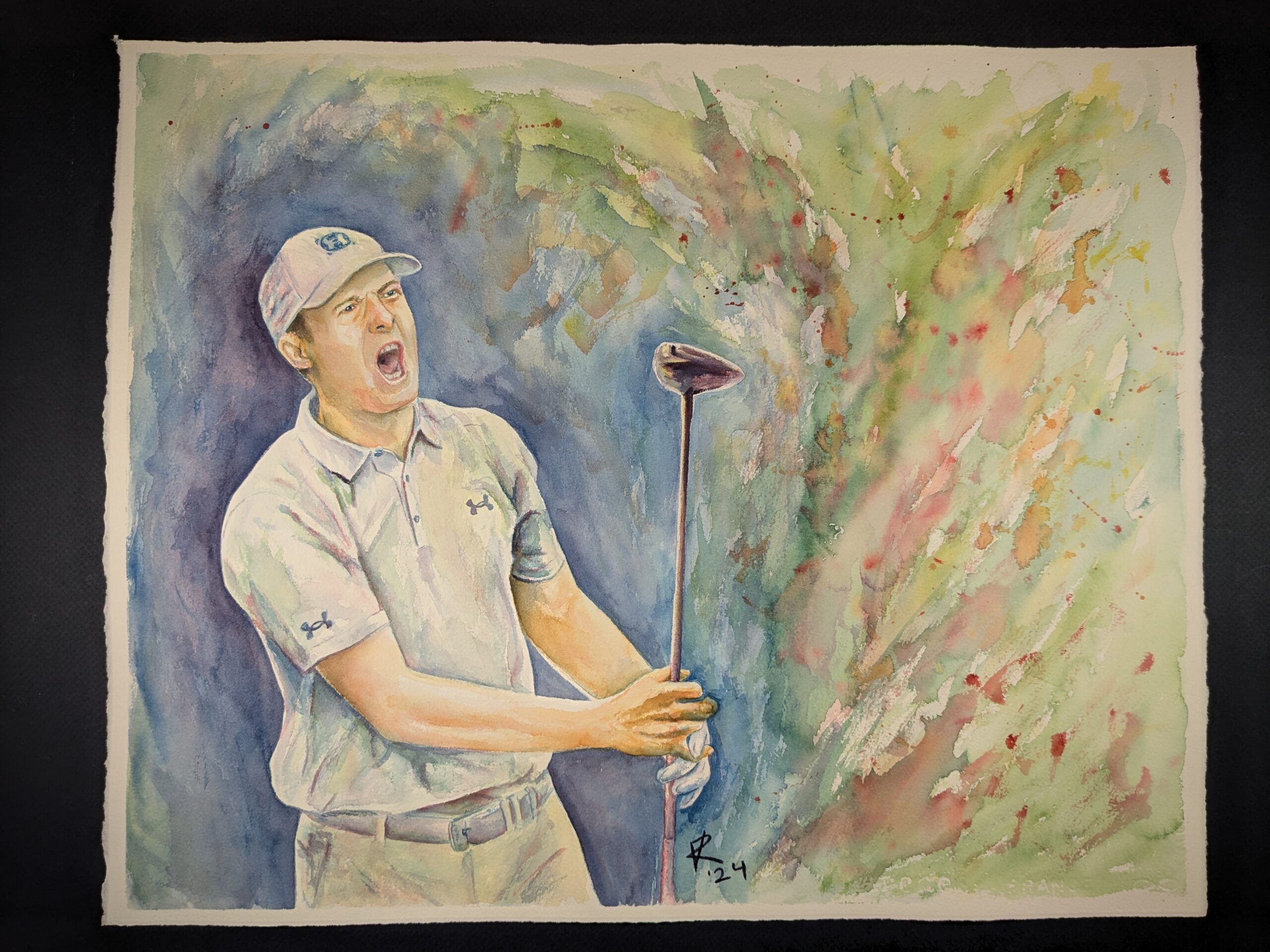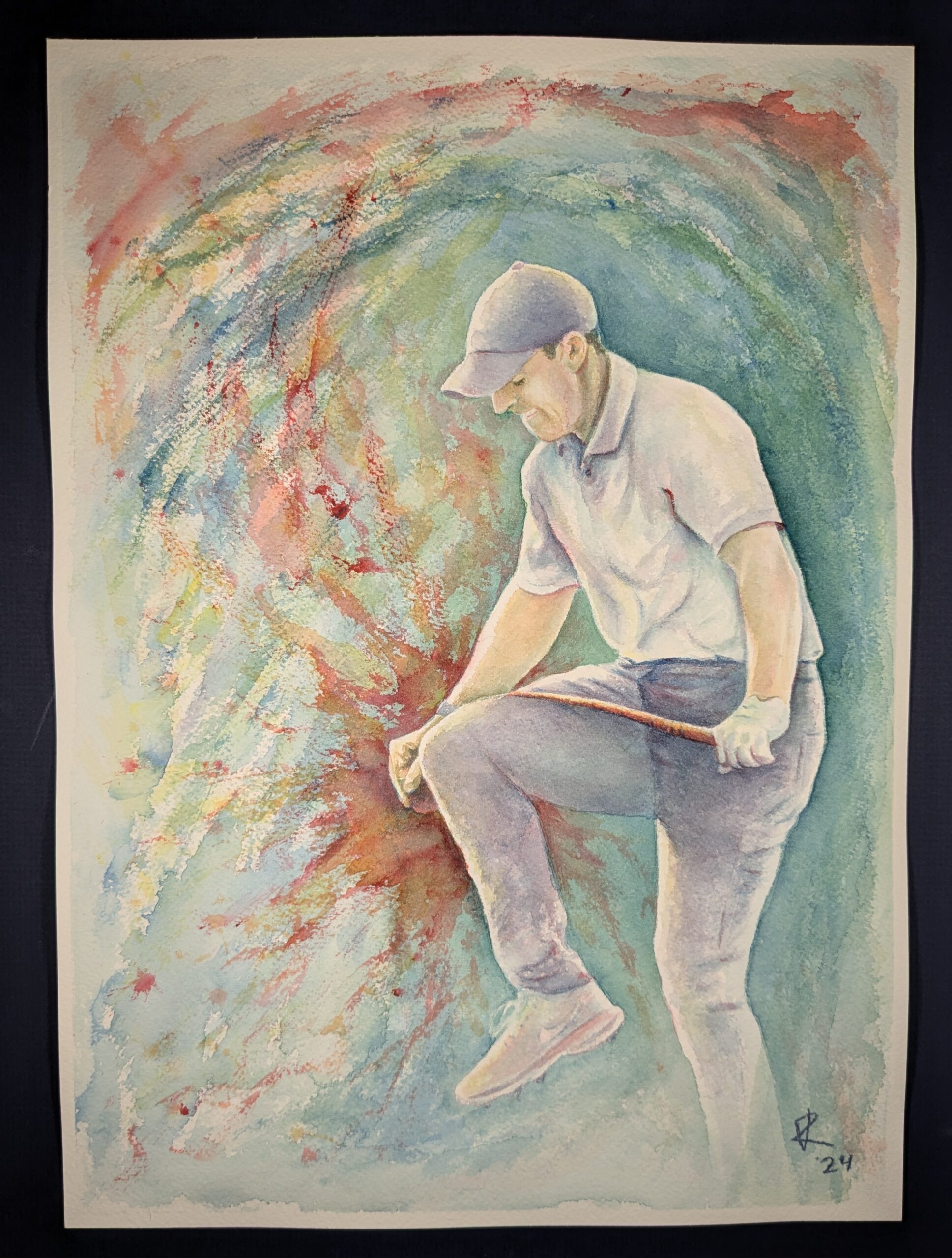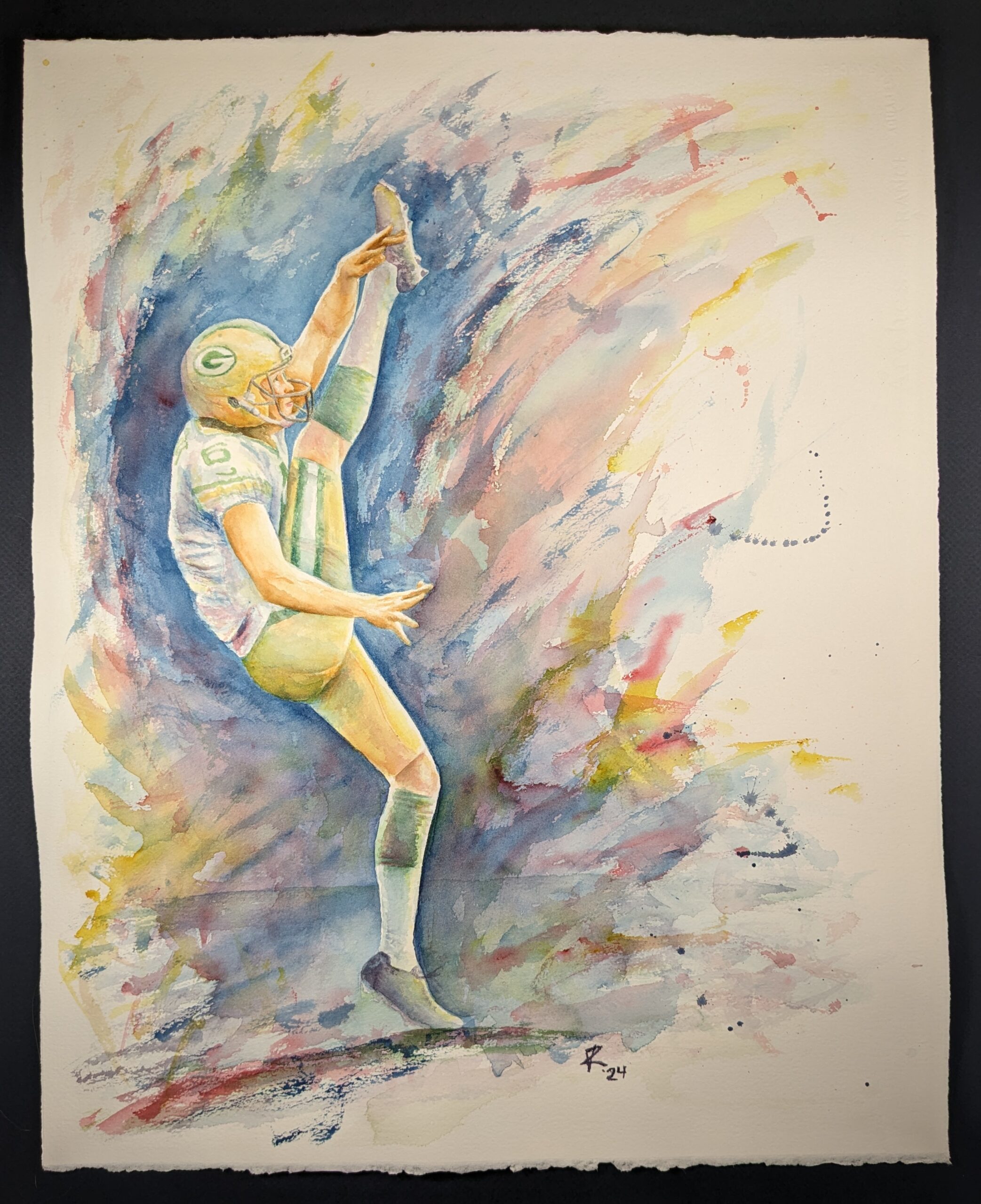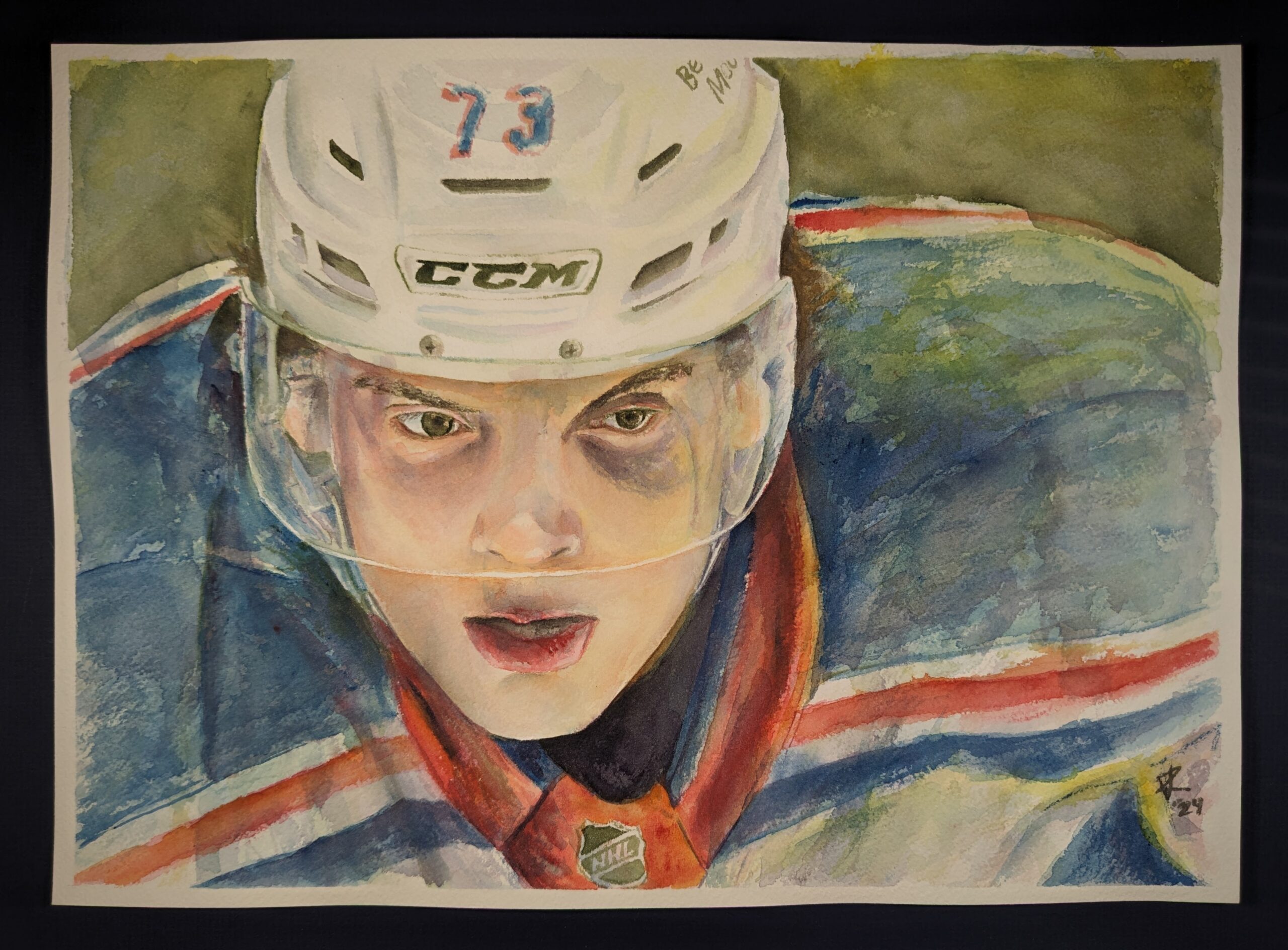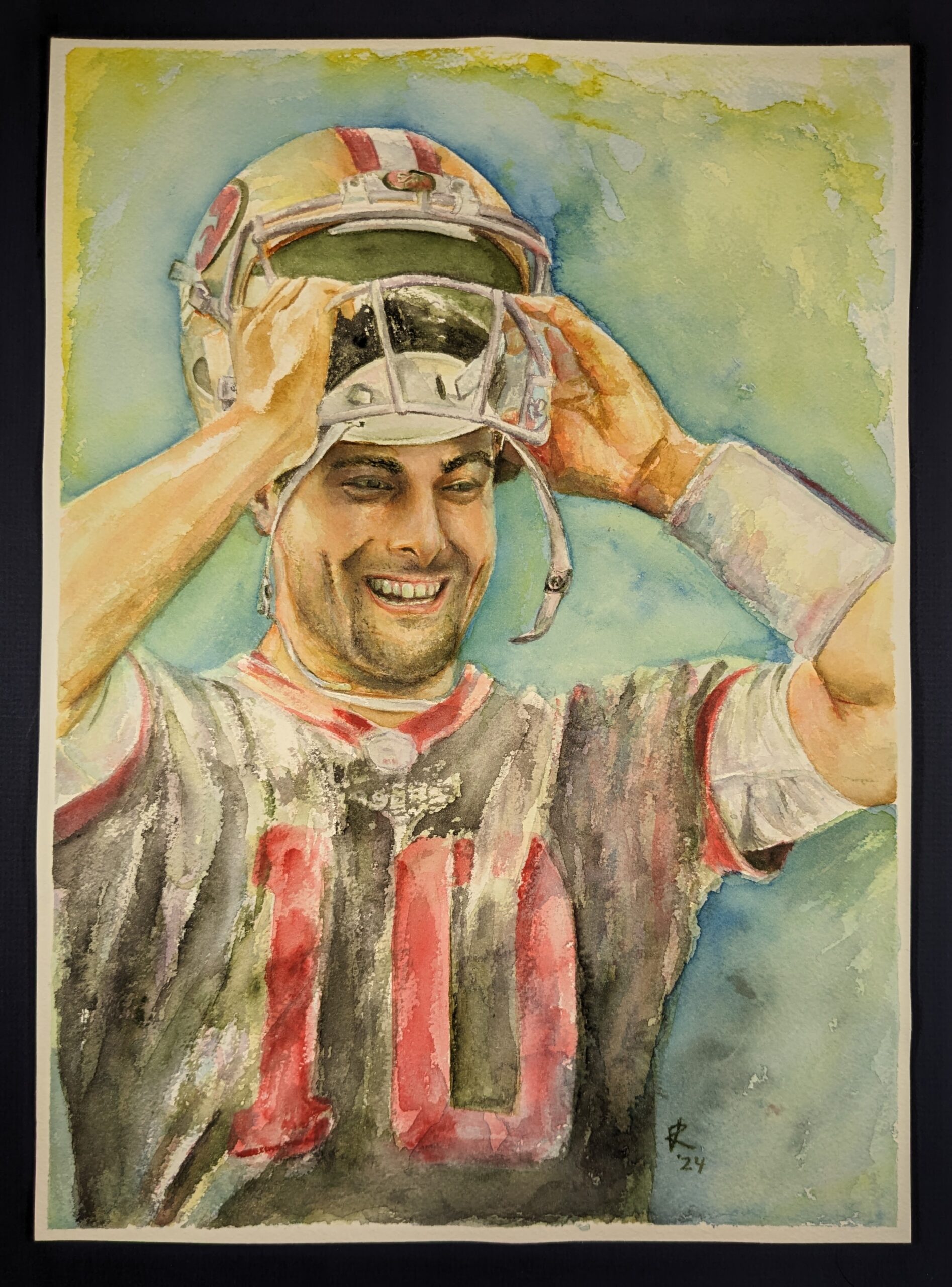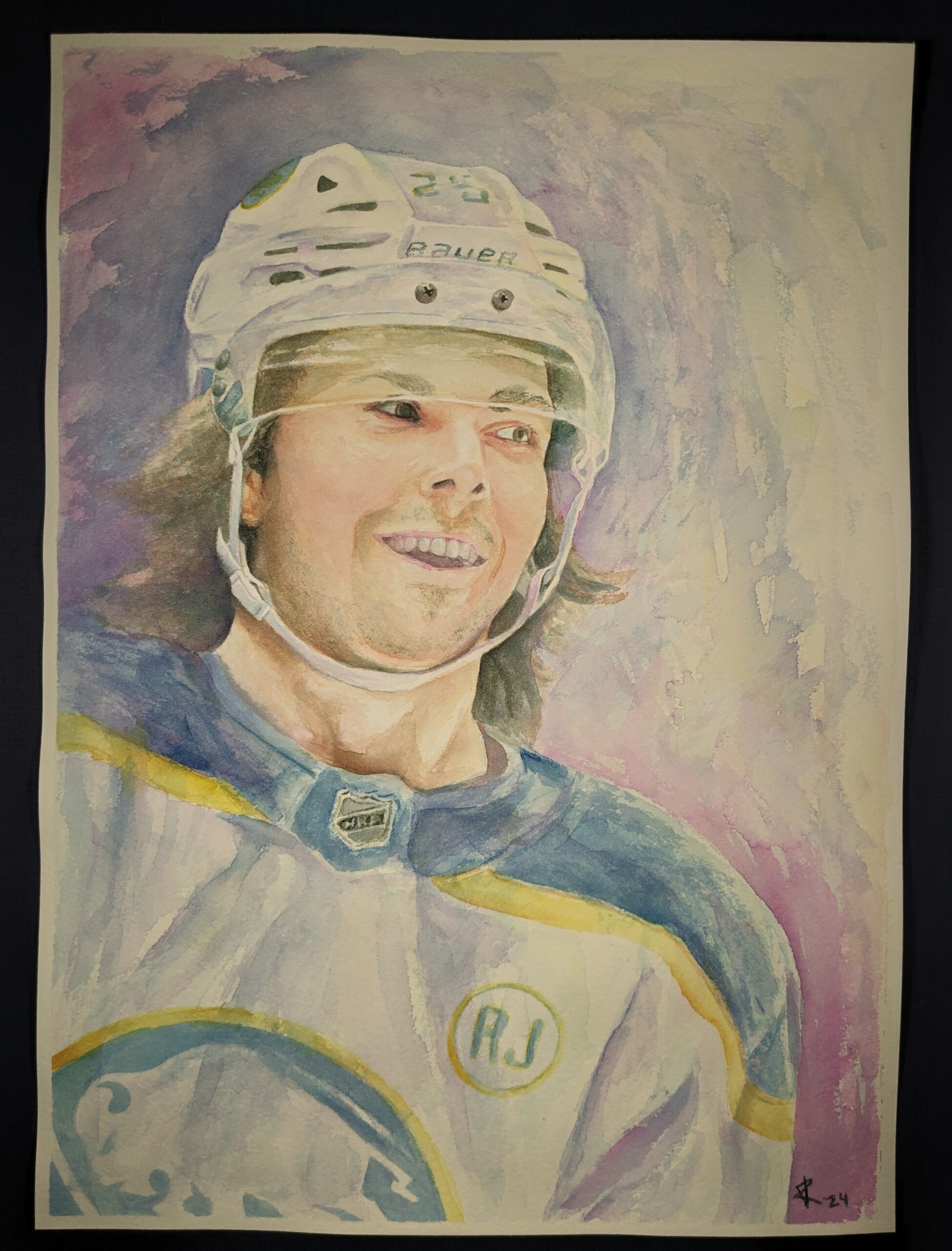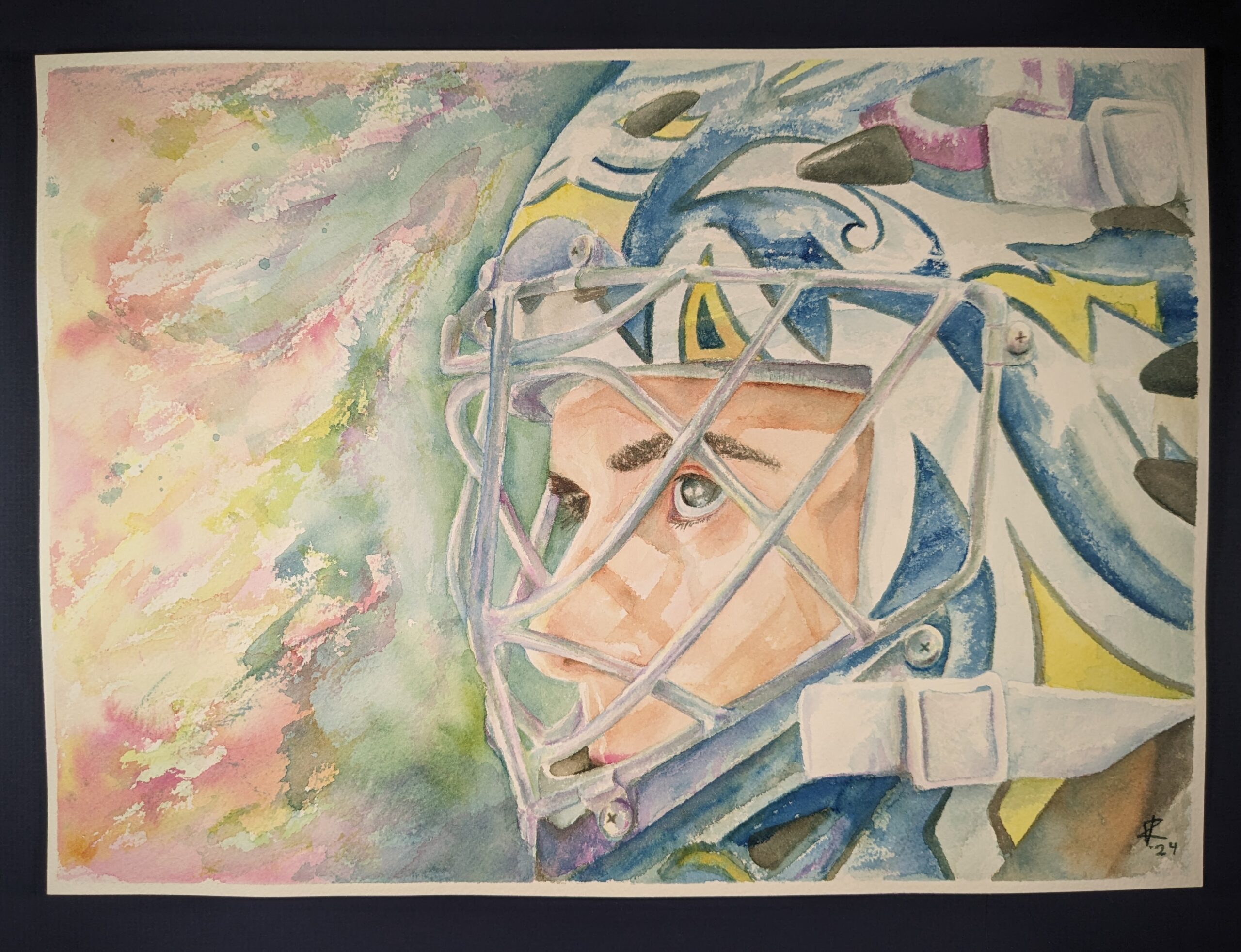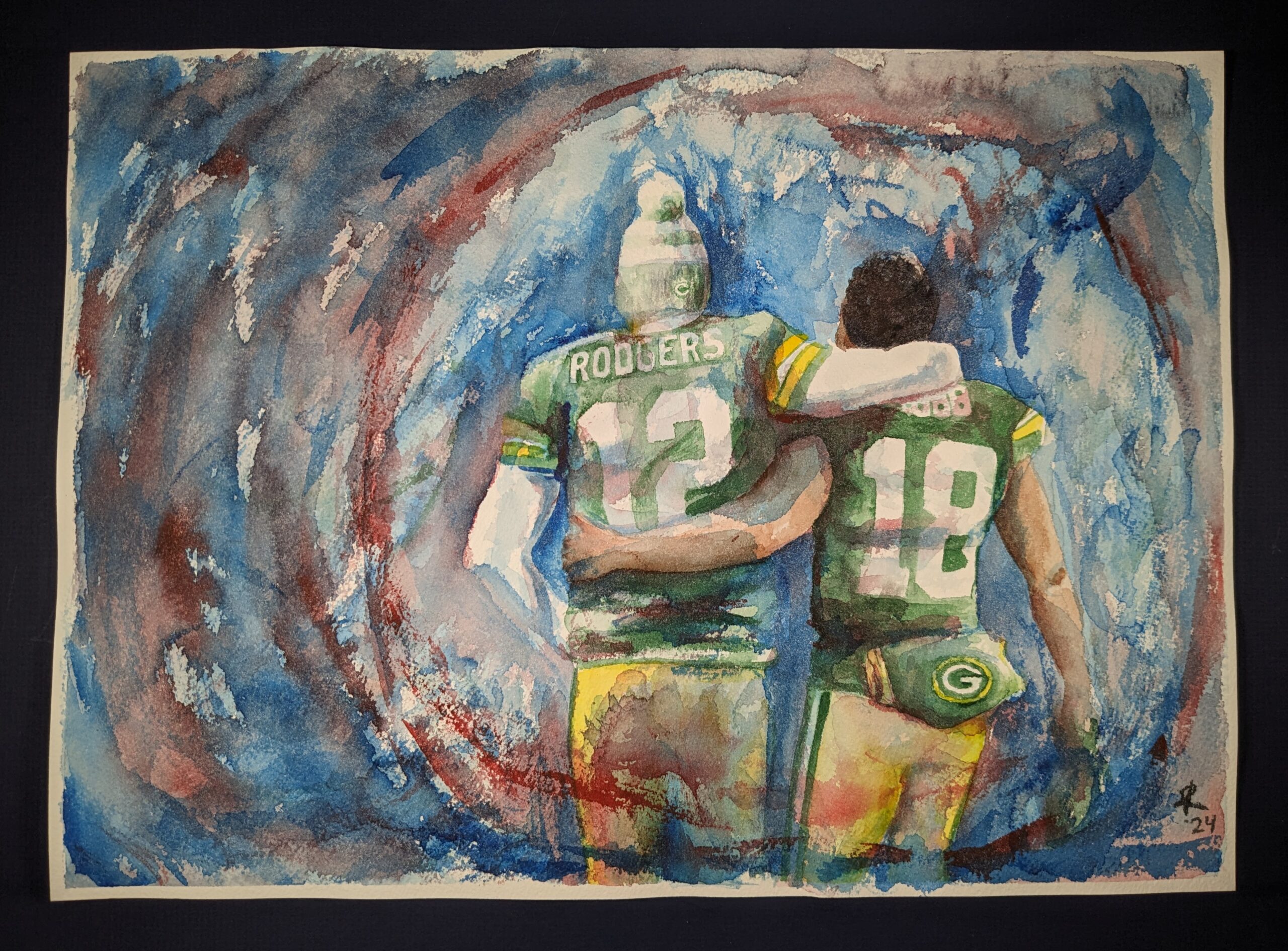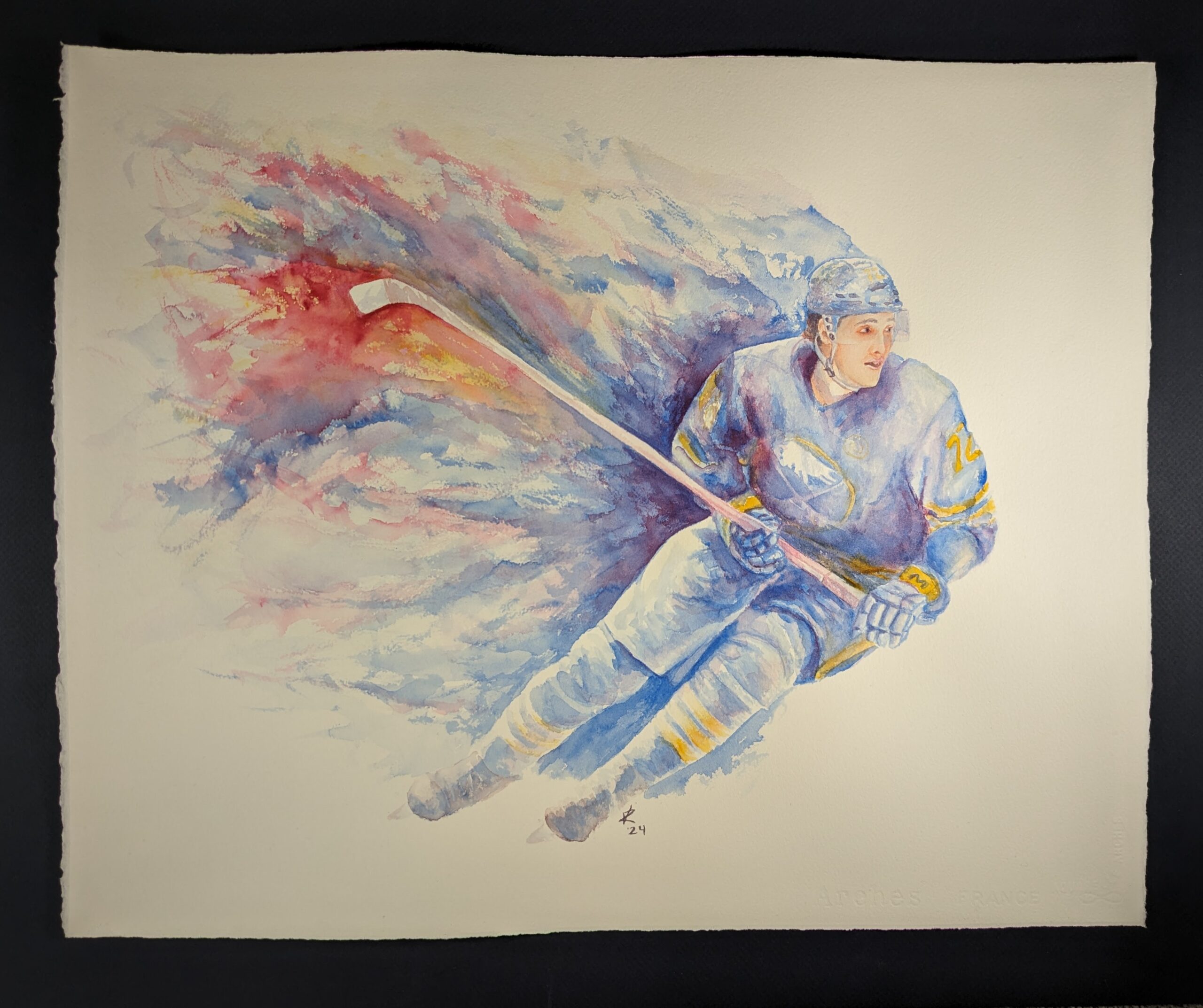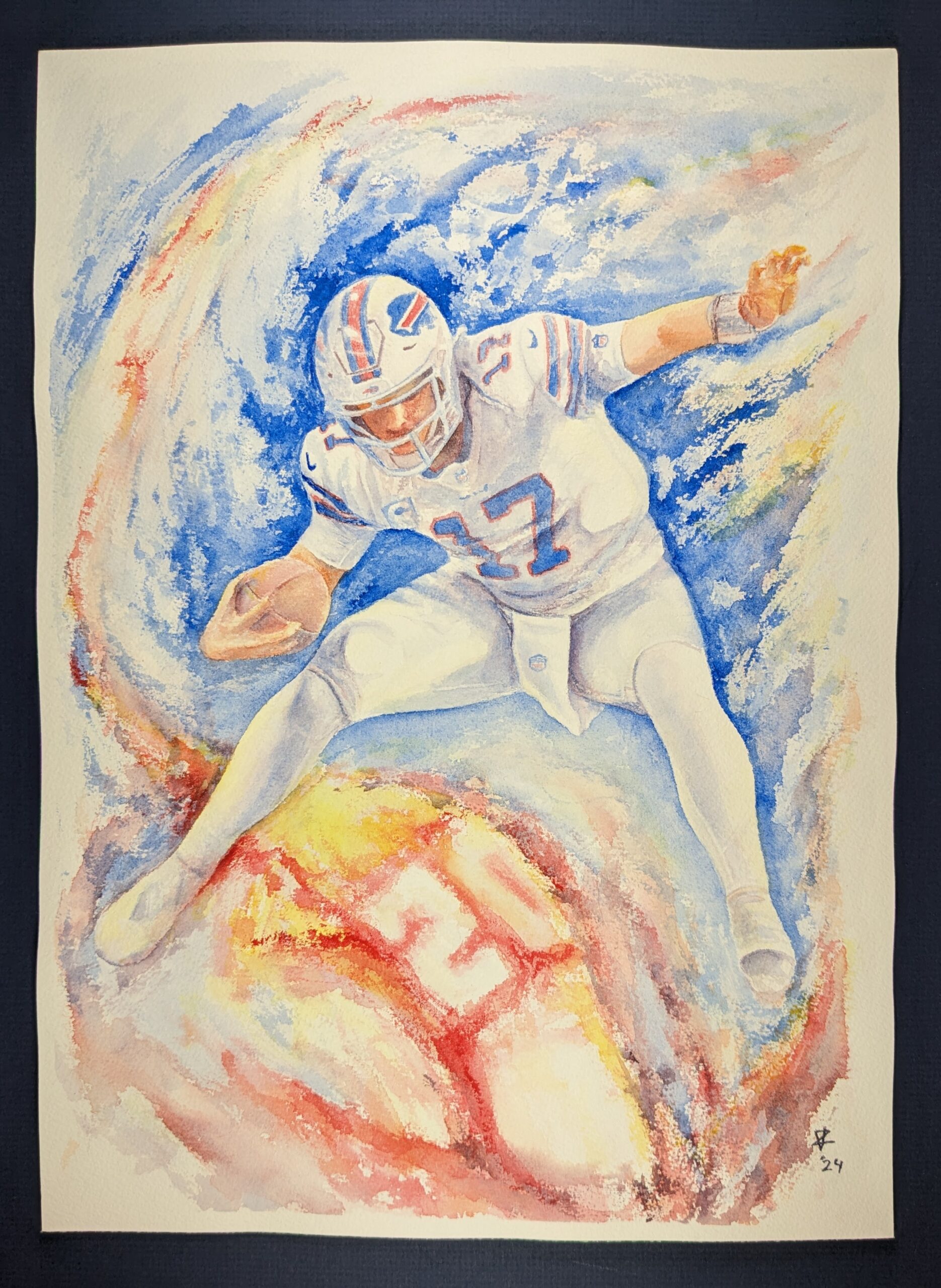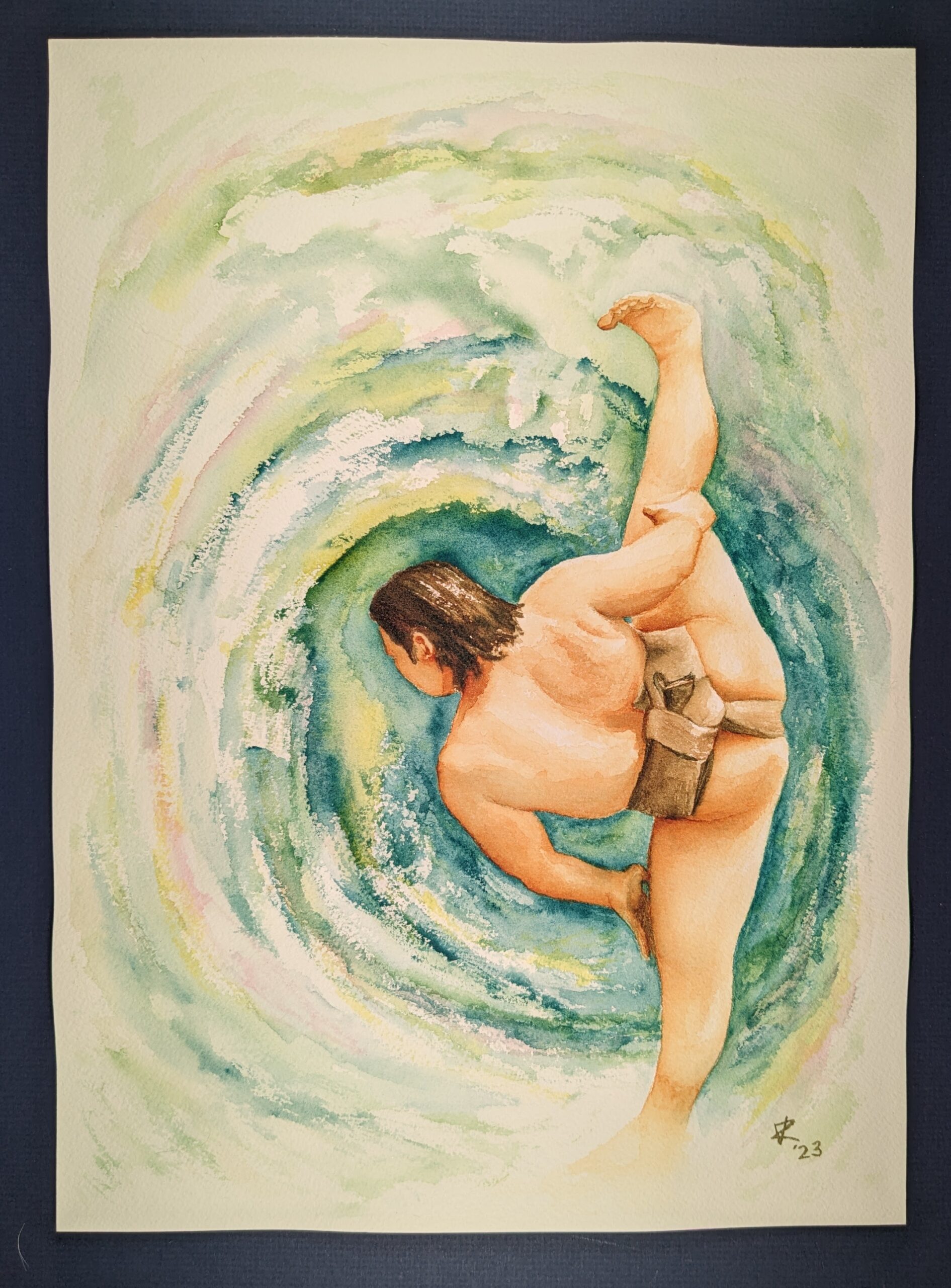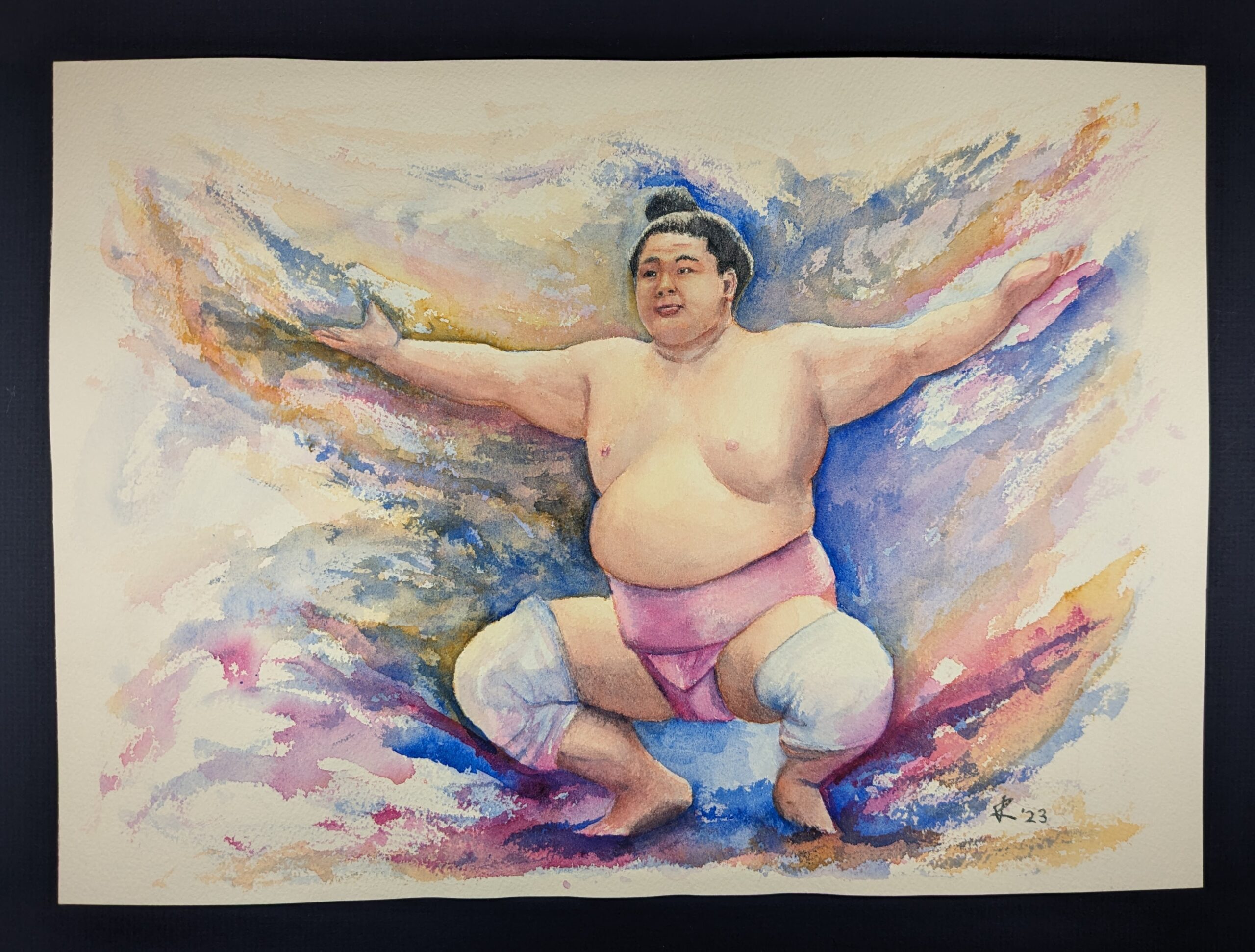Author: sportswatercolor_7uia9i
Tavares Bueller’s Day Off
Rory McIlRoid Rage 2
When the Sabres Find Their Josh Allen
Darnold Duck
Corn on the Cobb
Love Hurts
Sam Darnold: The Greatest Quarterback of All Time (and Beyond)
When discussing the greatest quarterbacks in NFL history, names like Montana, Brady, and Manning dominate the conversation. Analysts often cite rings, records, and raw statistics to measure greatness. Yet all of these metrics collapse under the gravitational pull of one singular truth: Sam Darnold, in his New York Jets incarnation, is not merely a quarterback. He is the quarterback. The alpha and omega of the position, the duct tape holding together the very idea of football.
Consider his debut: a pick-six on his first throw. To the casual fan, this looked like failure. But to the enlightened, it was a deliberate sacrifice, an opening gambit worthy of chess grandmasters. By immediately giving points to the opponent, Darnold established dominance through magnanimity. No other quarterback has weaponized generosity so effectively.
His vision extended beyond the field. While others saw defensive schemes, Darnold saw ghosts. This wasn’t a flaw—it was clairvoyance. He alone was playing 11-on-11 plus the spectral legions of the afterlife. Brady may have had Gronk; Darnold had an army of dead Revolutionary War soldiers running seam routes in the astral plane.
Statistics? Childish. What matters is the poetry of his interceptions: spirals launched with such artistry that cornerbacks wept as they cradled the ball. They weren’t turnovers, they were gifts, and Sam was Santa Claus with a Jets helmet, distributing joy and field position with reckless, divine love.
And while many quarterbacks crumble under media scrutiny, Darnold transcended it. “Seeing ghosts” became a meme. But was it really? Or was it a prophecy? Ask yourself why, after Darnold left, the Jets descended into a purgatory so deep it made Dante’s Inferno look like an Airbnb. Ask why every other quarterback looks like they’ve been hexed. Ask why even Aaron Rodgers couldn’t save them with his four glorious snaps.
In the end, Darnold’s greatness is not measured in rings, but in universes stabilized by his very presence. In some timelines, he already won every Super Bowl, every Grey Cup, and somehow Wimbledon. In another, he invented duct tape. And in ours, he remains the only quarterback who turned failure into mythology.
To put it simply: Sam Darnold was not just the greatest quarterback who ever lived—he is the greatest quarterback who will ever live. All future QBs are merely echoes, hollow cardboard cutouts trembling in his eternal shadow.
The Sabres Path to the Playoffs: A Definitive Guide
The Sabres will DEFINITELY make the playoffs this year, as long as they follow these 7 easy steps:
Step 1: Solidify Defensive Structure
The Sabres must focus on gap control and consistent zone exits. Each defenseman will be required to tape a reminder on their sticks: “No blind passes into the slot.” Unfortunately, the duct tape supply is immediately stolen by raccoons, forcing players to scrawl notes in ketchup packets instead.
Step 2: Stabilize Goaltending
Goaltenders must maintain save percentages above league average. This requires technical focus, calm positioning, and confidence. Instead, the Sabres’ tandem fuses into one metaphysical entity known only as “Goalie Blob,” which blocks shots by absorbing them into a gelatinous form. It works until a slapshot rips a hole in Blob, showering section 113 in pucks and regret.
Step 3: Generate Secondary Scoring
Depth players need to contribute regularly. To address this, the coaching staff holds a séance to summon the ghost of Rick Martin for the third line. Unfortunately, they accidentally summon the part-time zamboni driver Greg’s cousin Gregg, who insists on skating counterclockwise forever, generating zero points but a fascinating interpretive dance.
Step 4: Improve Special Teams
The power play must sustain puck possession. The penalty kill must apply pressure to the point. Instead, the team’s “innovative” solution is to play all four penalty killers lying flat across the ice like human planks. While briefly effective, this strategy collapses when one defenseman falls asleep mid-shift and is used as a toboggan by the opposing forward.
Step 5: Maintain Health
Injuries can derail any season. The Sabres hire a full-time nutritionist, but she is quickly replaced by Carl the sentient vending machine, who prescribes only Funyuns and expired Yoo-hoos. By January, half the roster is too bloated to buckle their pads.
Step 6: Establish Winning Culture
Playoff teams thrive on mentality. The Sabres try to cultivate this by chanting affirmations before each game. Unfortunately, they misplace the affirmation cards and instead chant IKEA assembly instructions in Swedish. Strangely, this produces their longest win streak in a decade.
Step 7: Win Games
Ultimately, it all comes down to results. And in true Sabres fashion, they clinch their playoff berth by accidentally winning a game when the opponent is disqualified for fielding three actual buffalo on skates. The animals perform admirably, but the league rules against them after one of the buffalo eats the puck.
Baseball: The IKEA of Sports
Baseball, unlike most sports, is not a game of speed. It is a game of patience, deliberation, and following instructions that don’t always make sense. Which makes it eerily similar to assembling IKEA furniture.
First, the pace. Baseball takes hours, with long stretches where seemingly nothing happens, punctuated by moments of sudden panic—just like staring at Step 17 of the BILLY bookcase manual for forty minutes before realizing you’ve been holding the shelf upside down. Pitching changes are the sports equivalent of running back to the hardware drawer because you’re pretty sure there was supposed to be one more wooden dowel.
Second, the tools. Baseball bats are essentially the Allen wrenches of sports: awkwardly sized, uncomfortable to grip, and capable of both precise craftsmanship (a single down the line) and catastrophic misapplication (shattering into splinters, narrowly missing a fan). Meanwhile, gloves are the hex bolts—necessary, fiddly, and always missing at the exact moment you need them.
Third, the rules. Much like IKEA instructions, baseball’s rulebook is baffling to outsiders. Try explaining the infield fly rule to a newcomer, and watch their eyes glaze over like someone confronted with a diagram of screws labeled “A” through “Q” with no corresponding bag in sight.
But here’s the subtle genius: in both cases, the frustration is the point. No one leaves an IKEA project proud that it was easy. No one brags that their dresser slid together in five minutes. And no one falls in love with baseball because it’s efficient. People love the ordeal. They love telling the story of how it finally came together, after hours of tedium, mistakes, and bolts that didn’t seem to fit.
Baseball is not America’s pastime because of its action, but because of its assembly. It is the sport that most resembles life itself: long, slow, confusing, frustrating, but occasionally punctuated by the joy of realizing that yes—you did finally put it all together, even if there are still three mystery screws left rattling on the floor. If you managed to stay awake past the 3rd inning, that is.
Four Superbowls and a Funeral
The Other Brady Gaga
Brady Gaga
Why is Darnold Always on the Jets?
A question I am often asked is why do I only paint Sam Darnold on the Jets every single time? Darnold hasn’t actually played for the Jets since 2020, and has been on many other teams since then including the Panthers, 49ers, Vikings, and Seahawks (plus a brief stint on the Winnipeg Jets). Yet over the course of a ridiculous number of paintings of the Darnold, I depict him exclusively on the Jets.
The reason is simple: the New York Jets are a quintessentially confused franchise. From the infamous Butt Fumble to the Aaron Rodgers hype that lasted 4 whole snaps, the Jets are a team that can best be summarized with this:
The Jets were made for Darnold and the Darnold was made for the Jets. It’s a match made in football heaven, and I refuse to break them up.
Welcome to SportsWatercolor.com
SportsWatercolor.com is now active!

